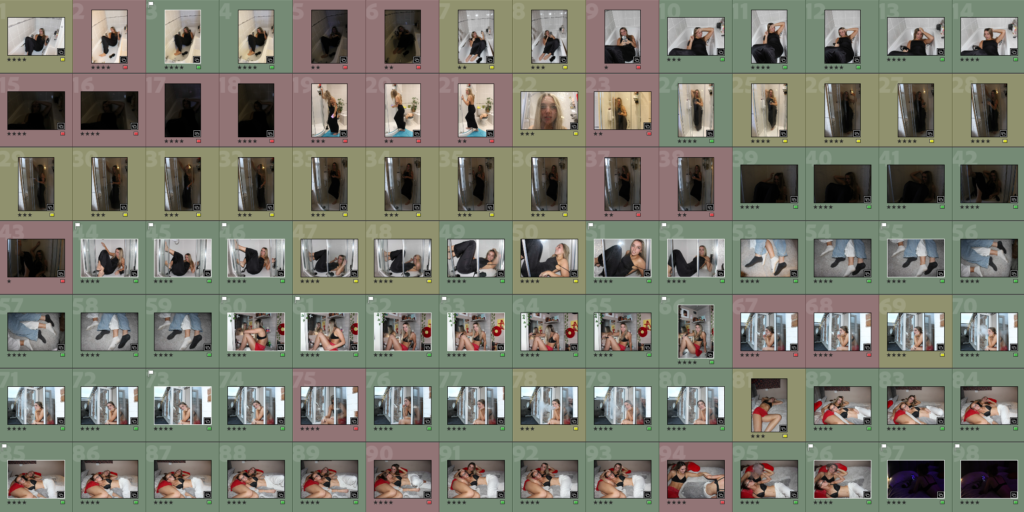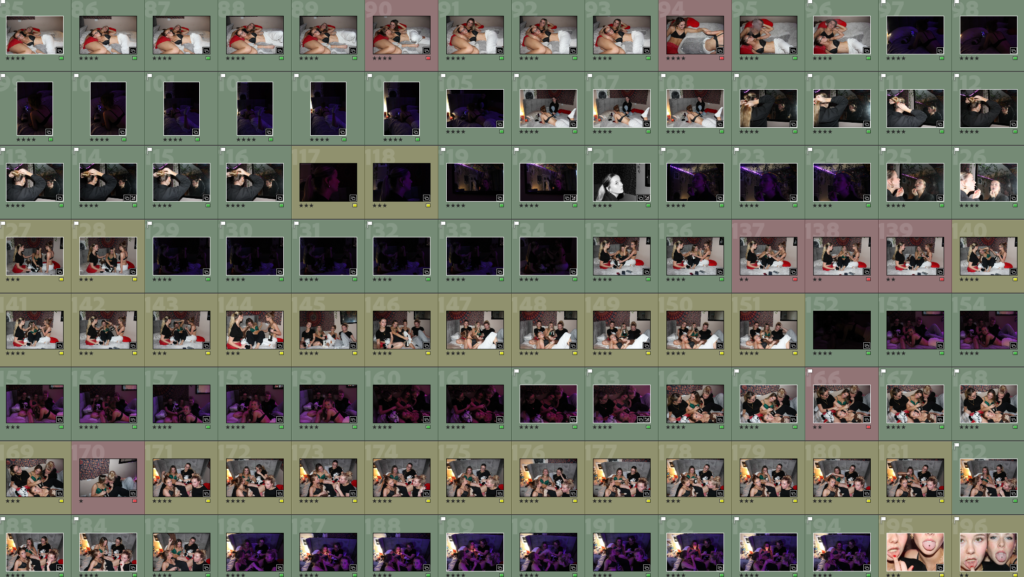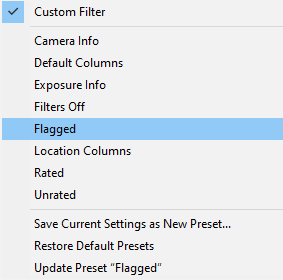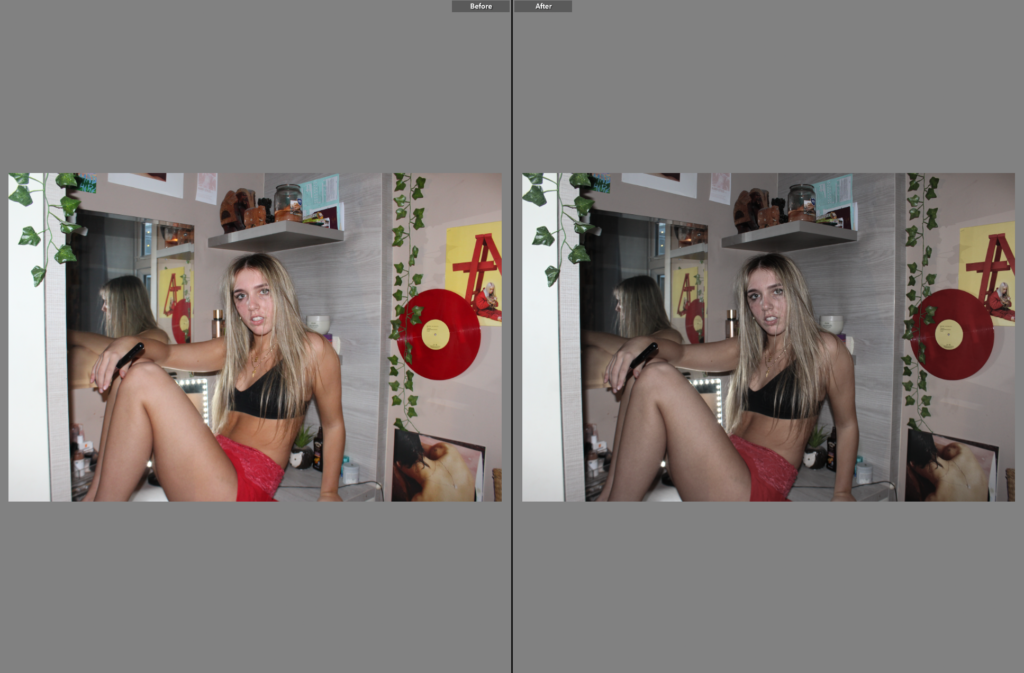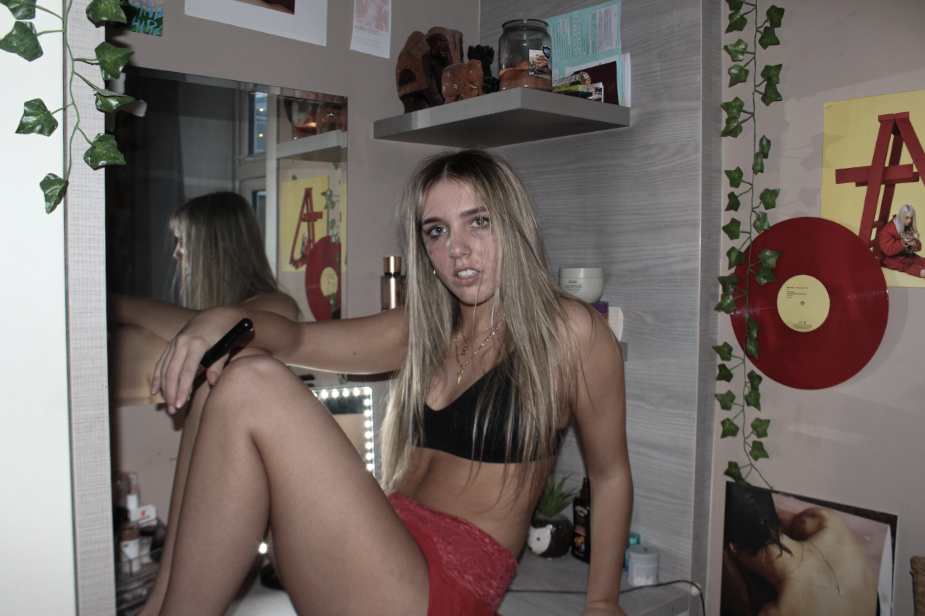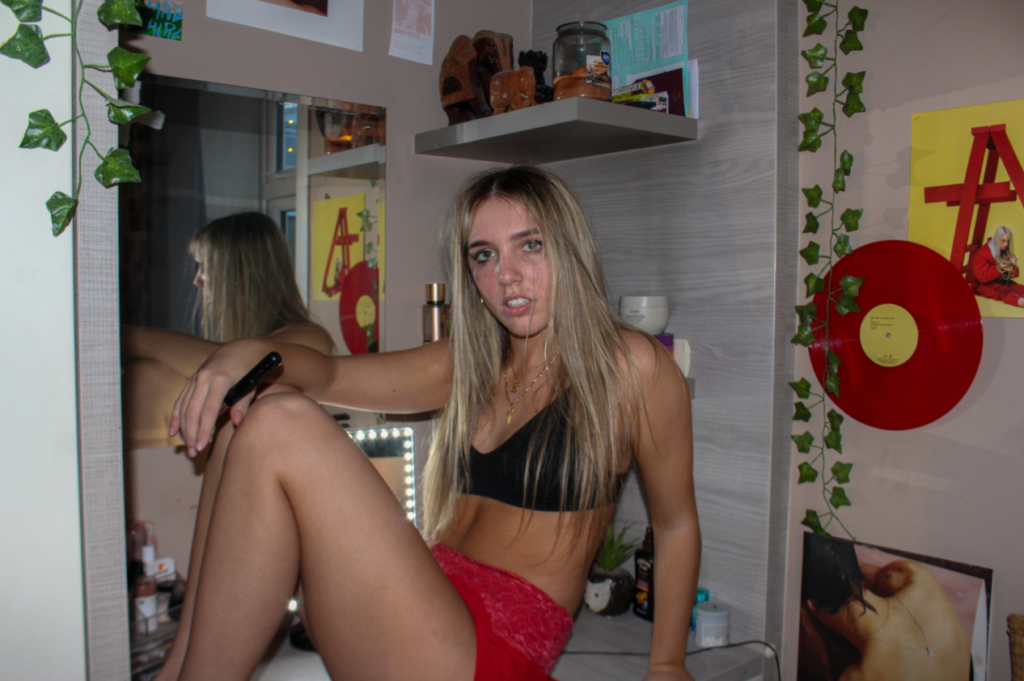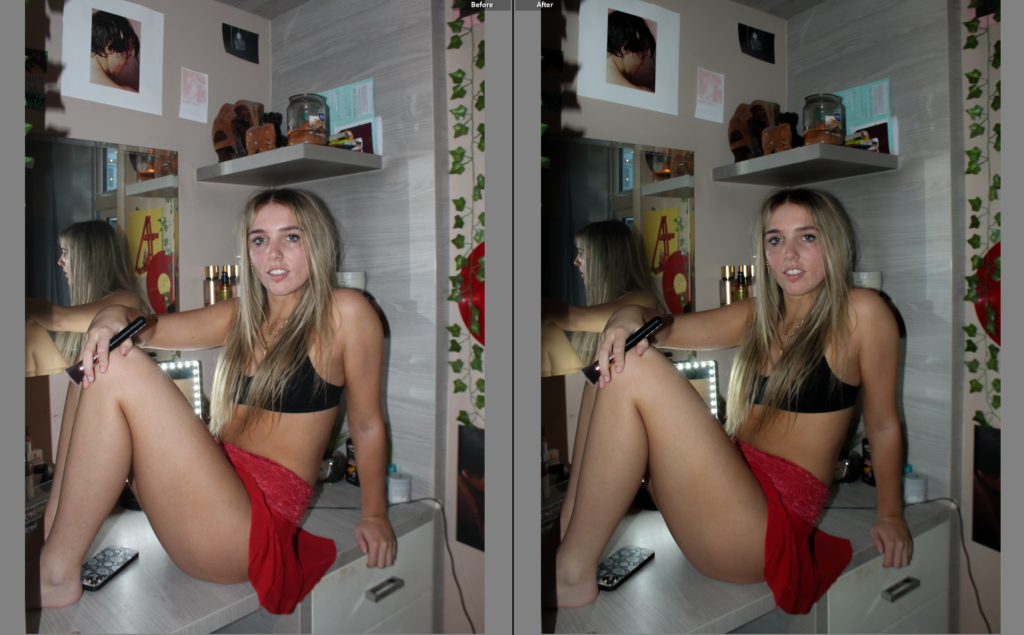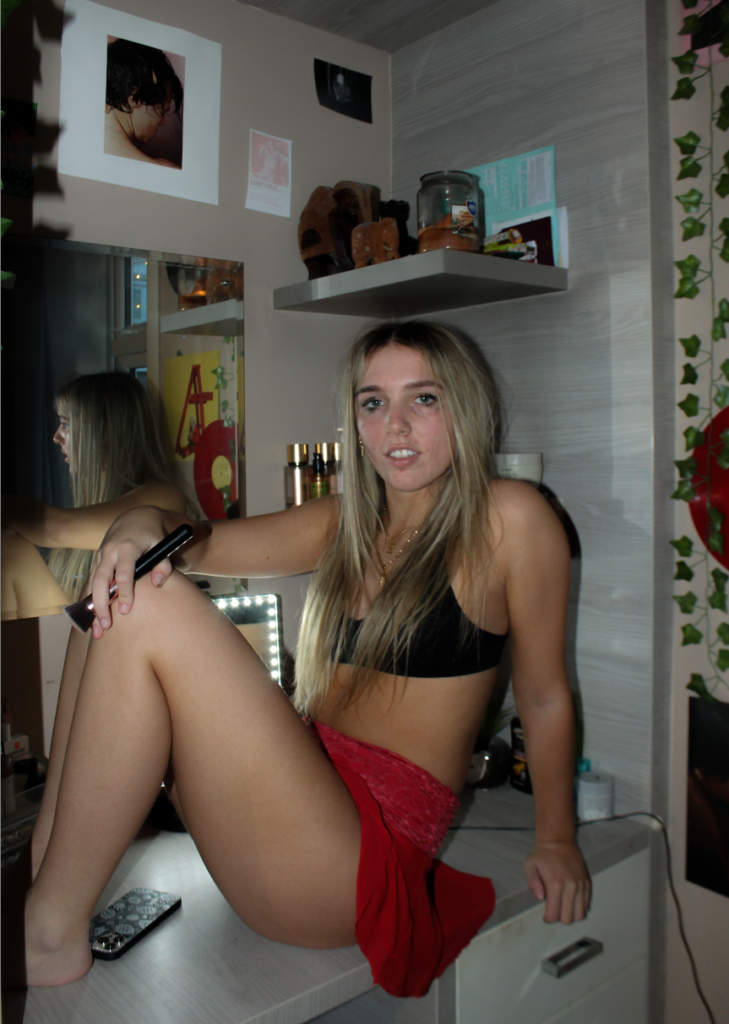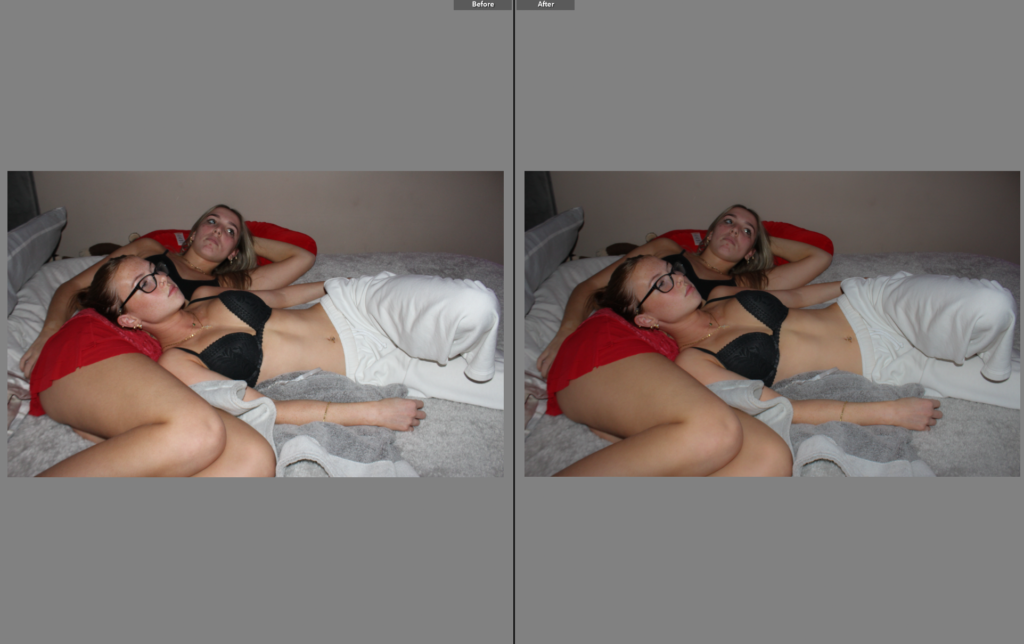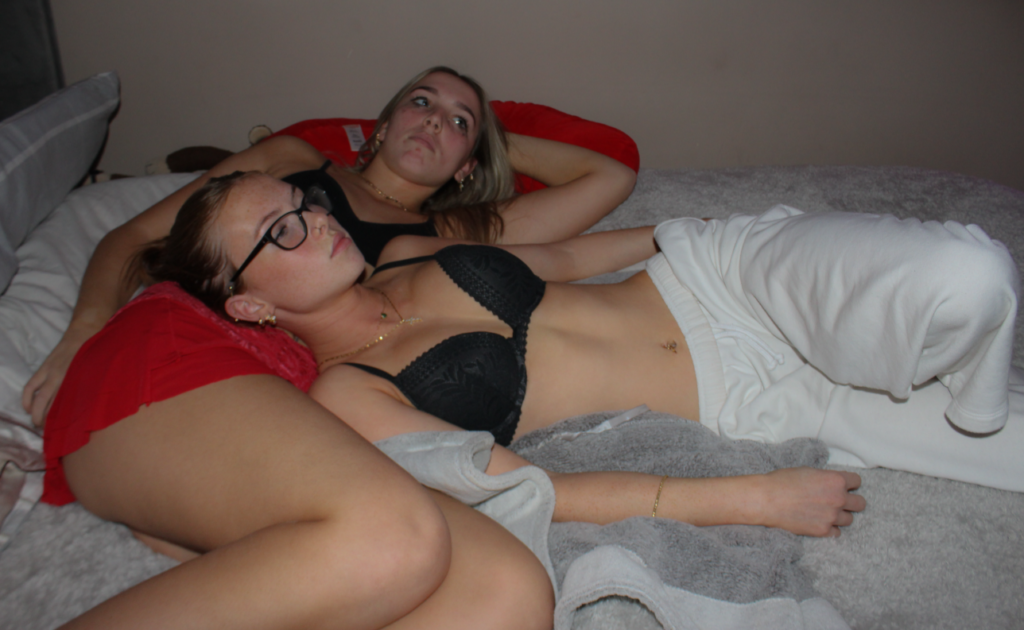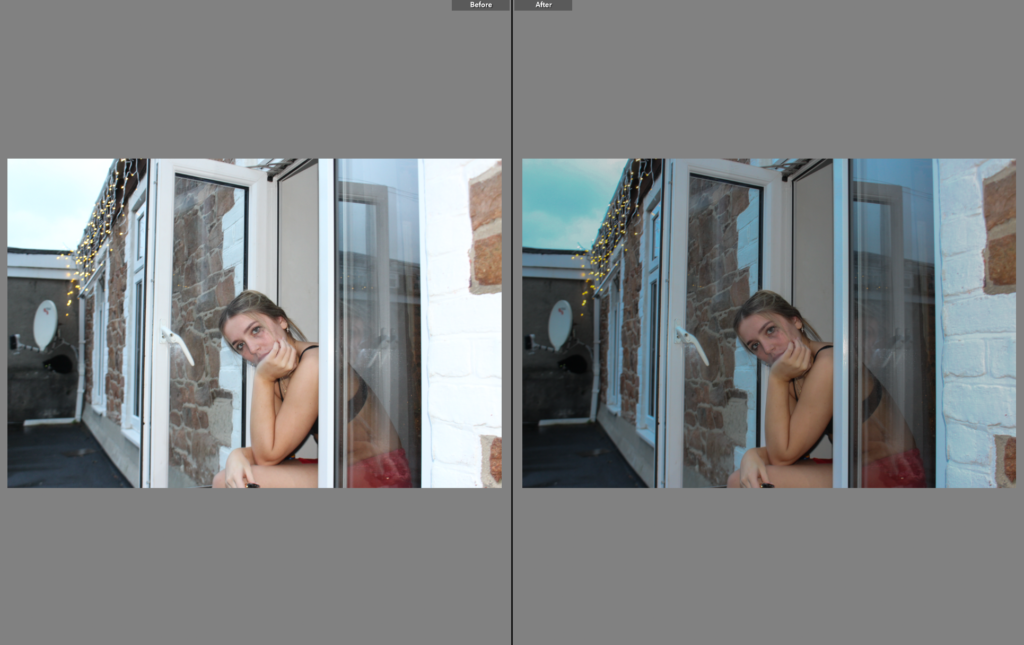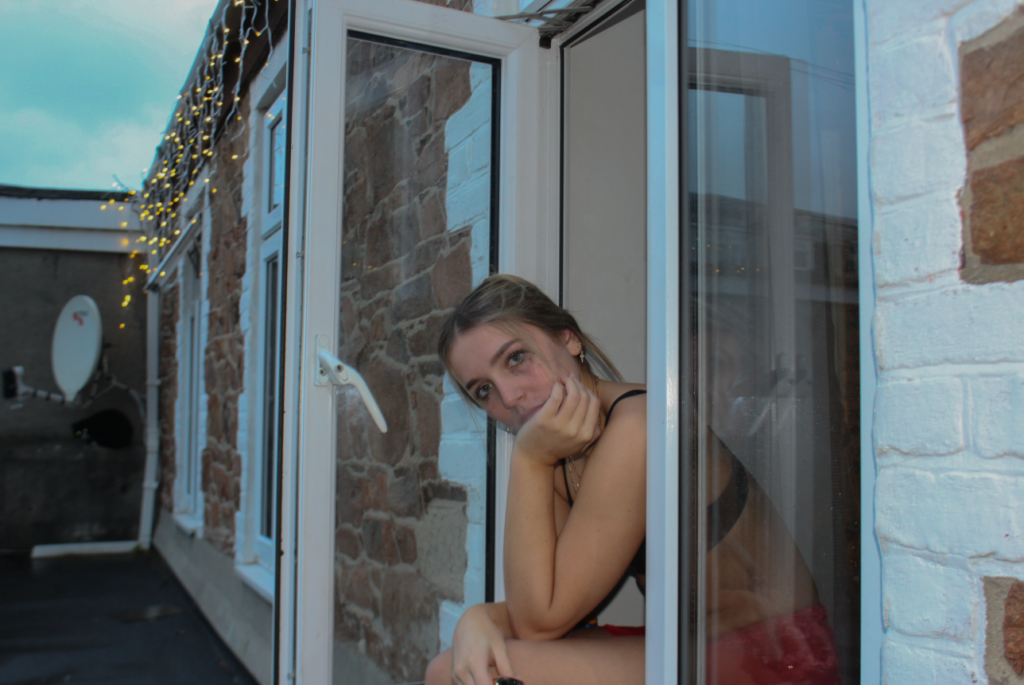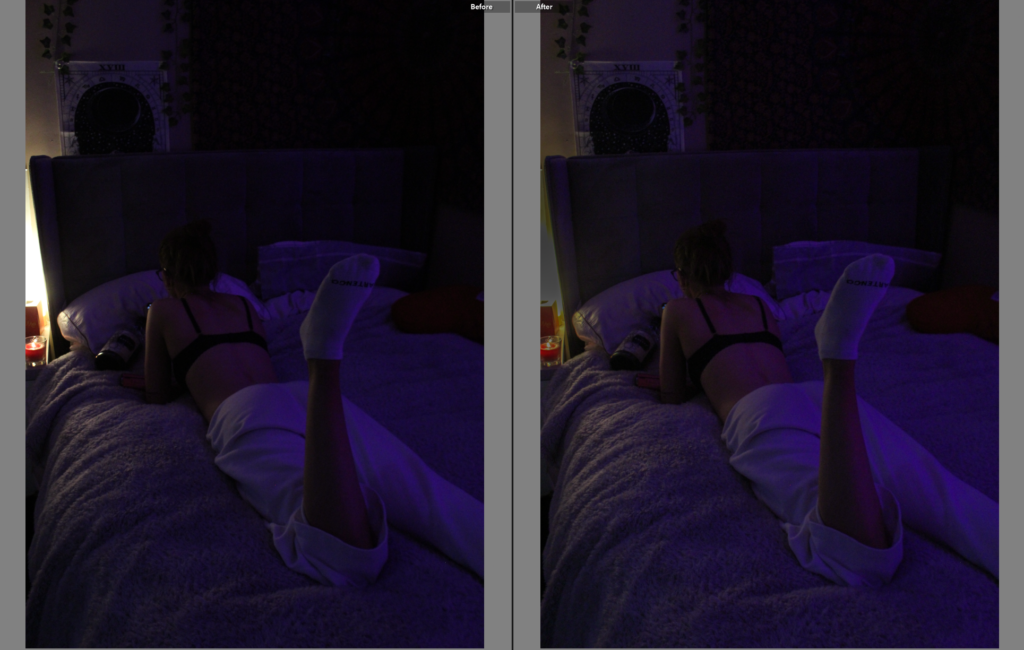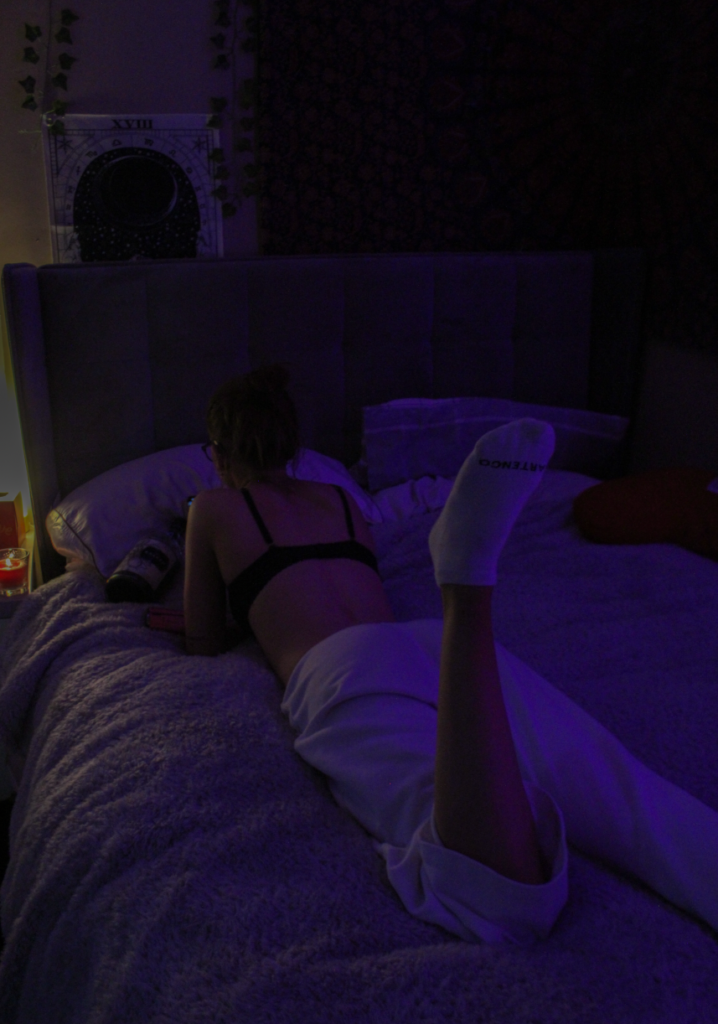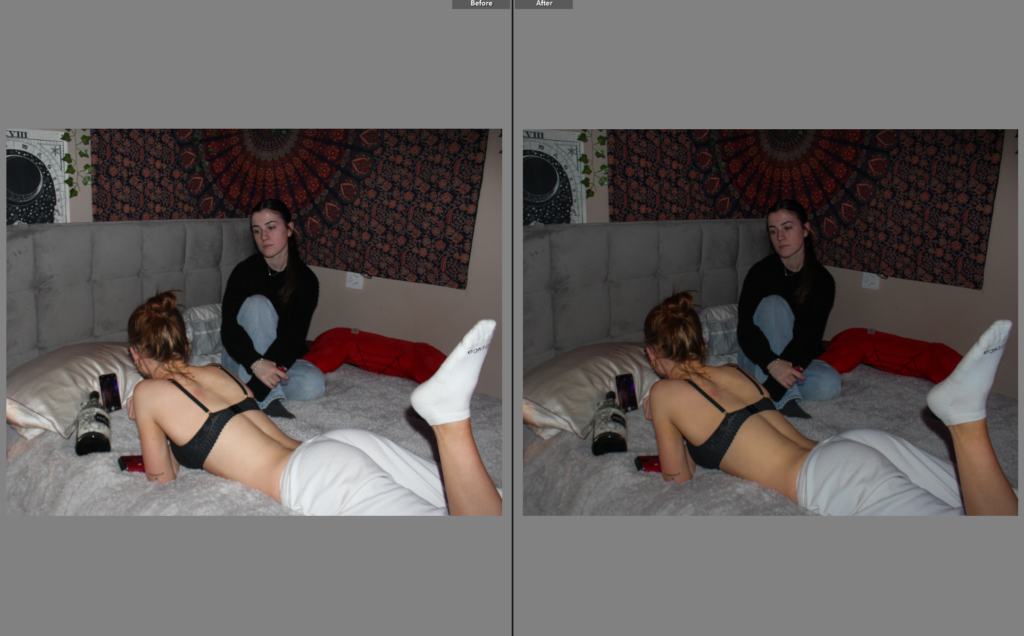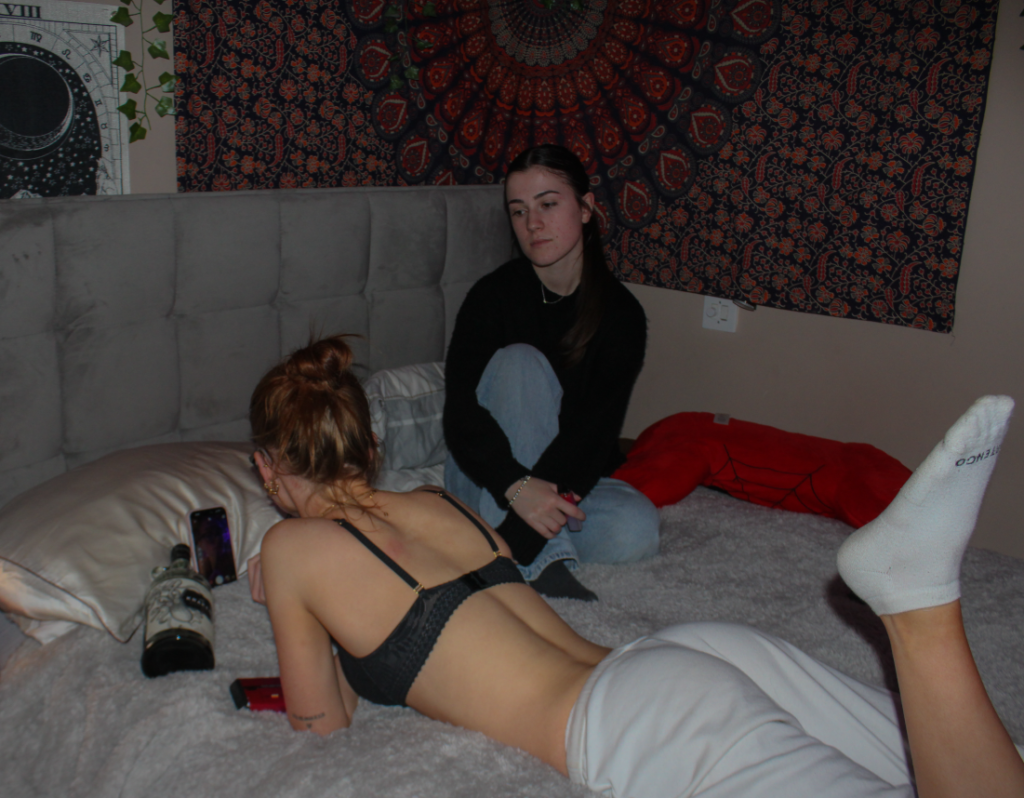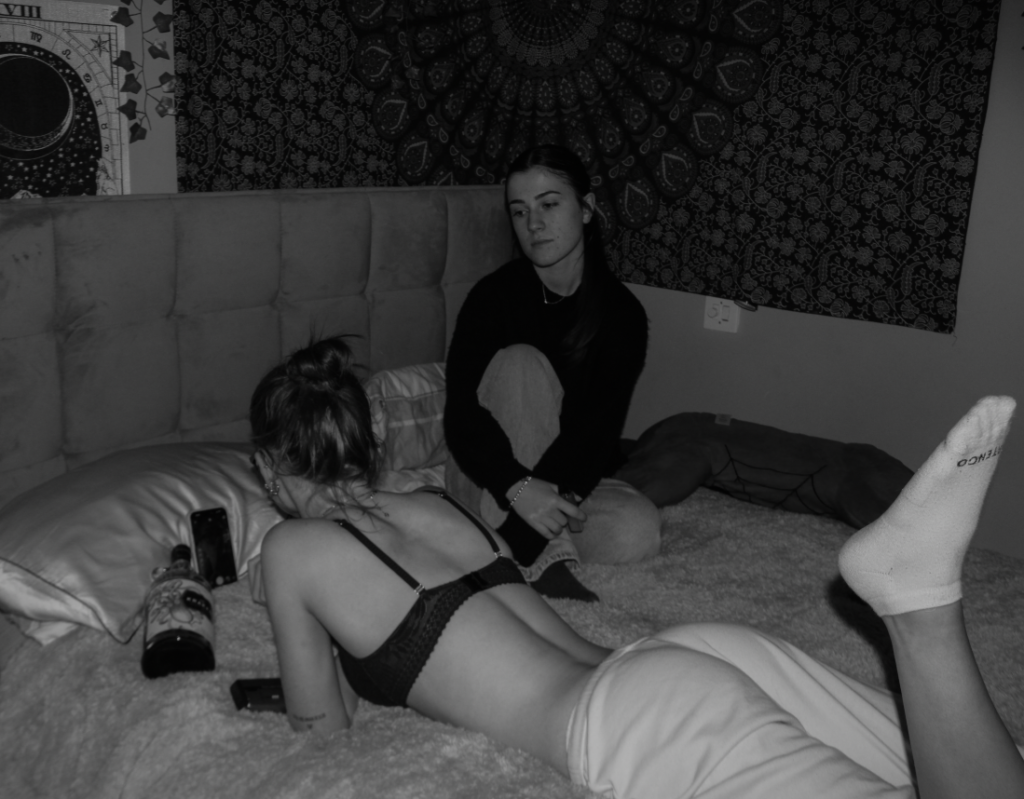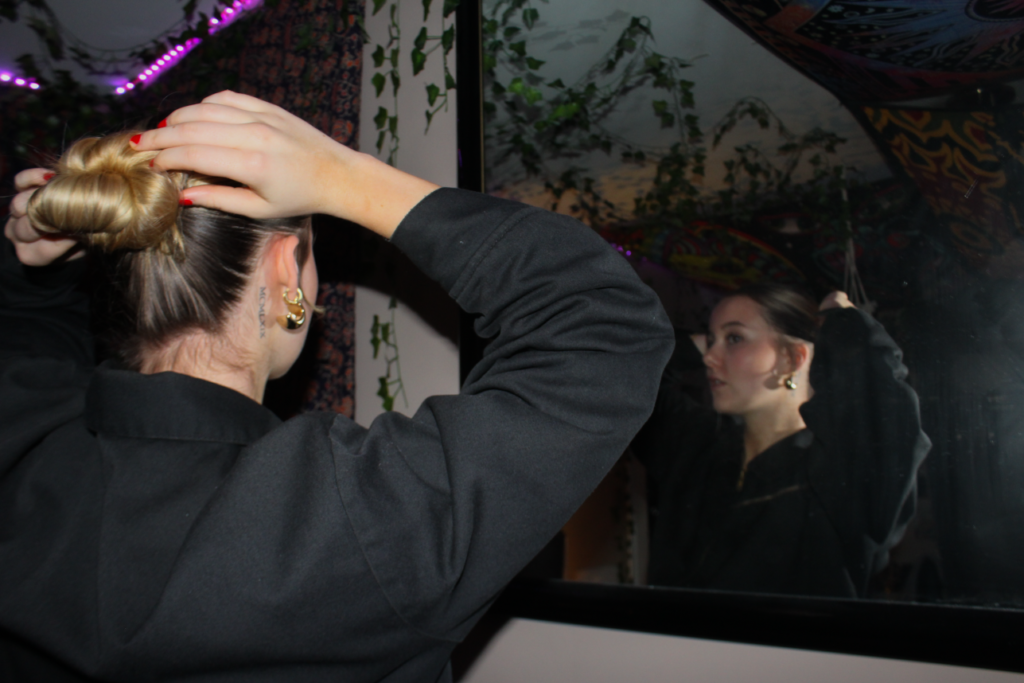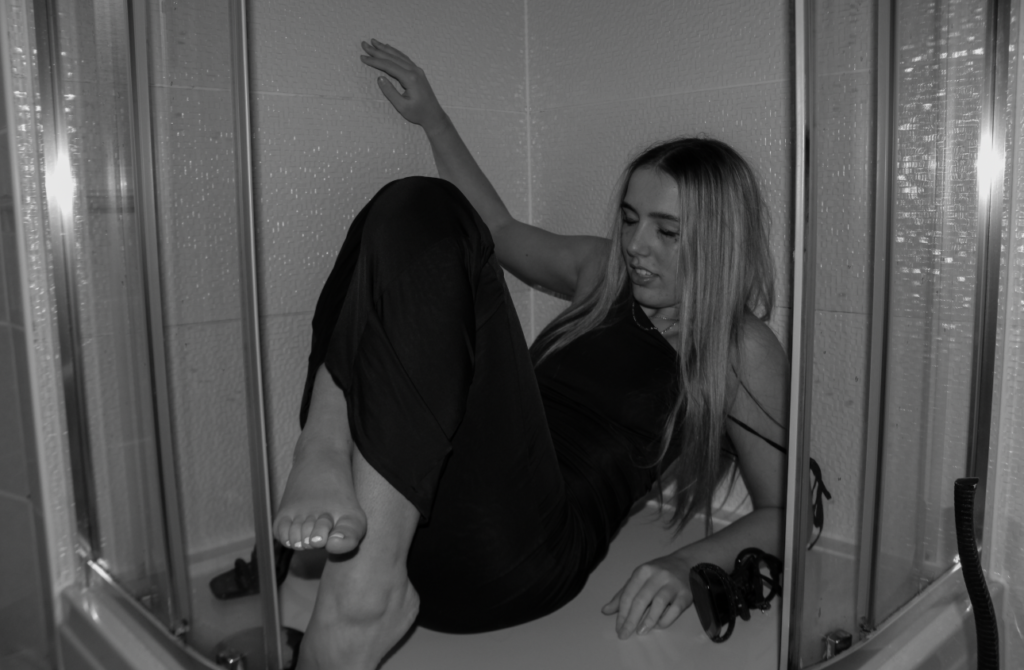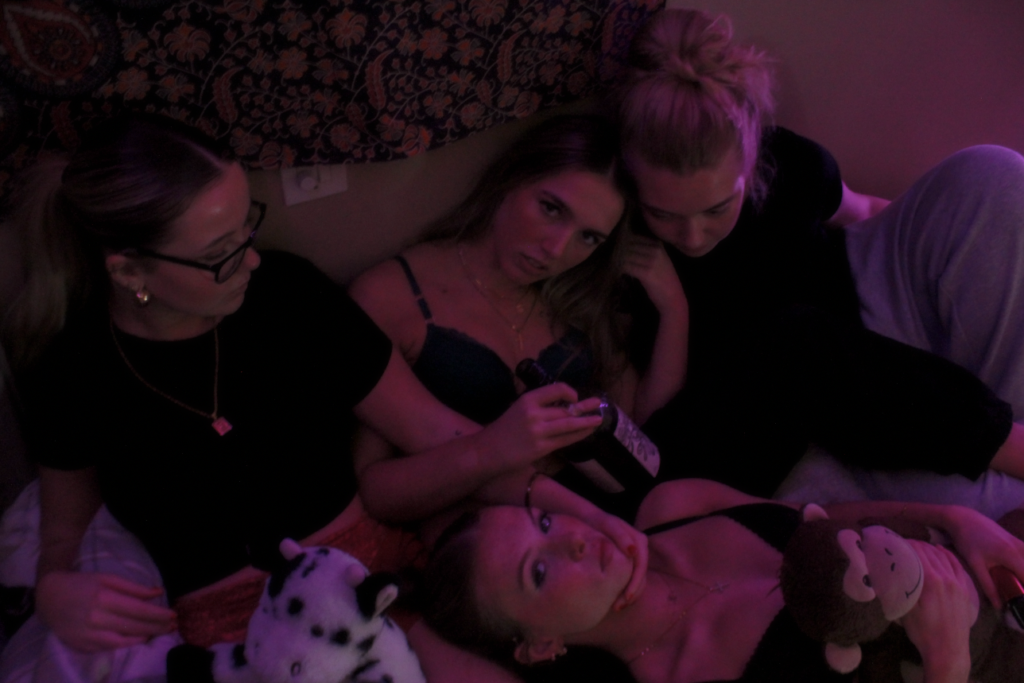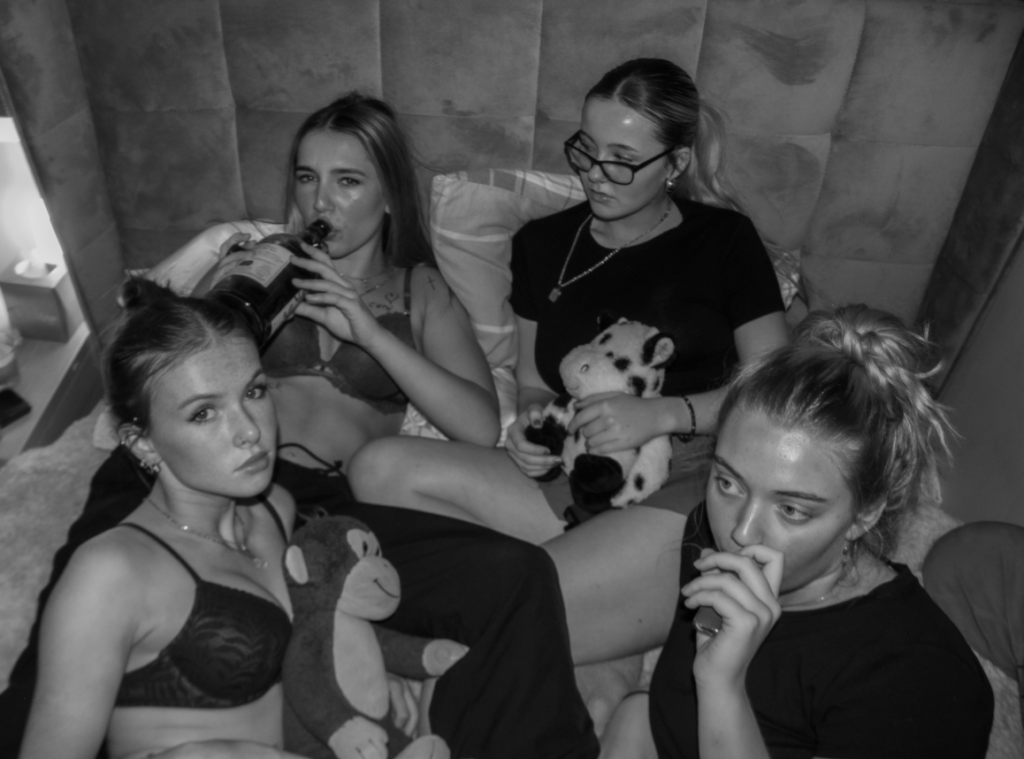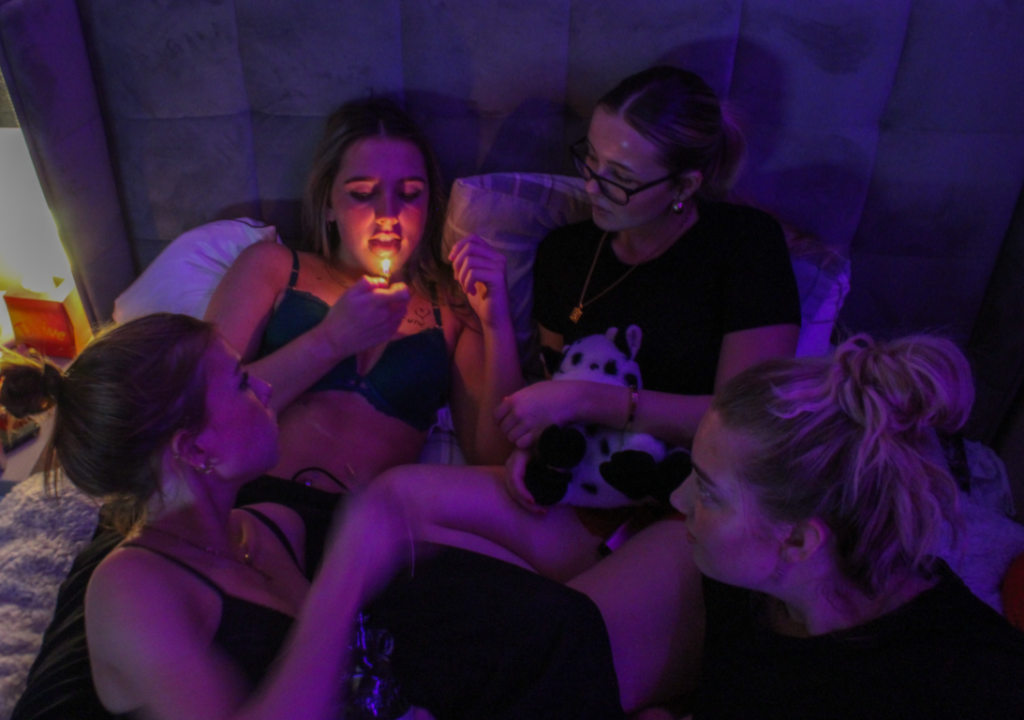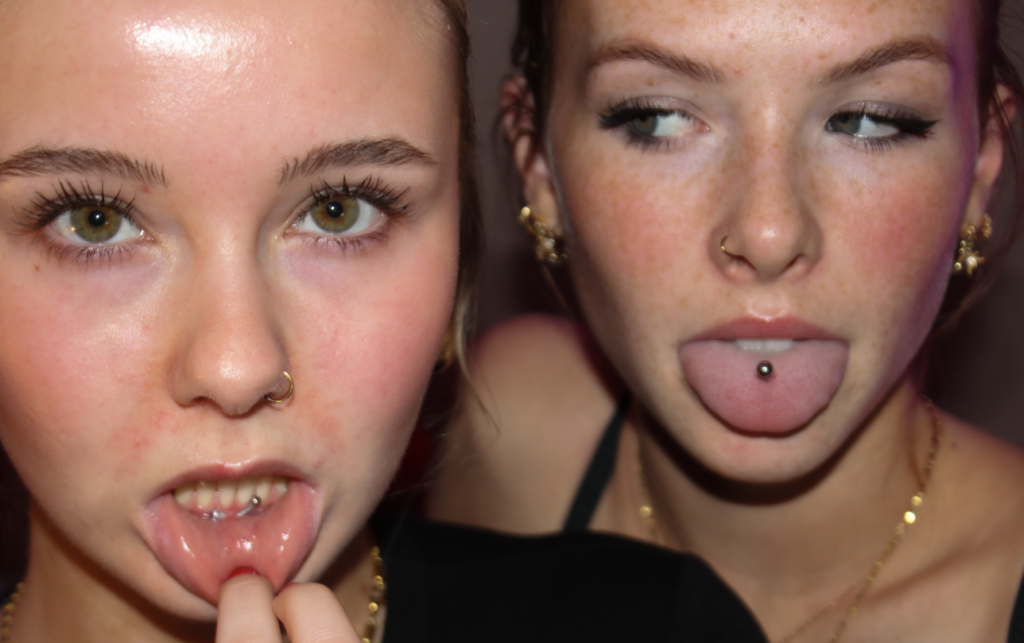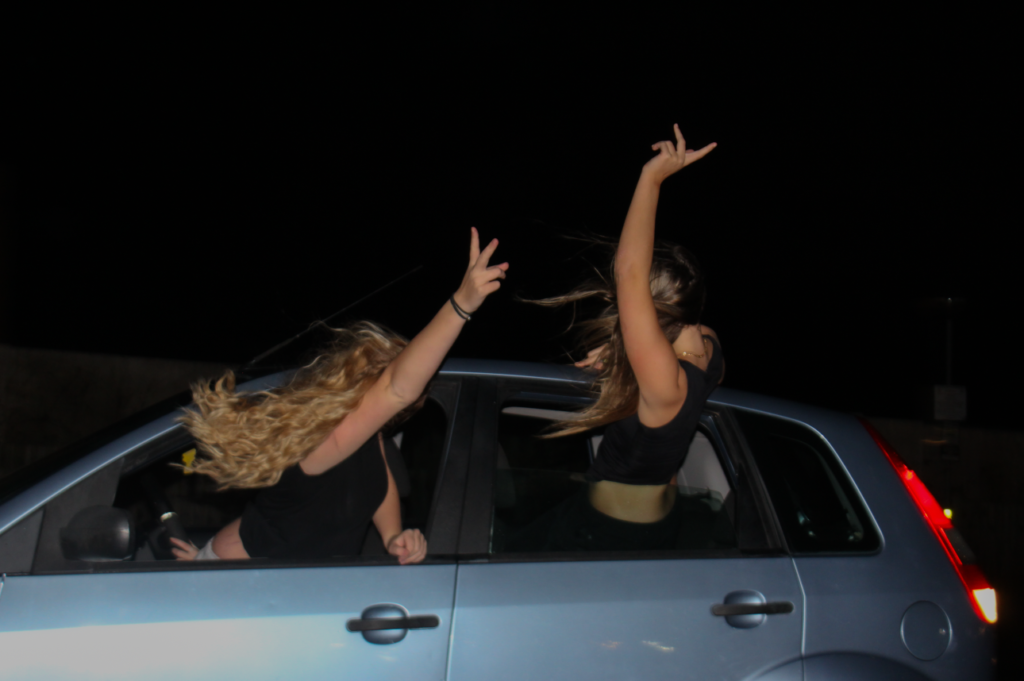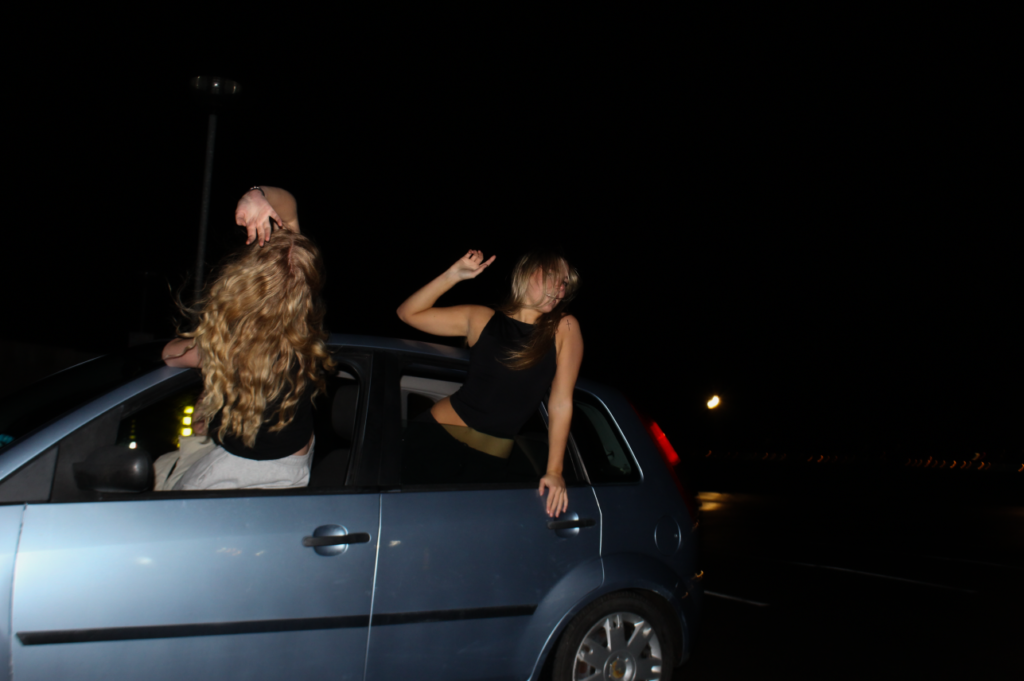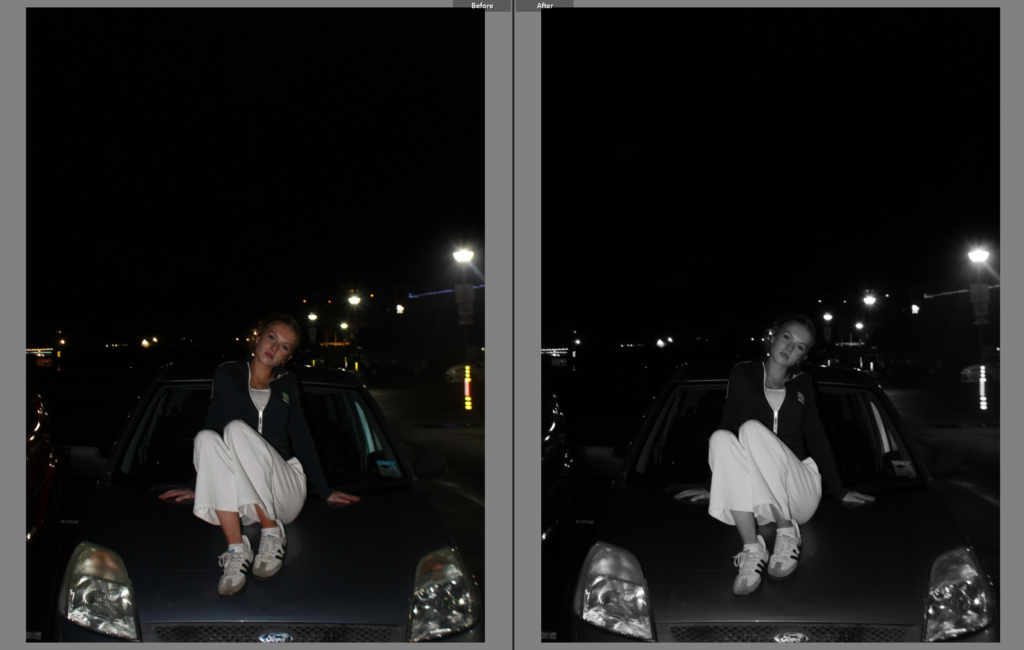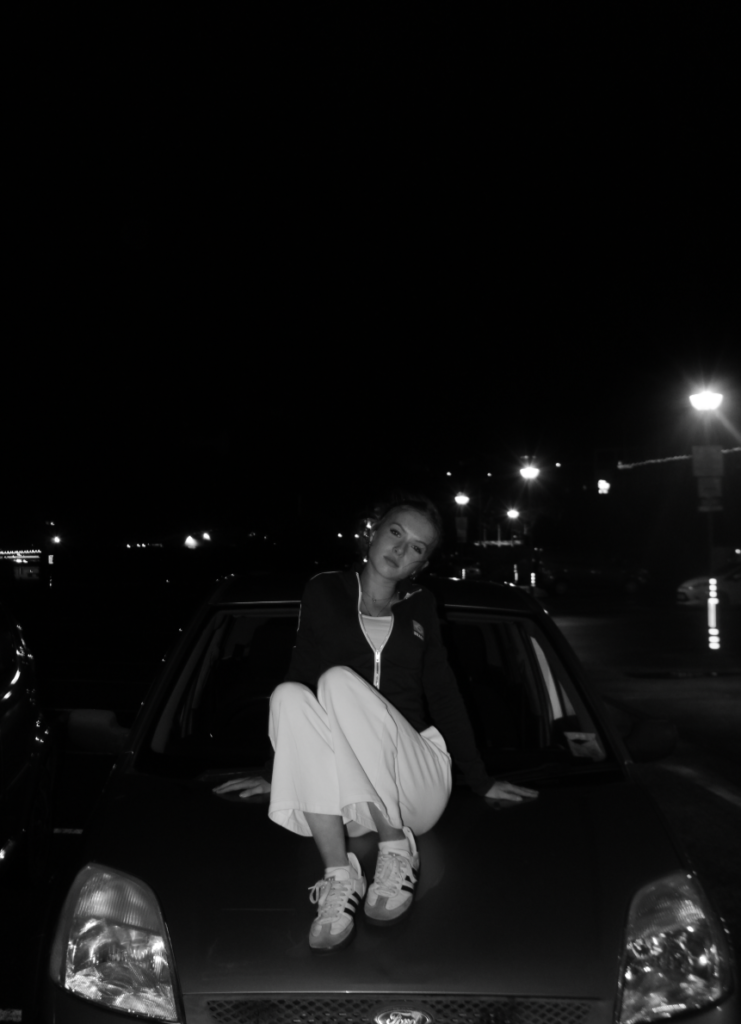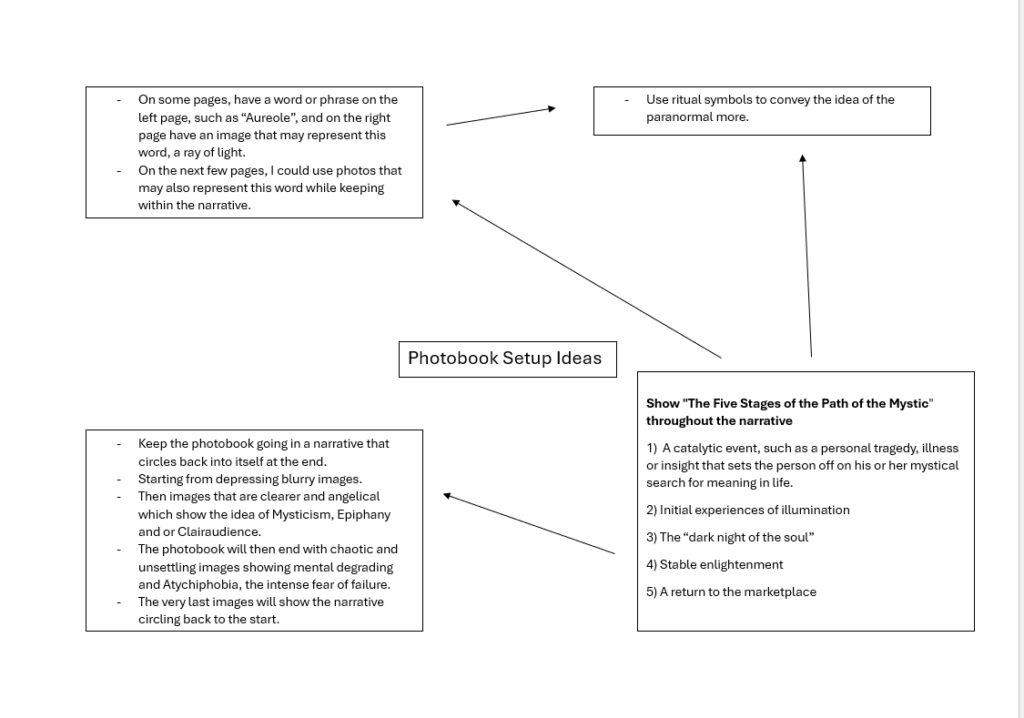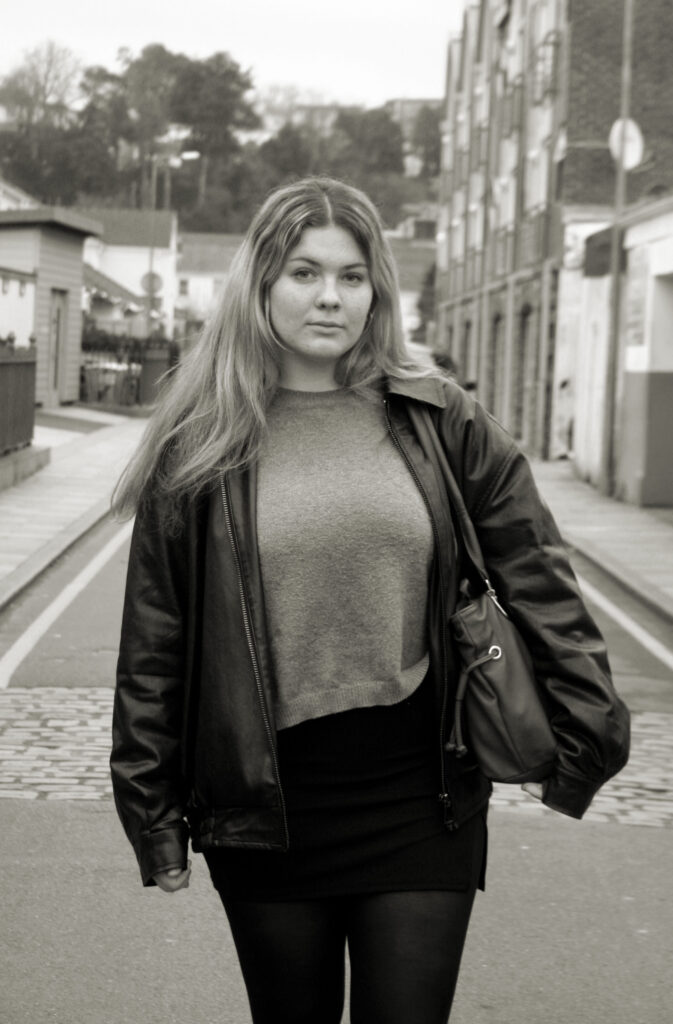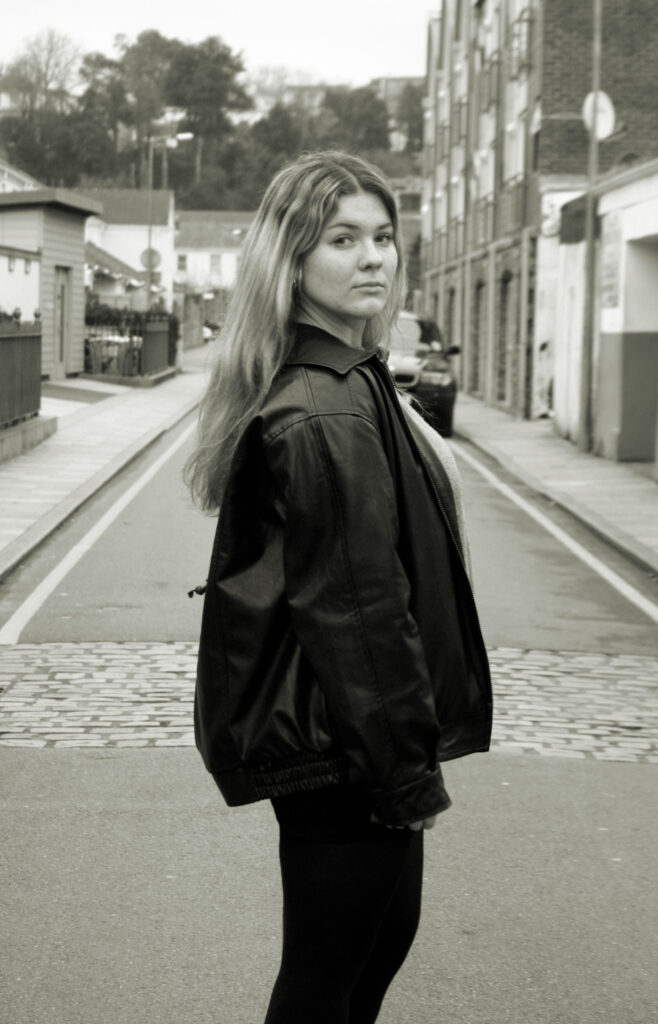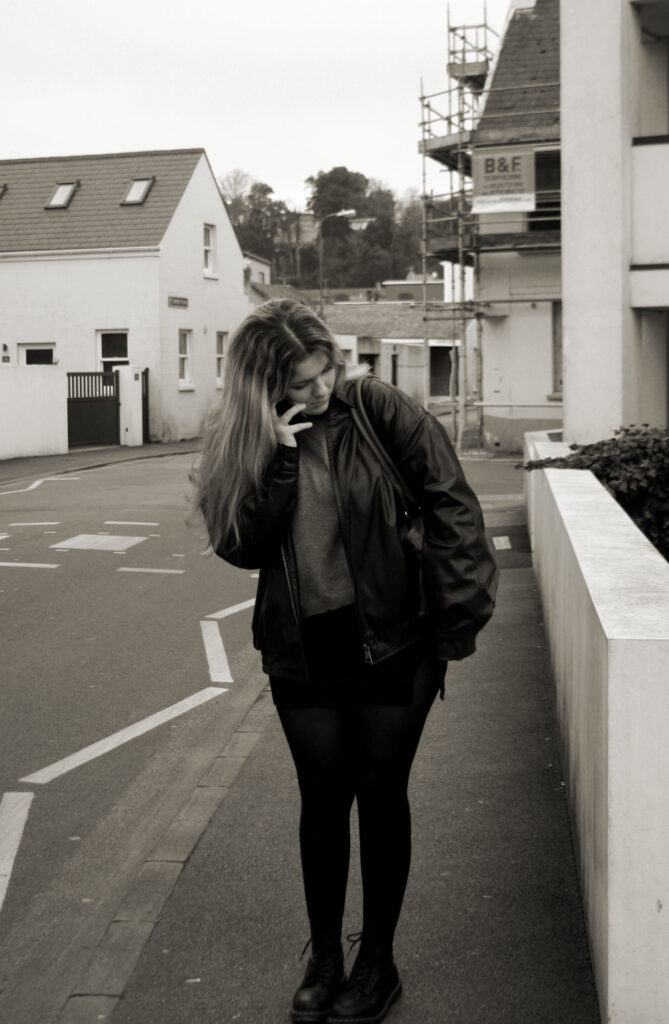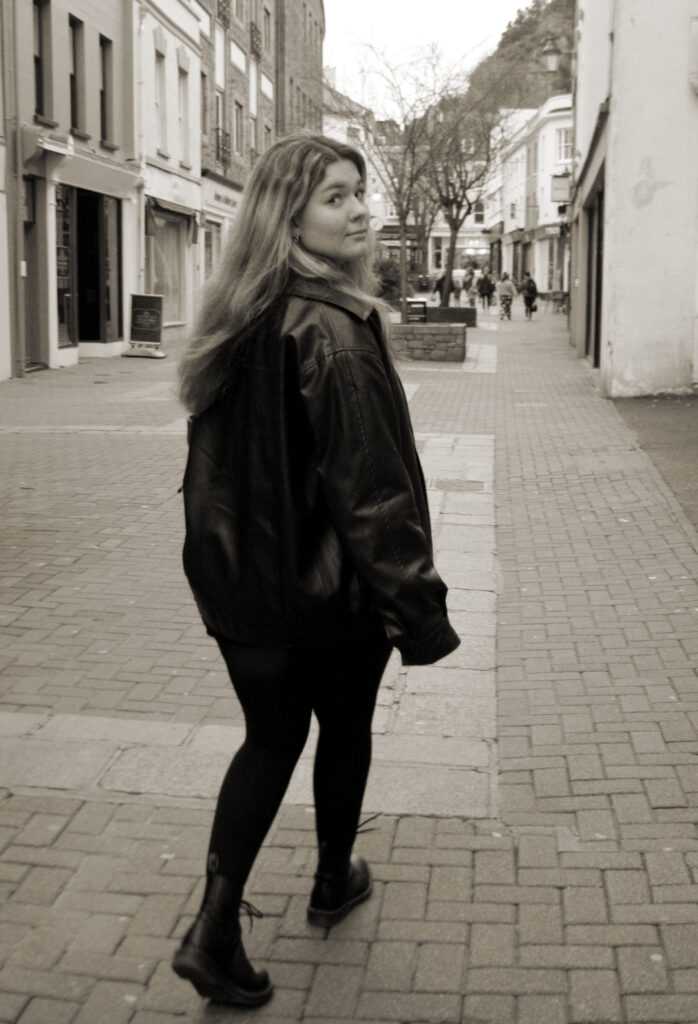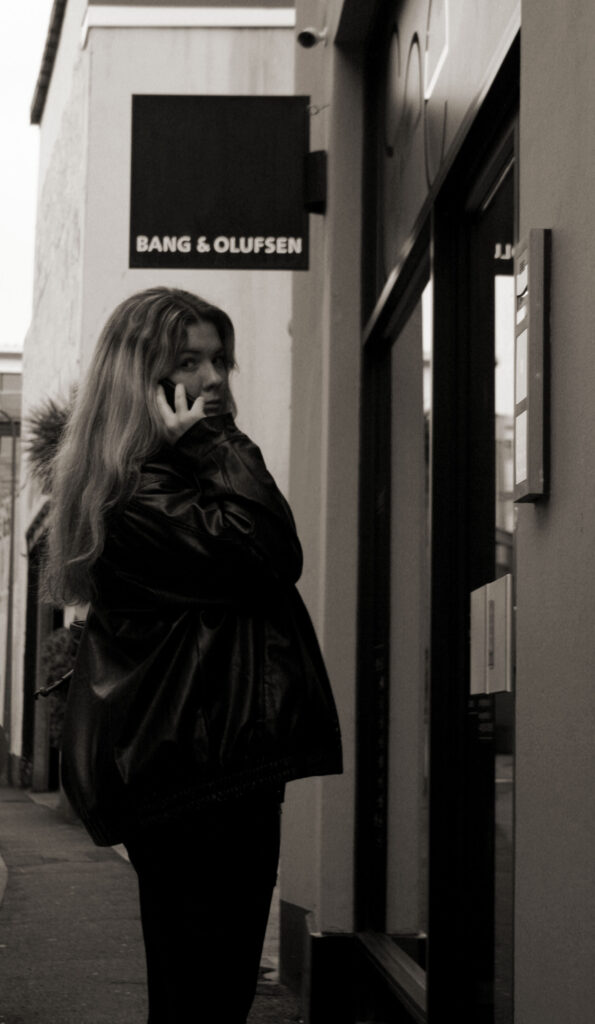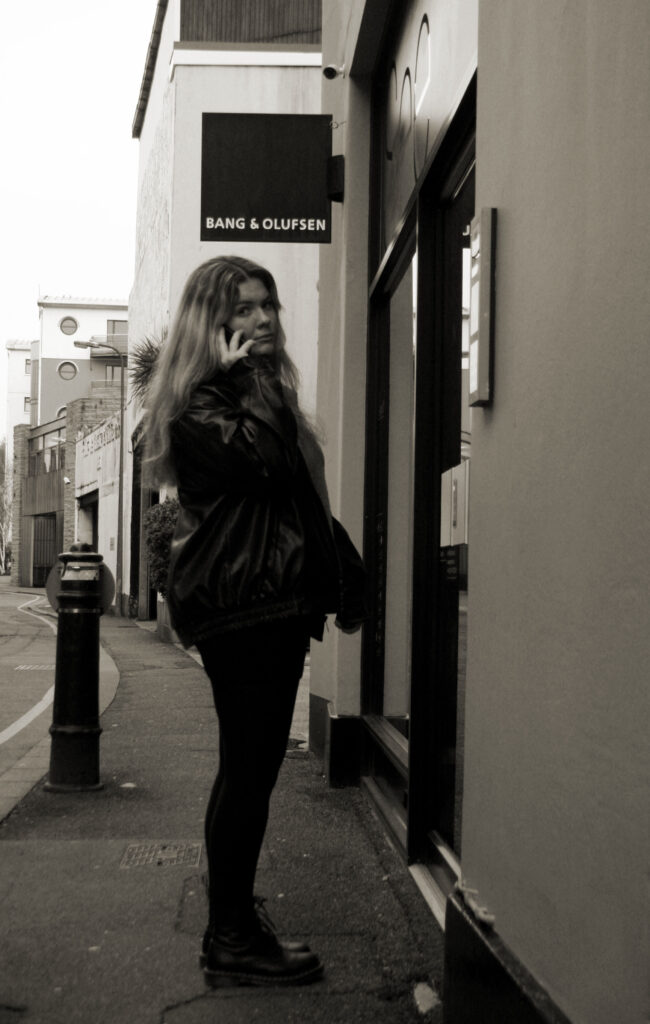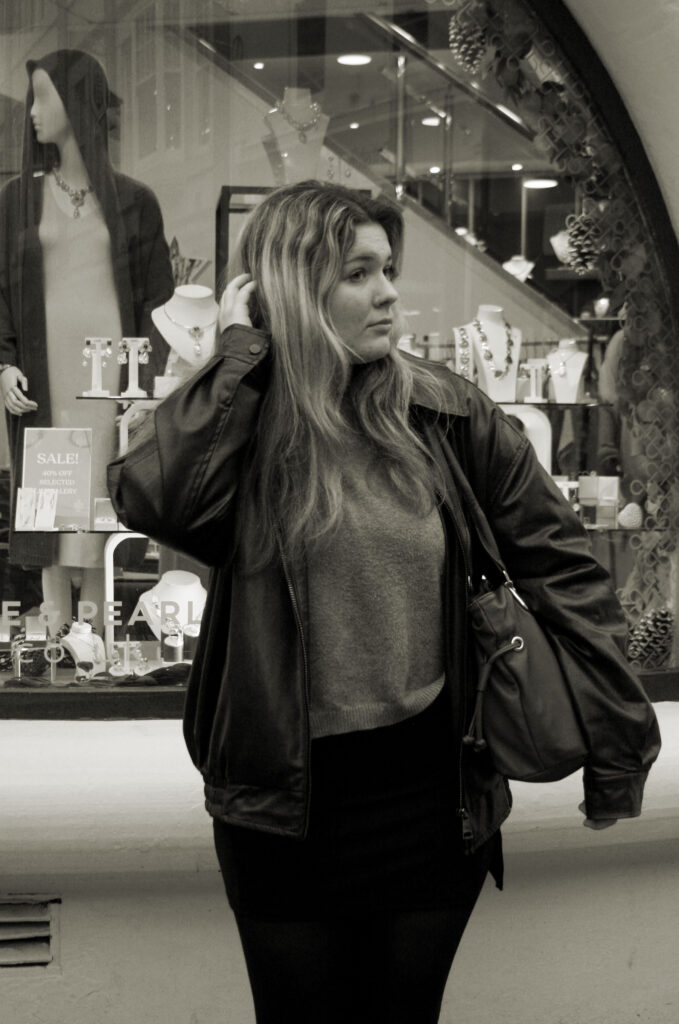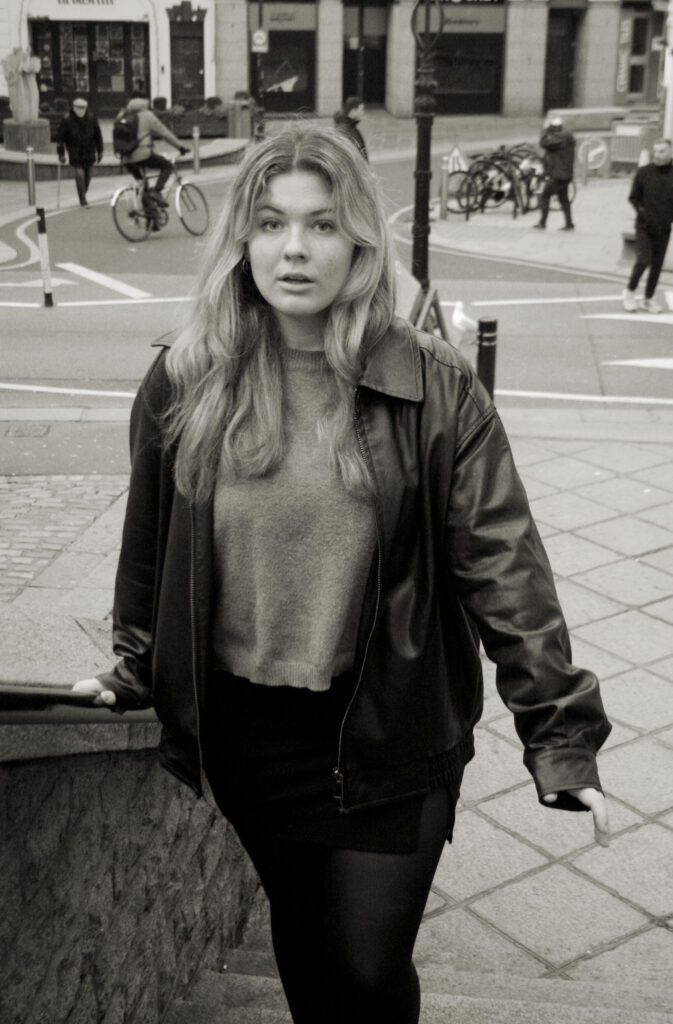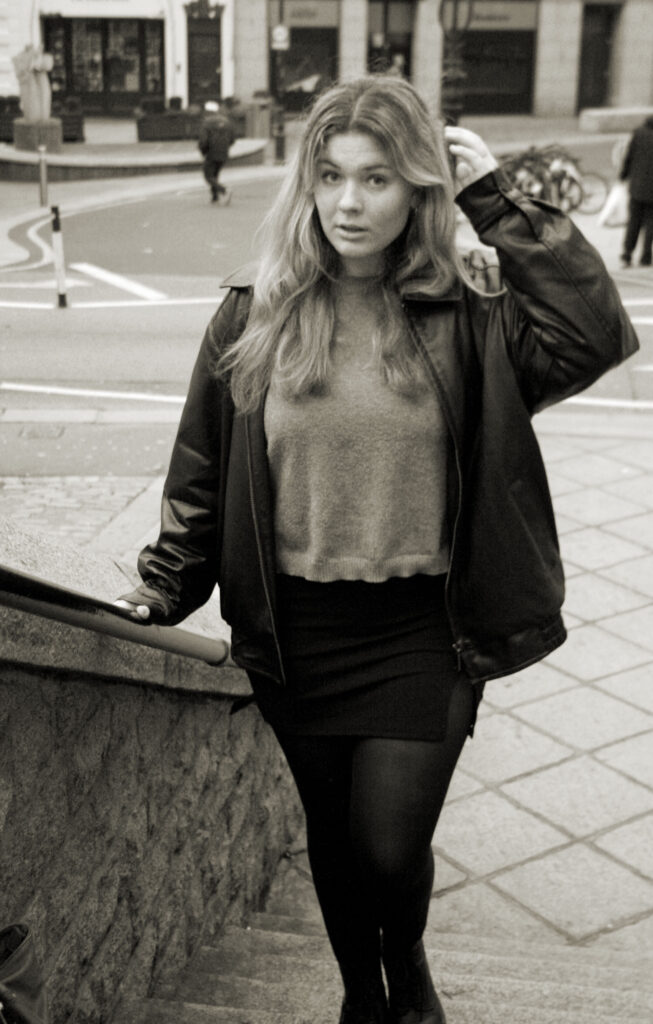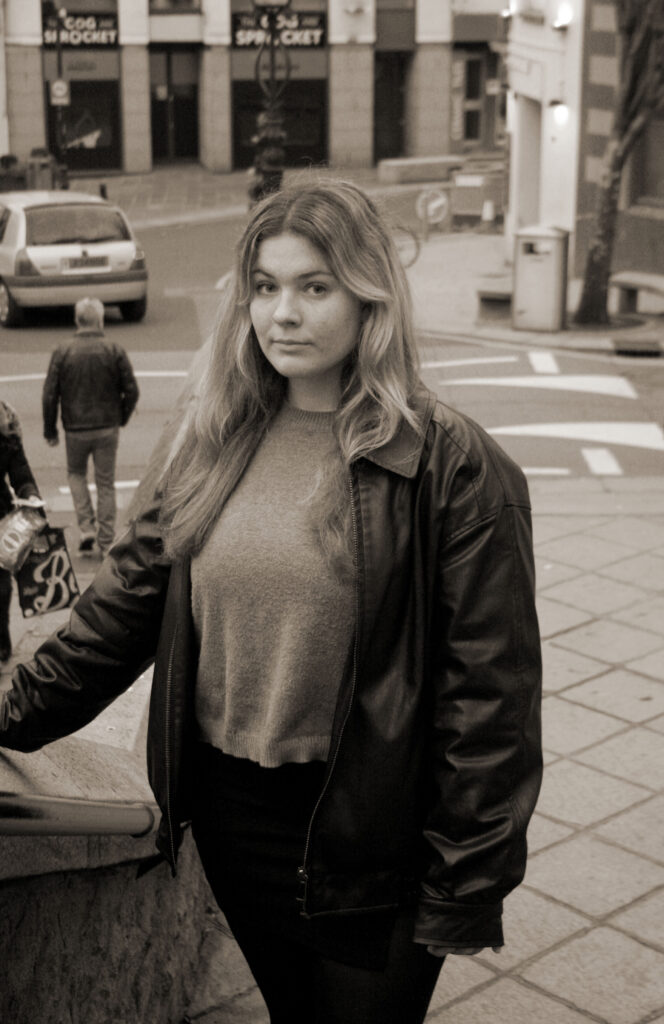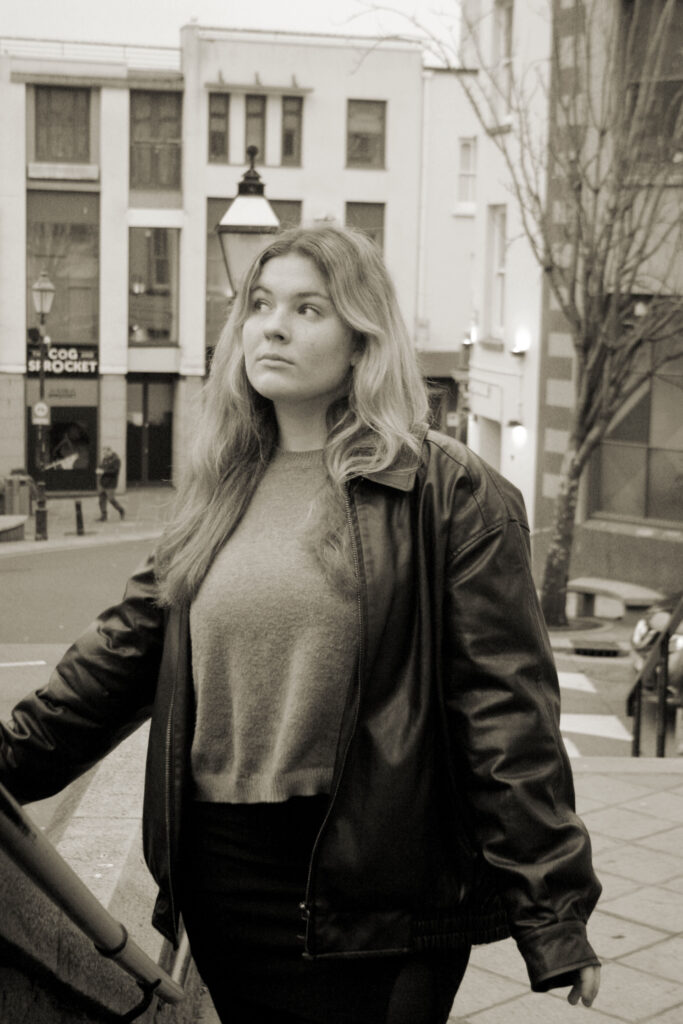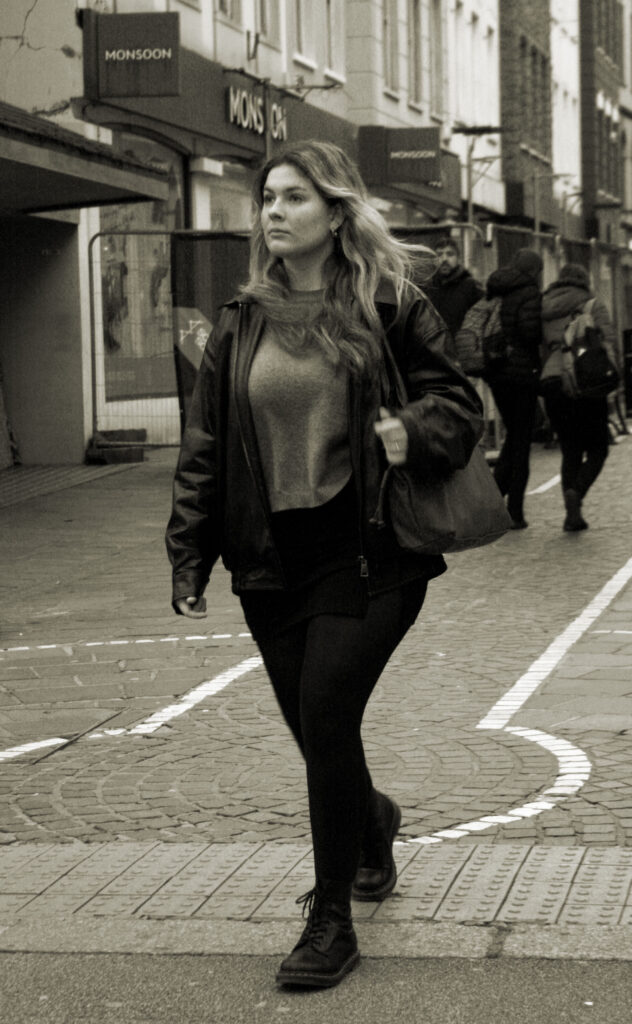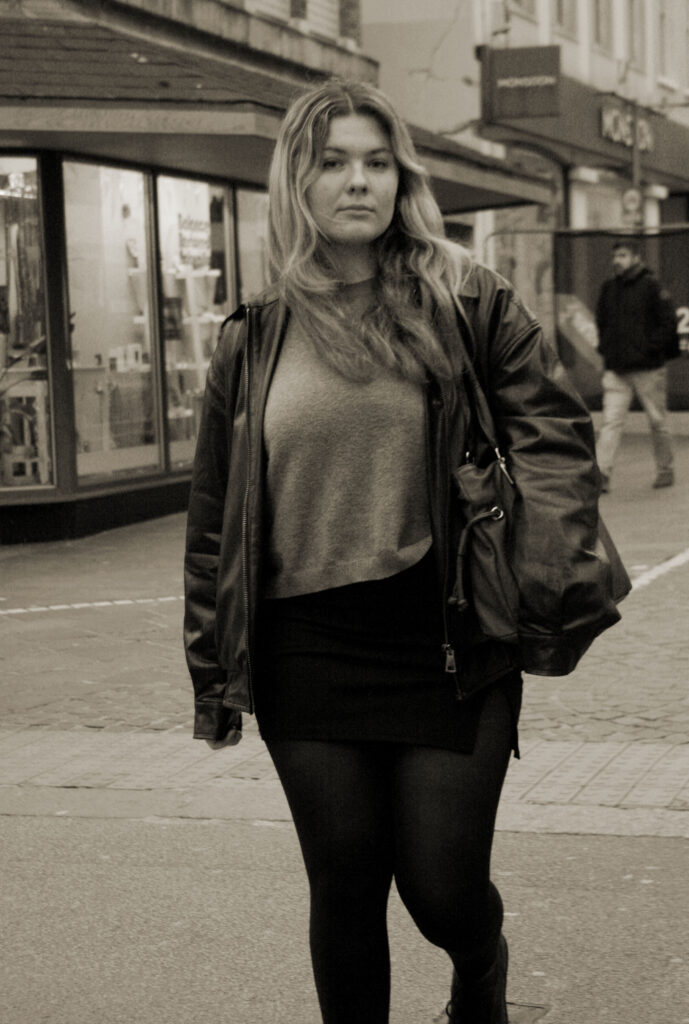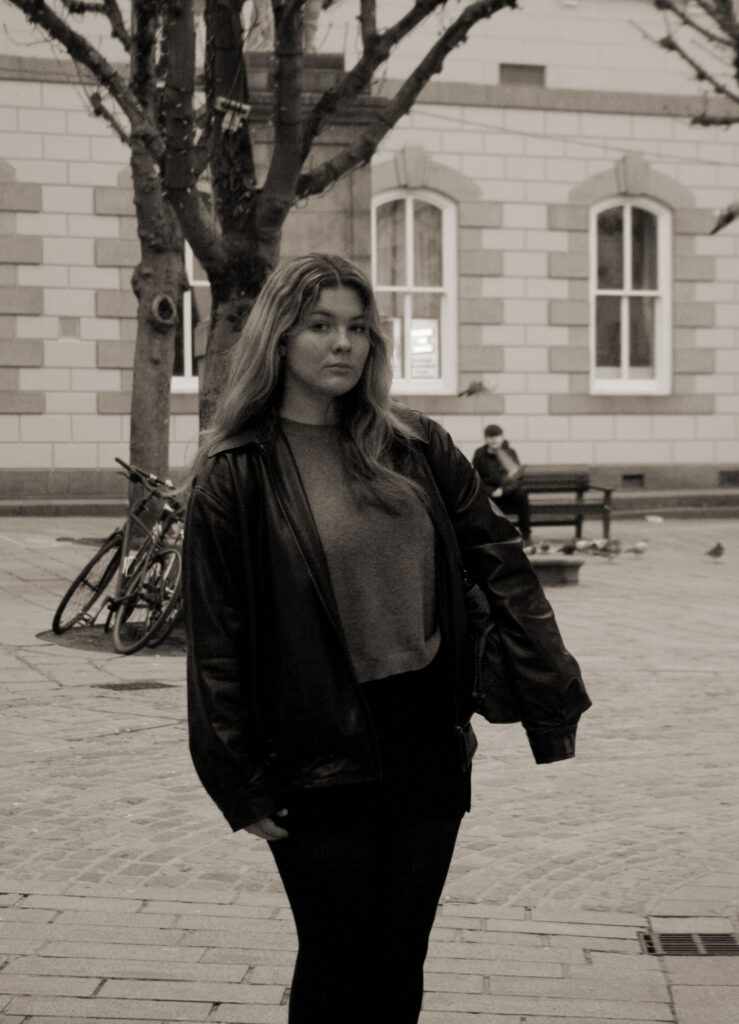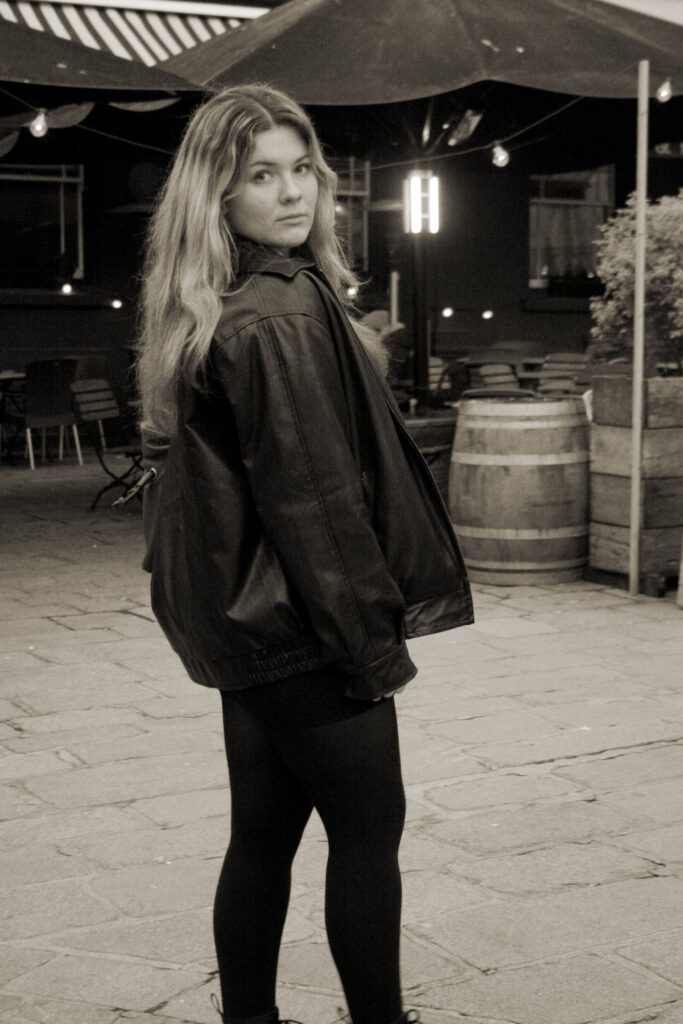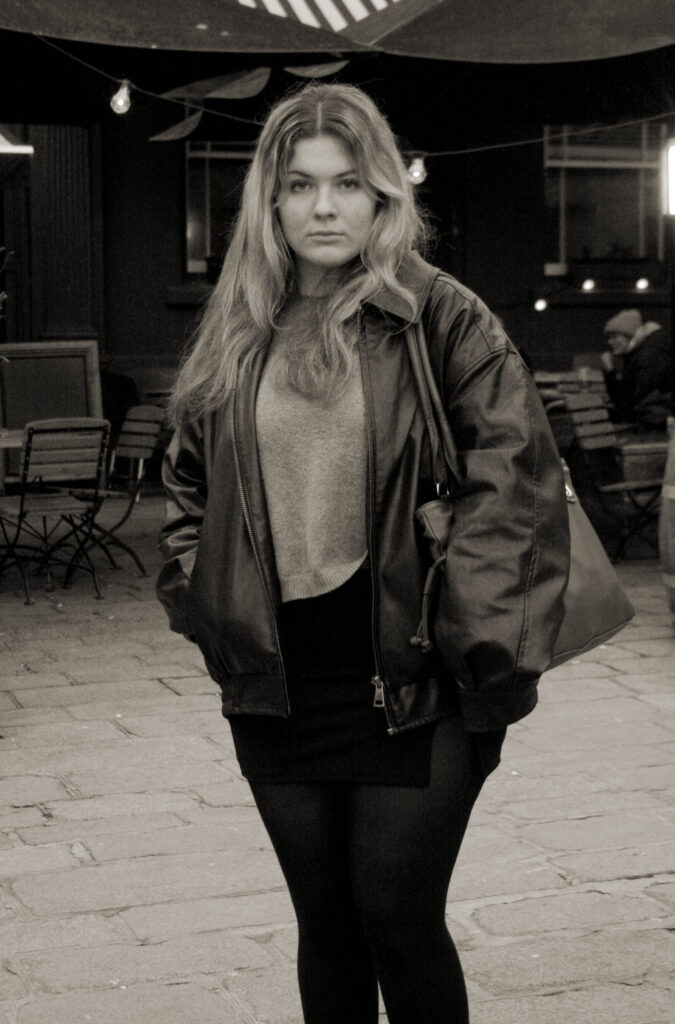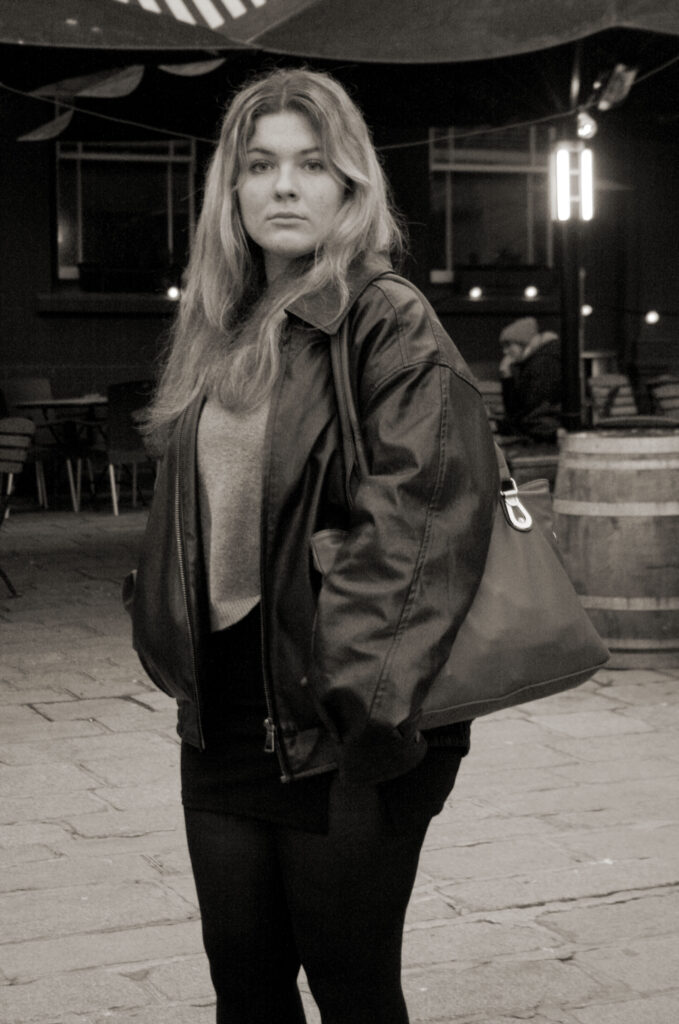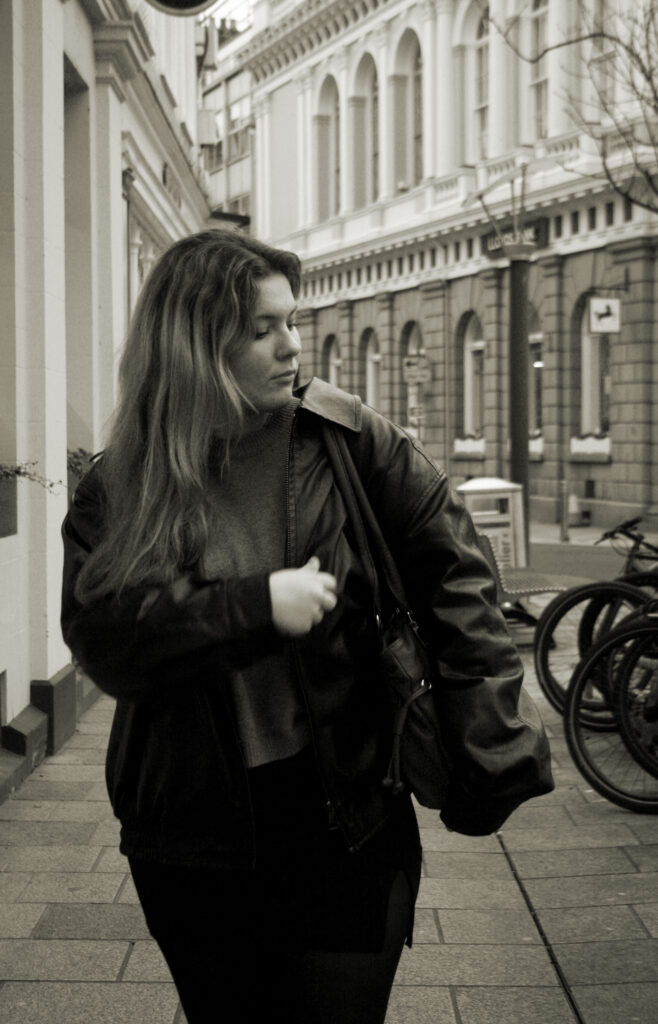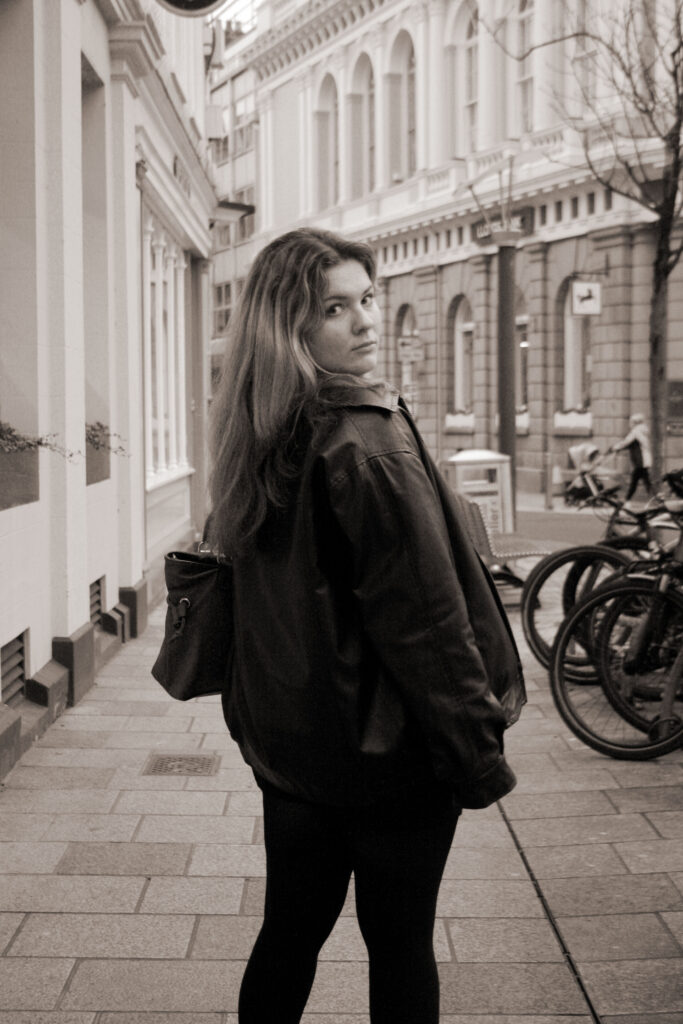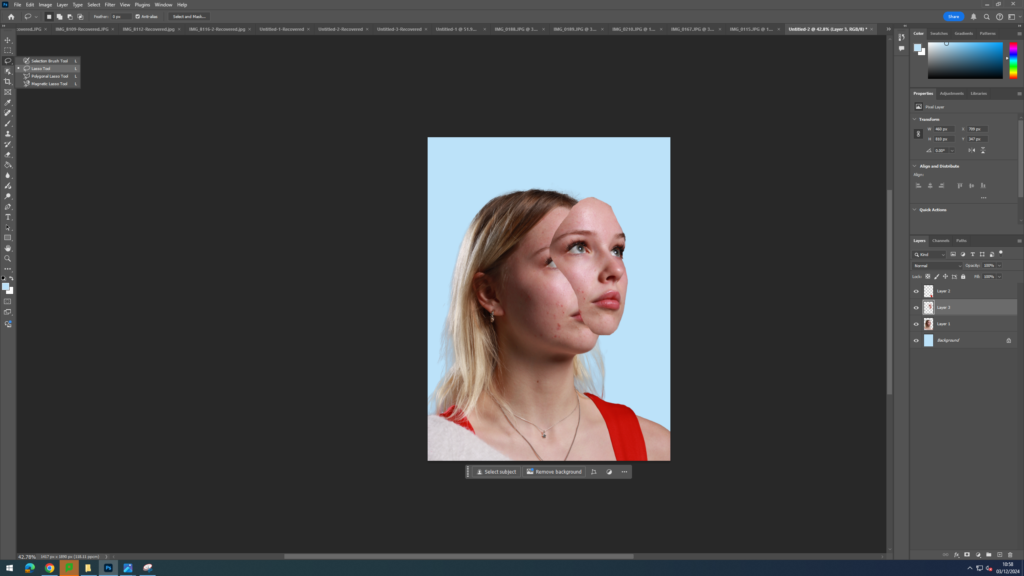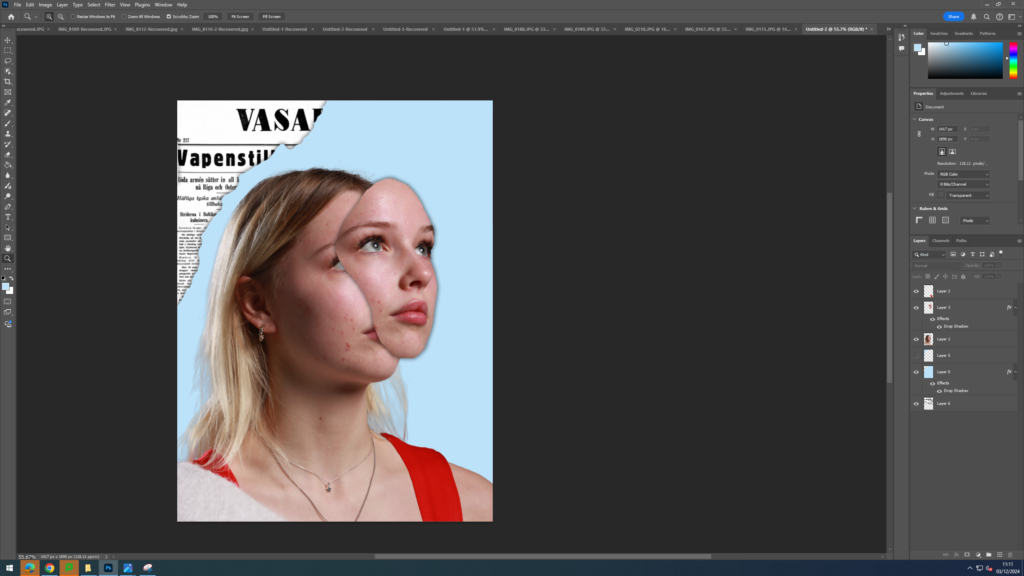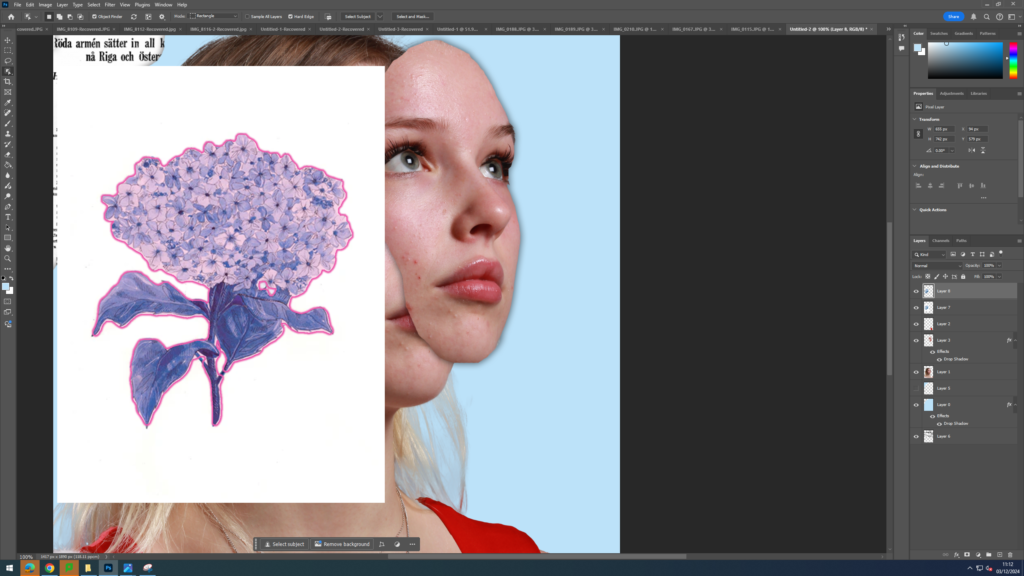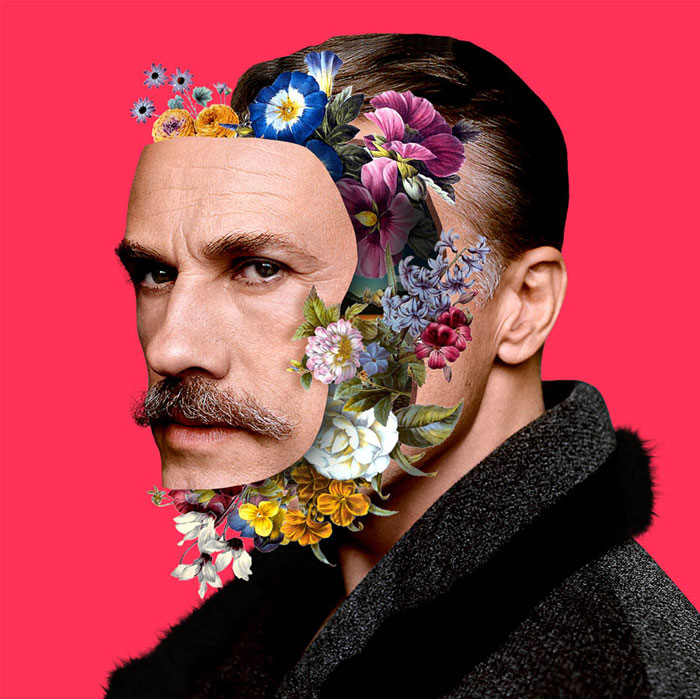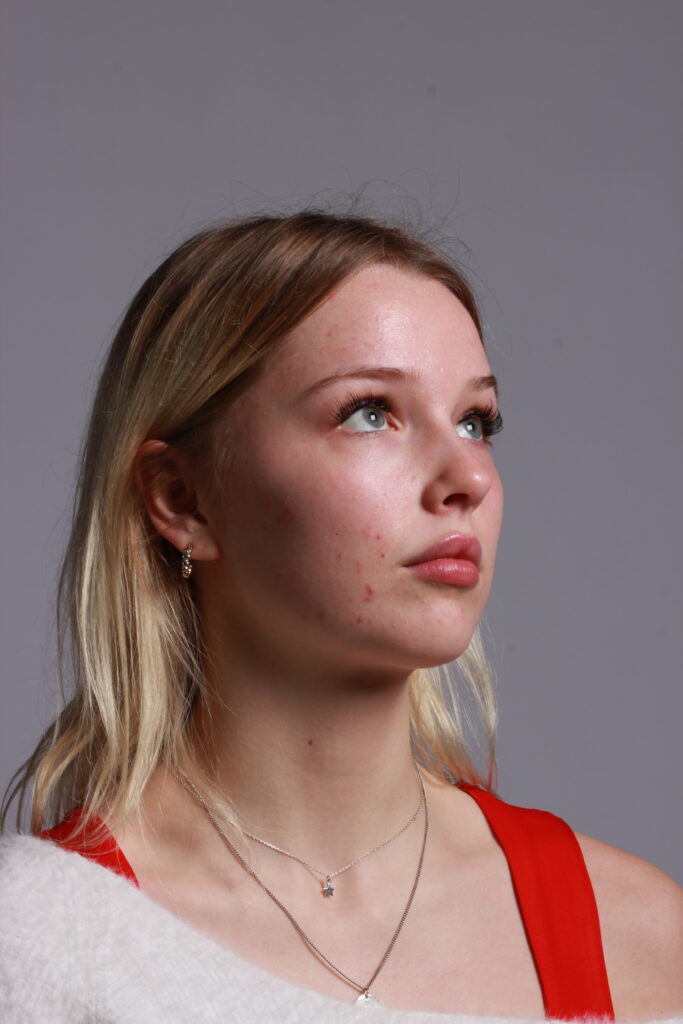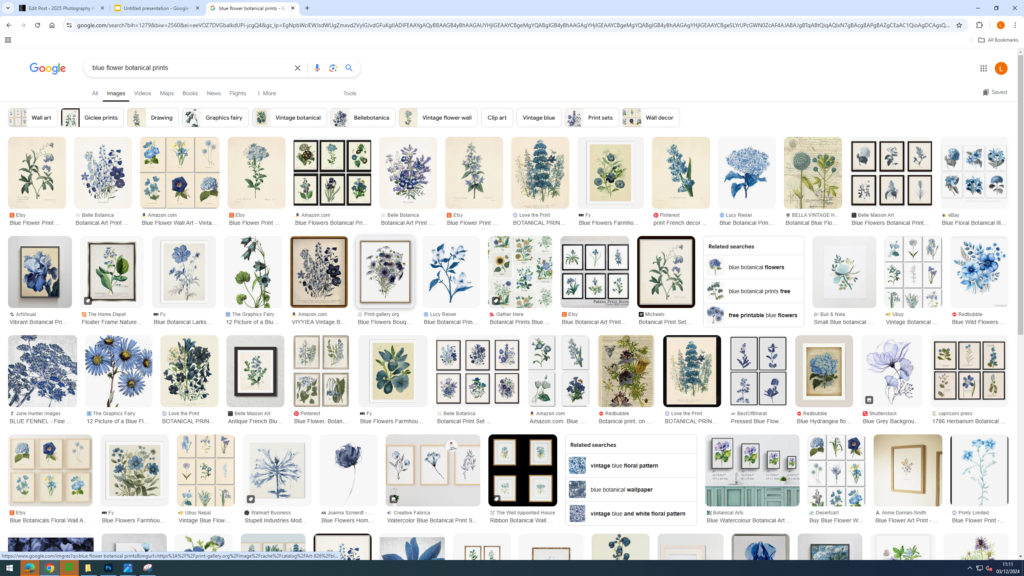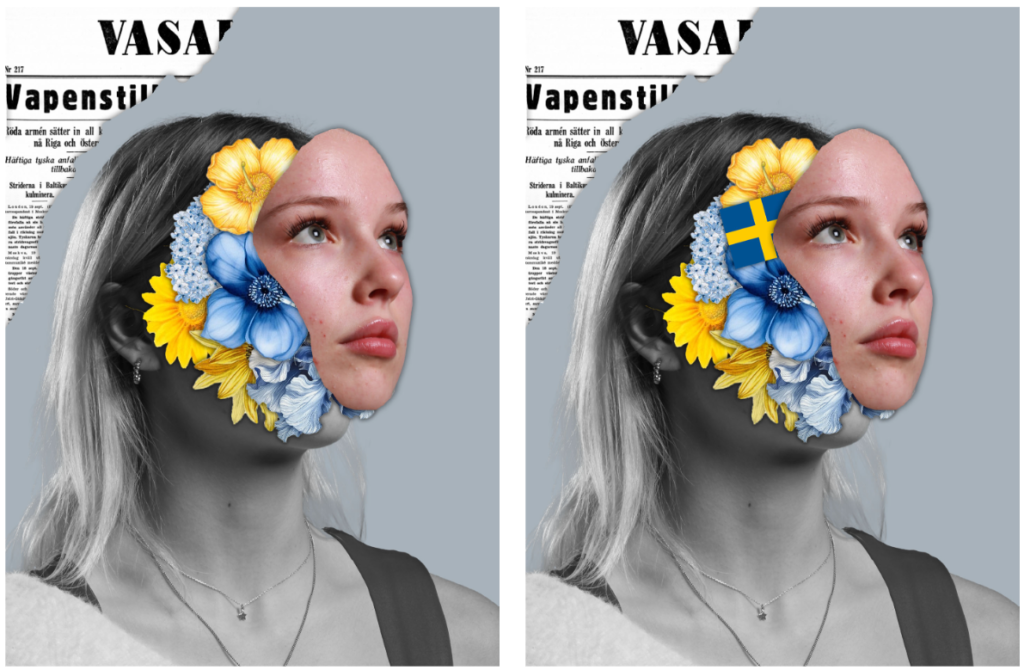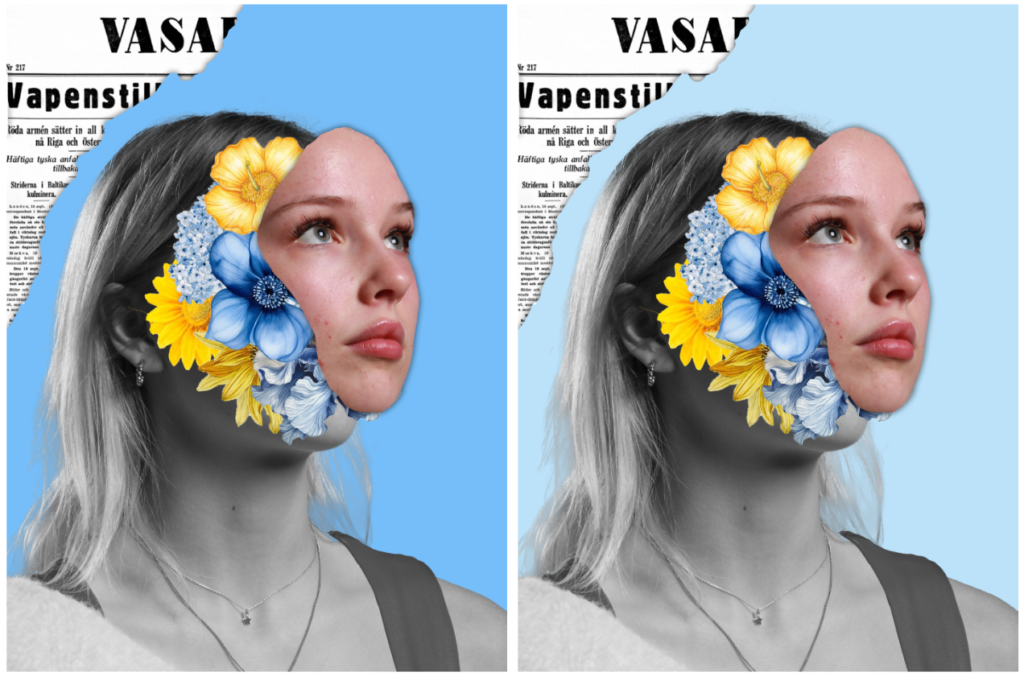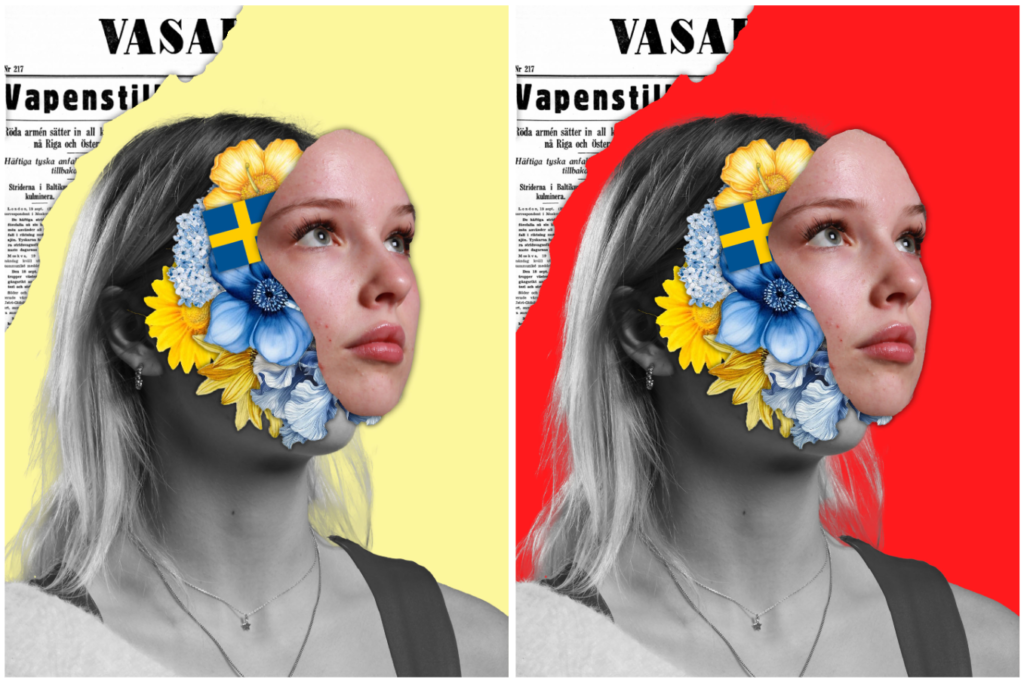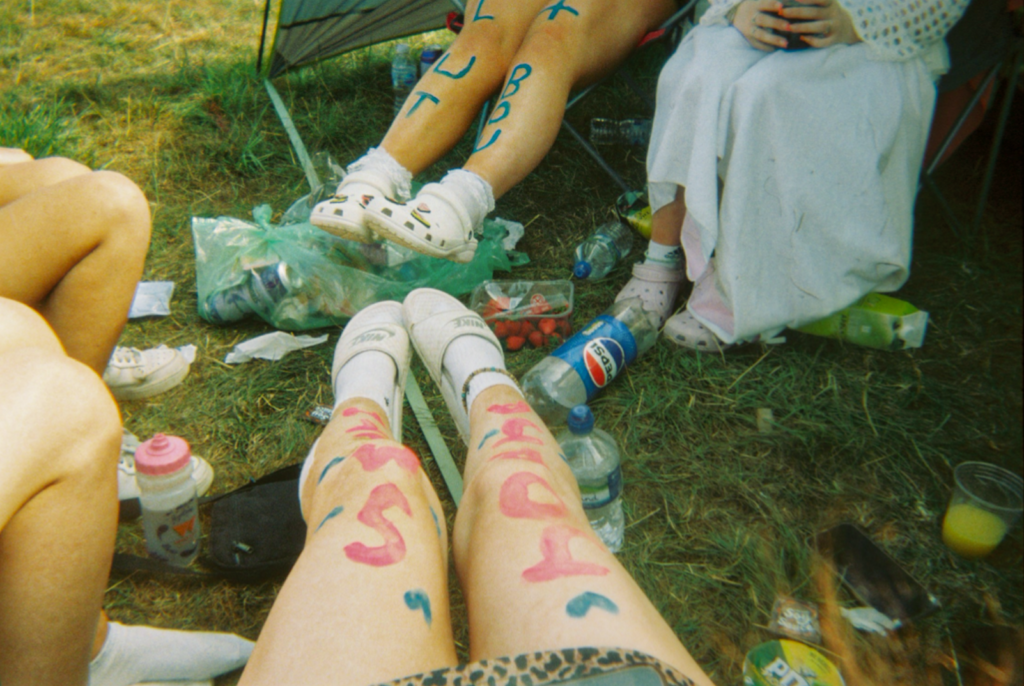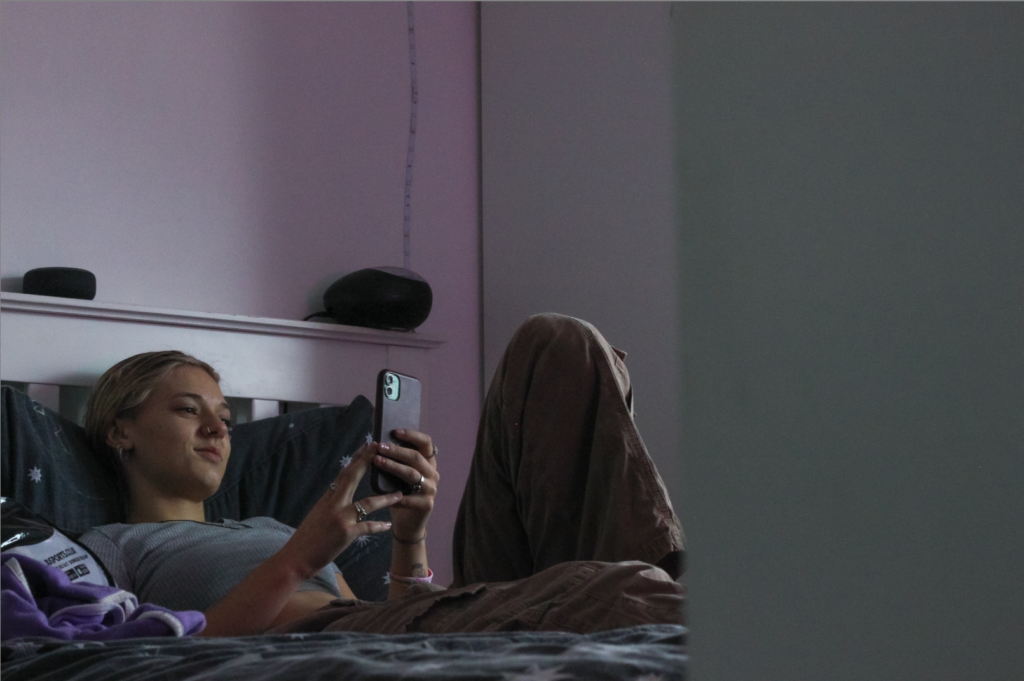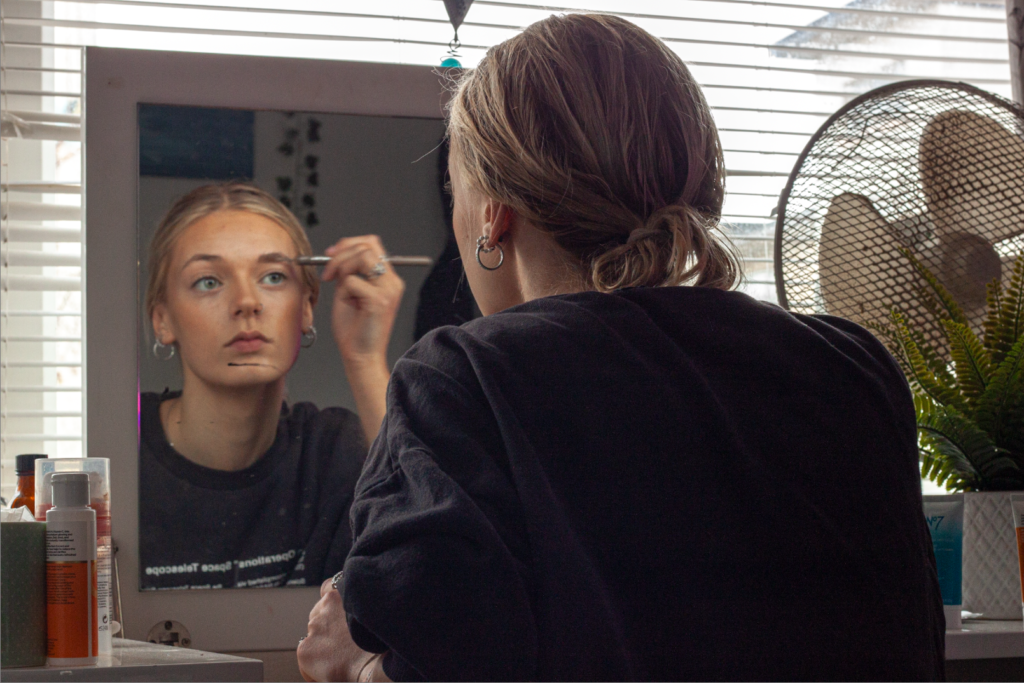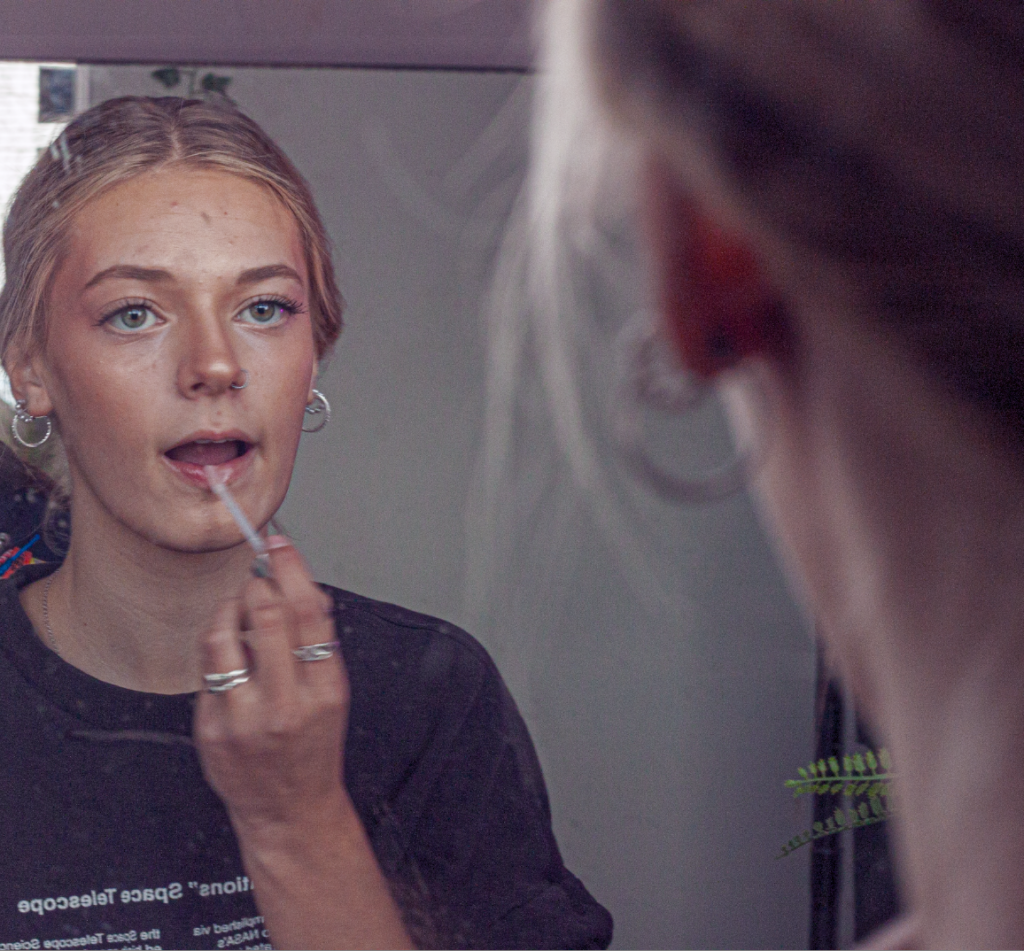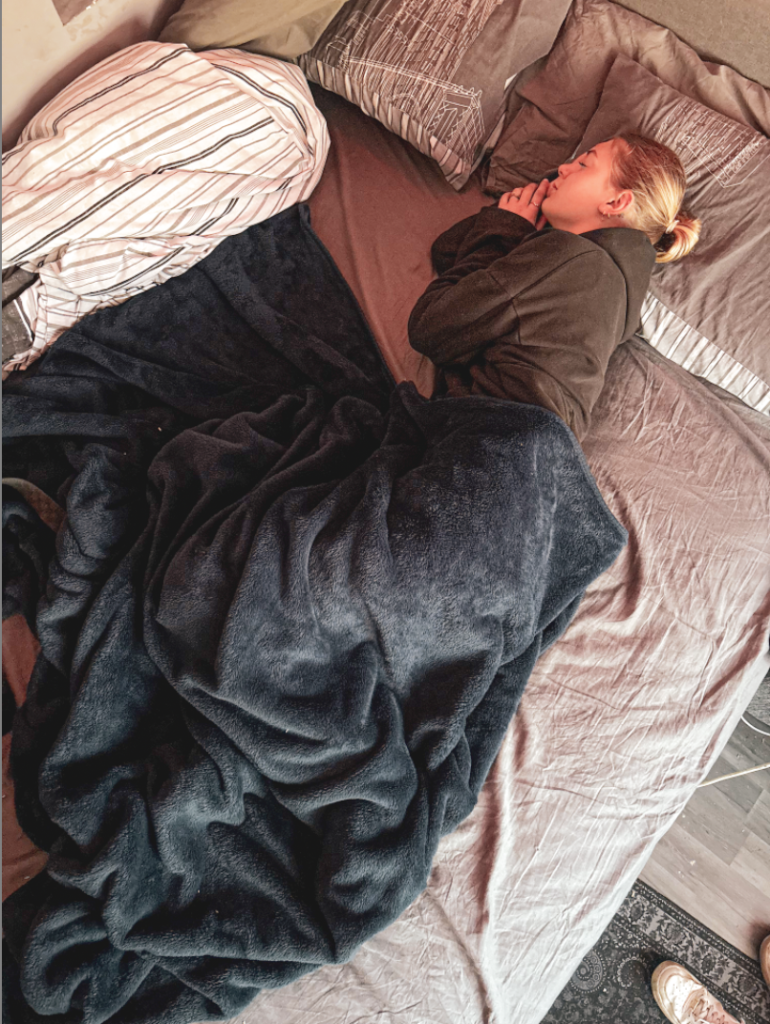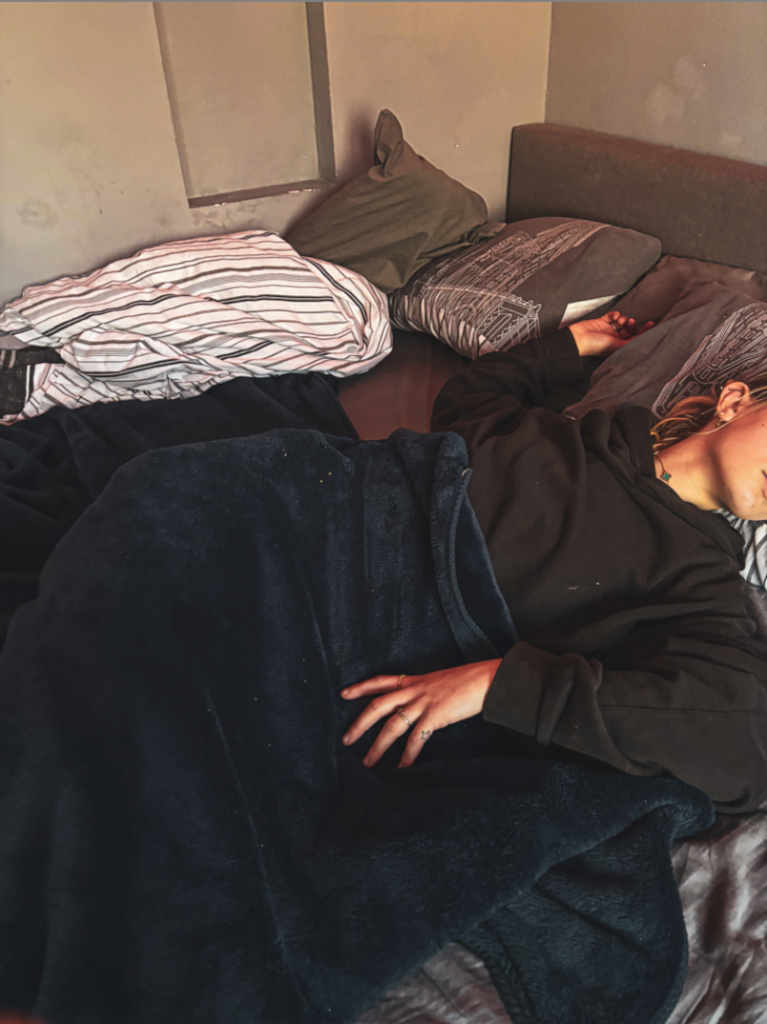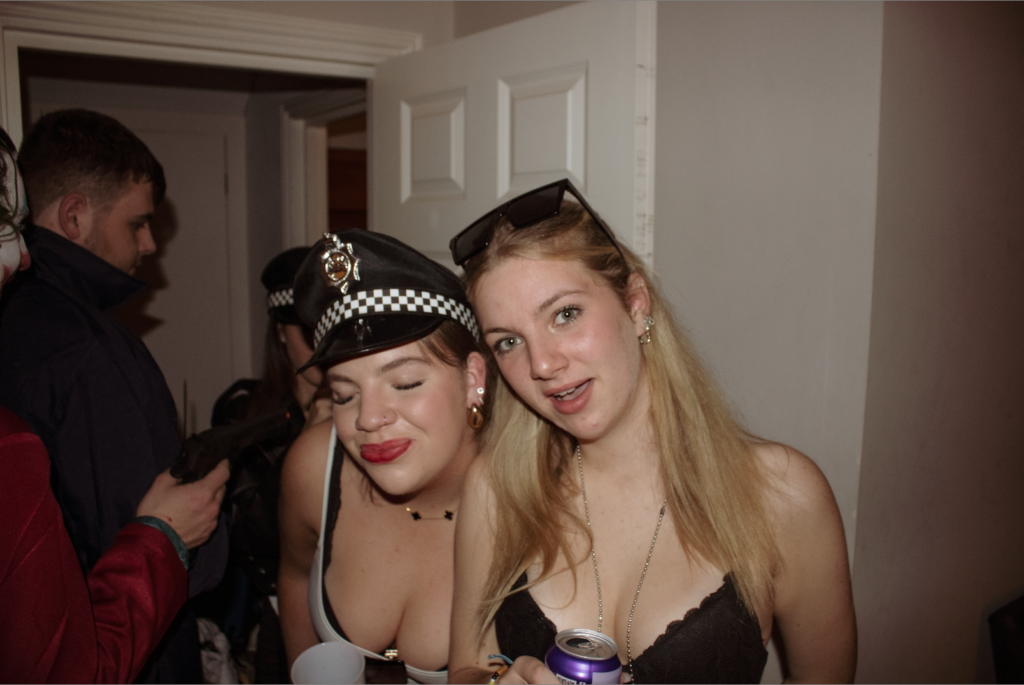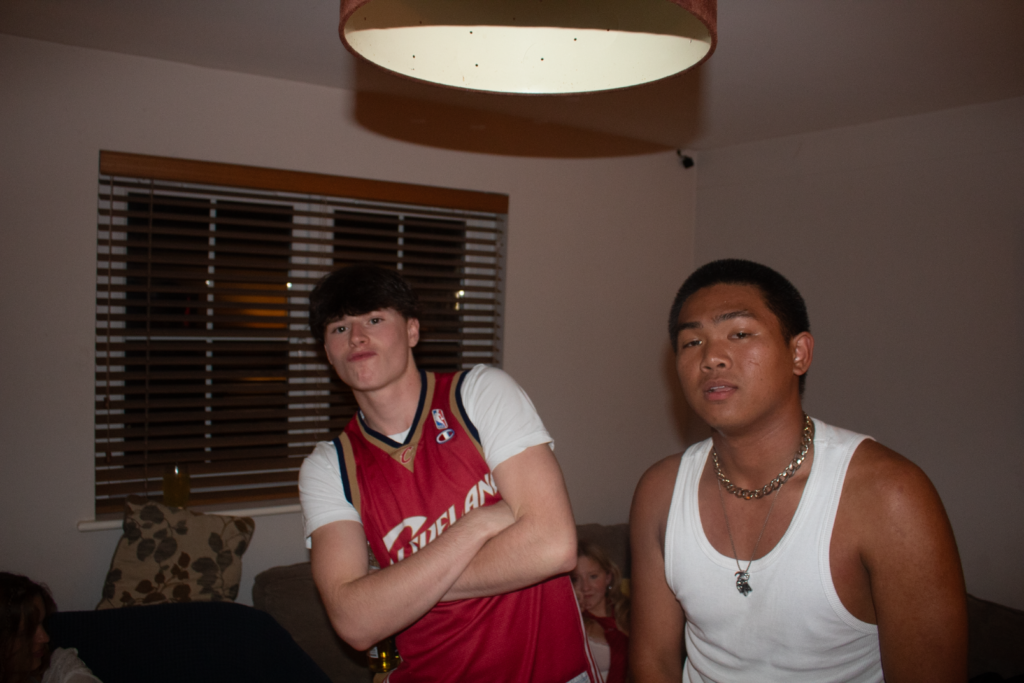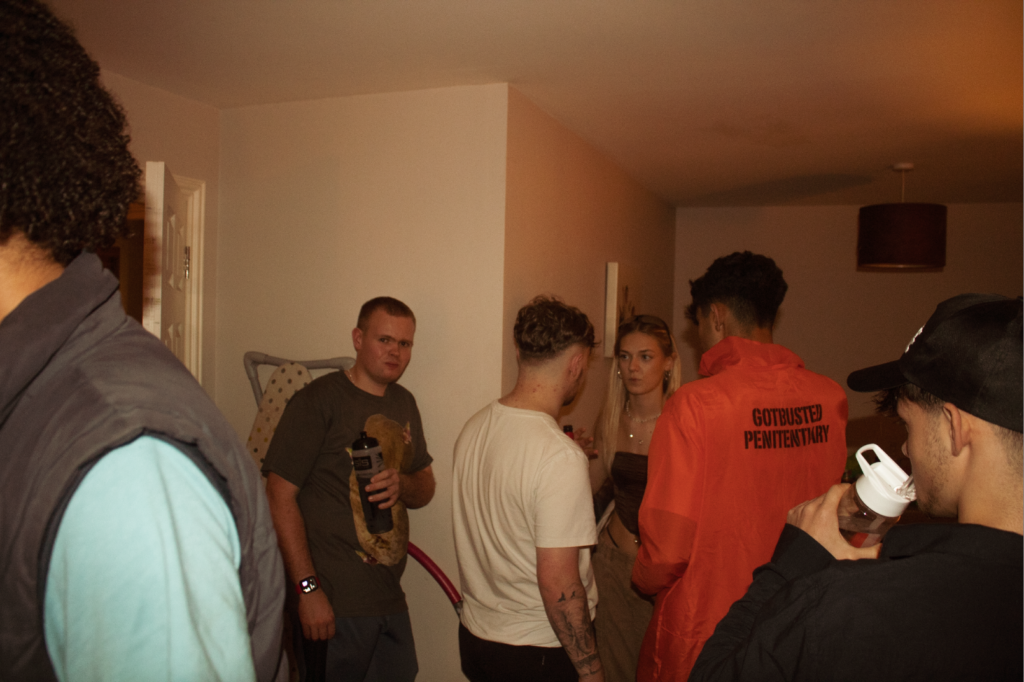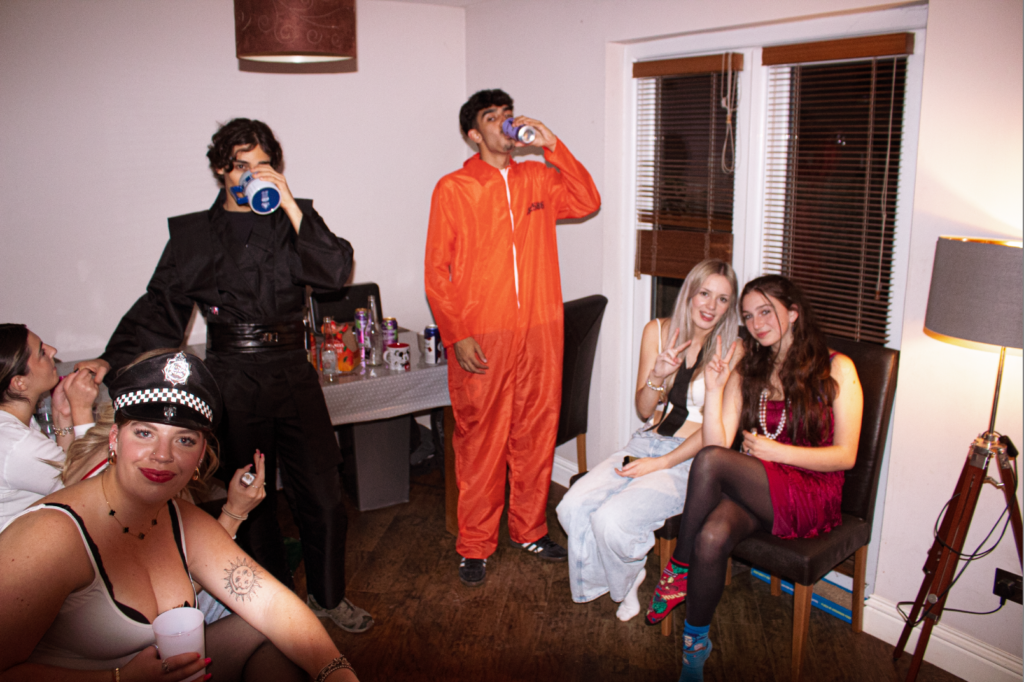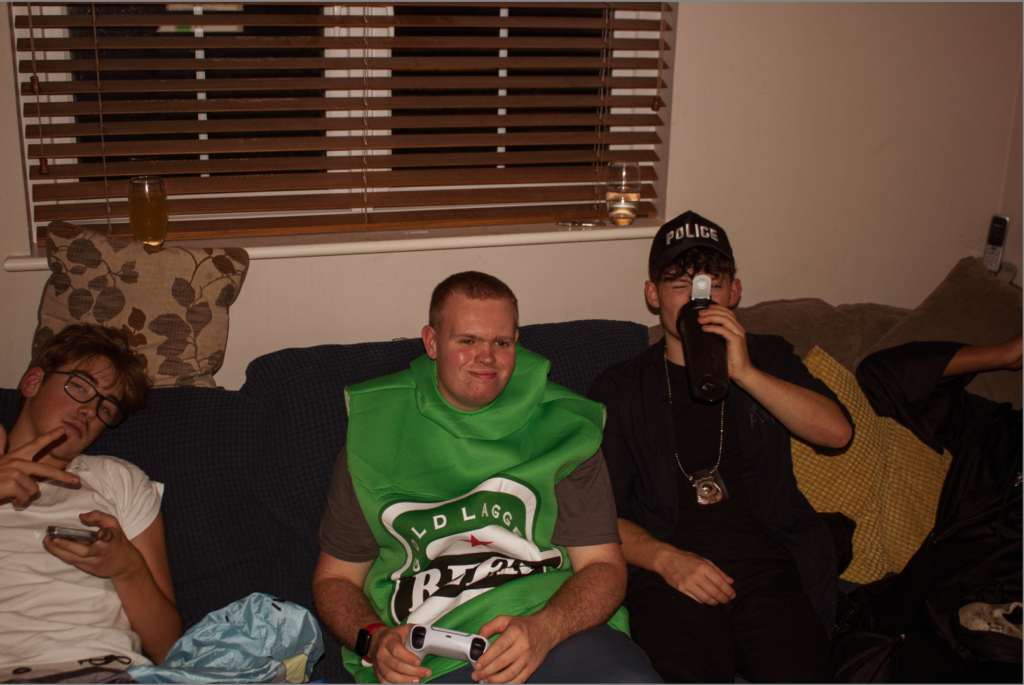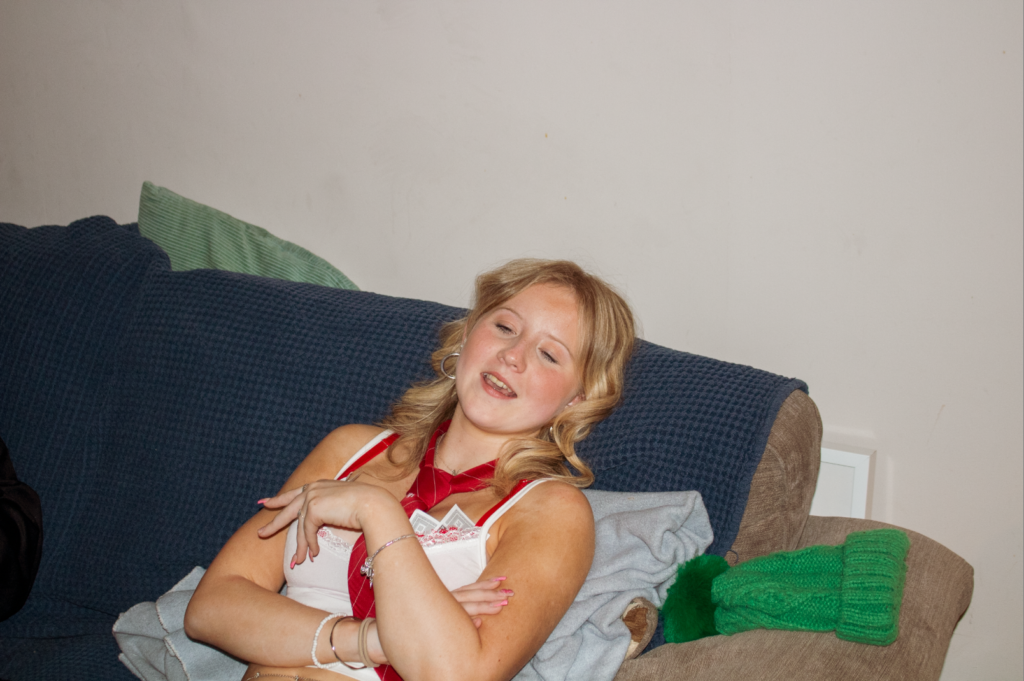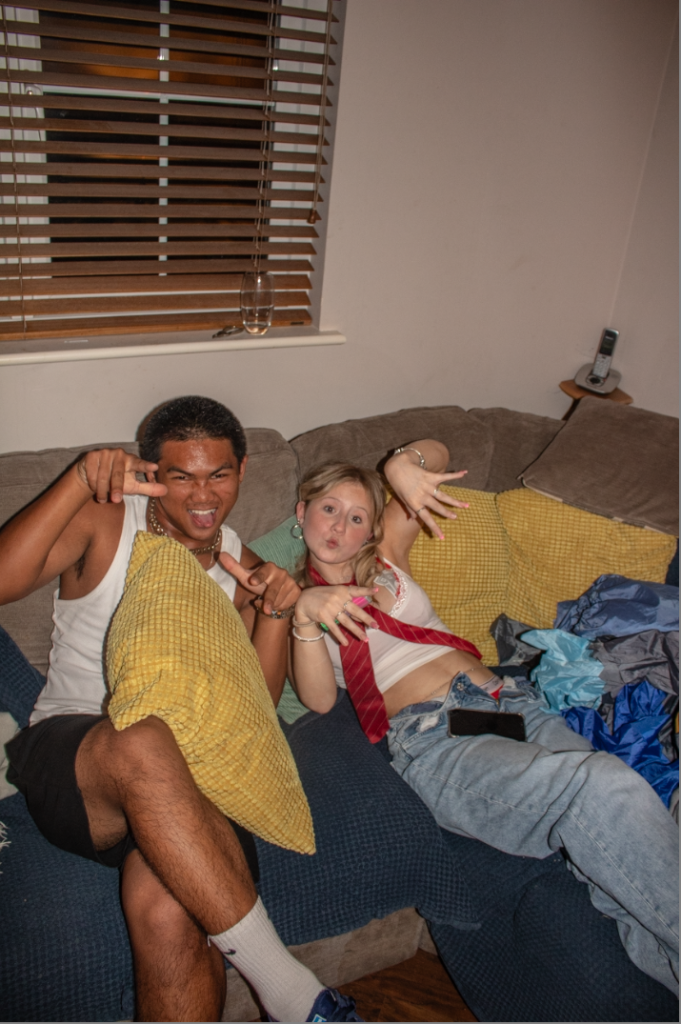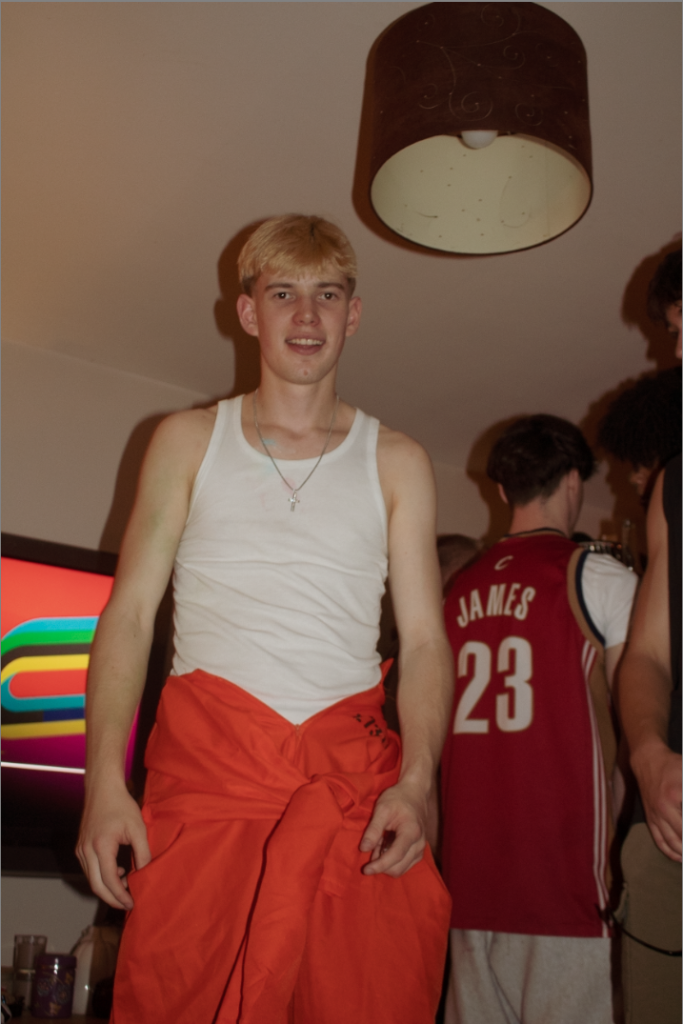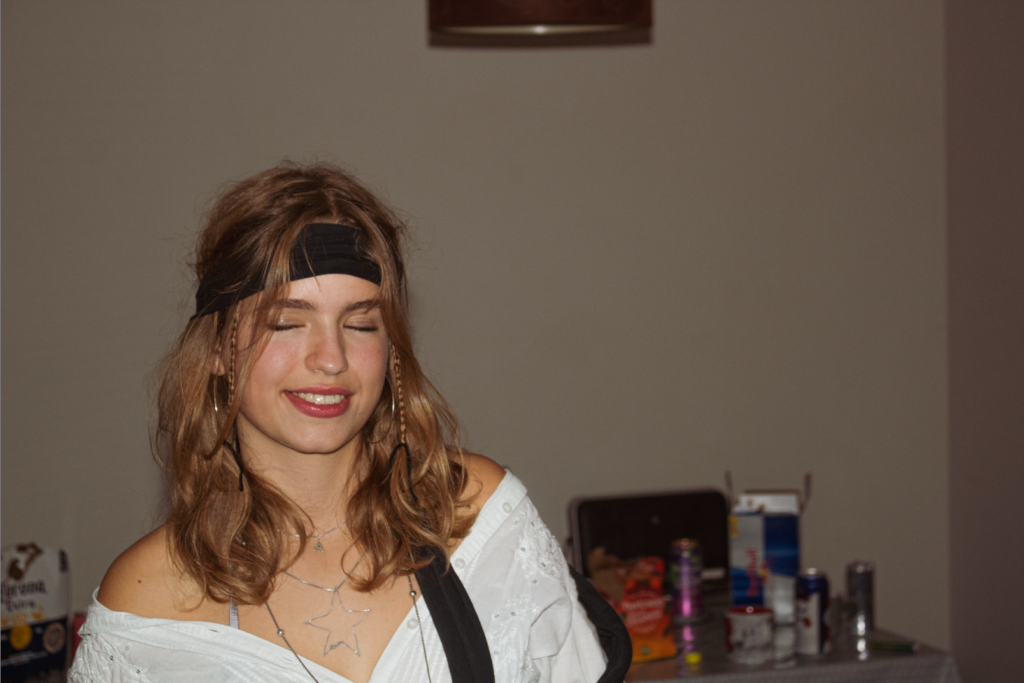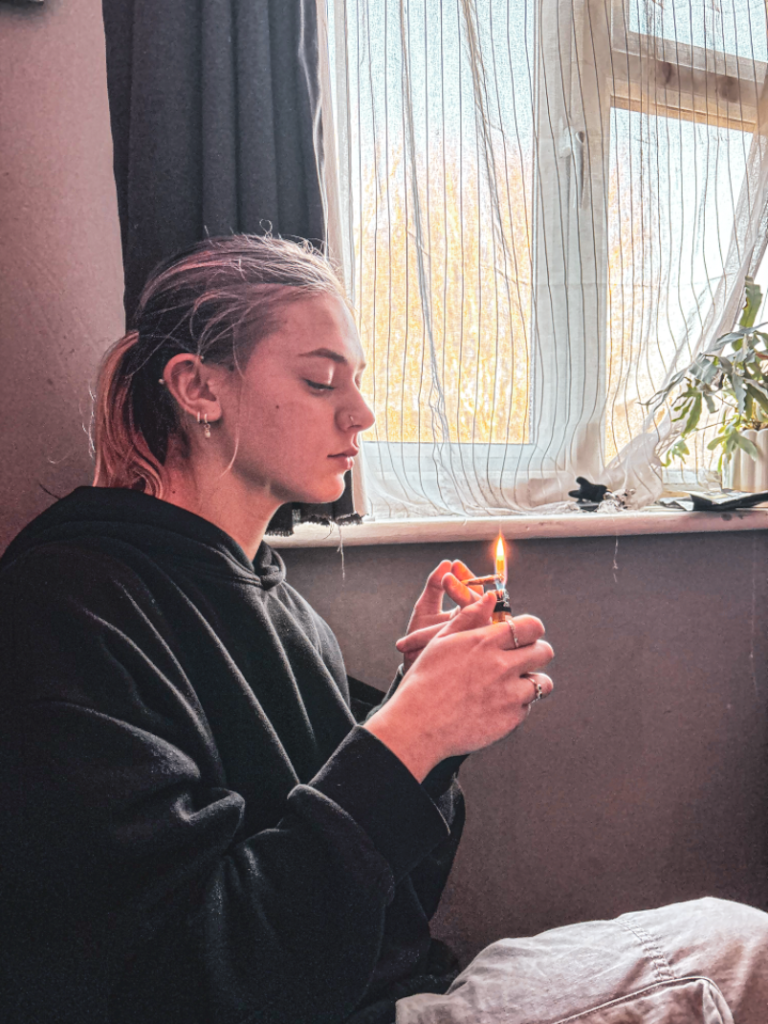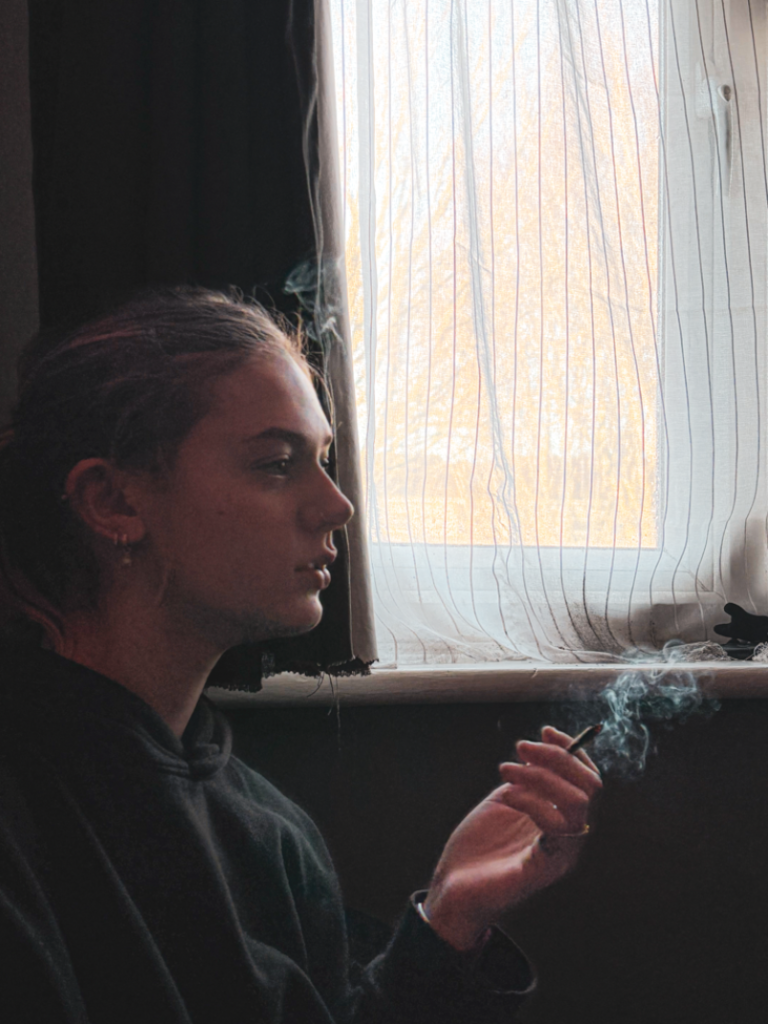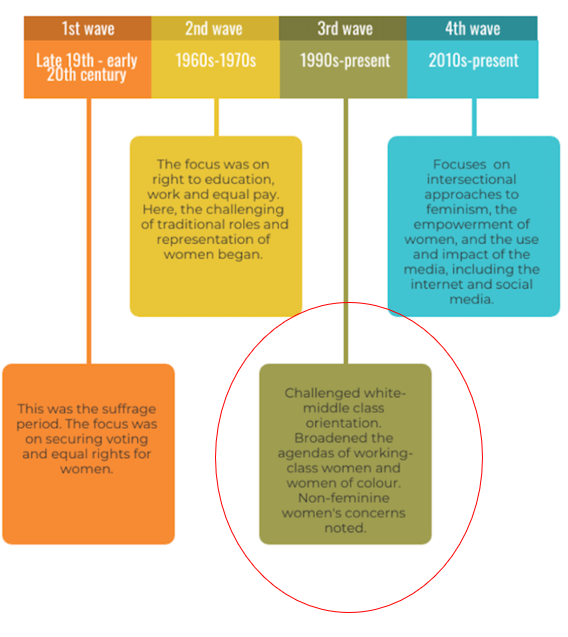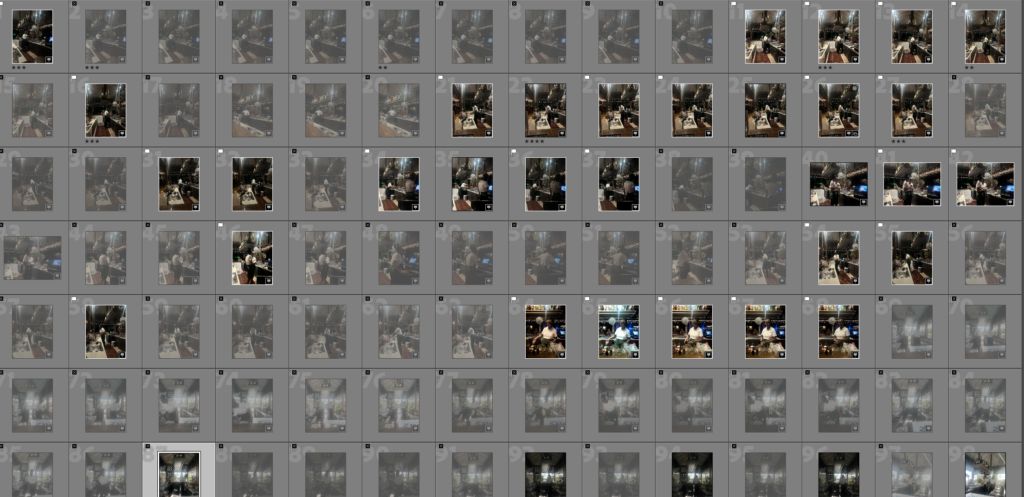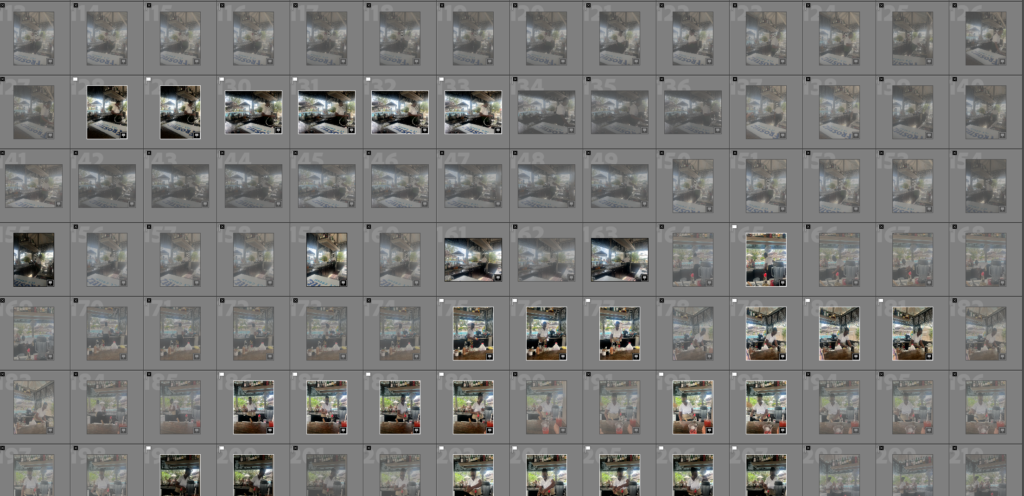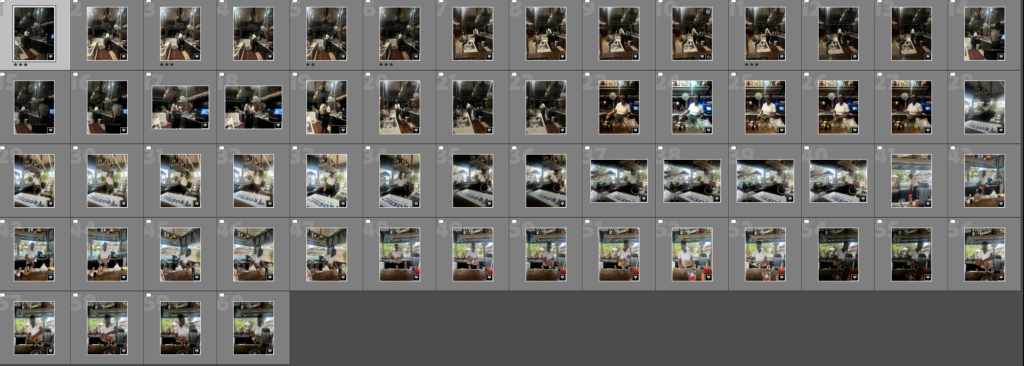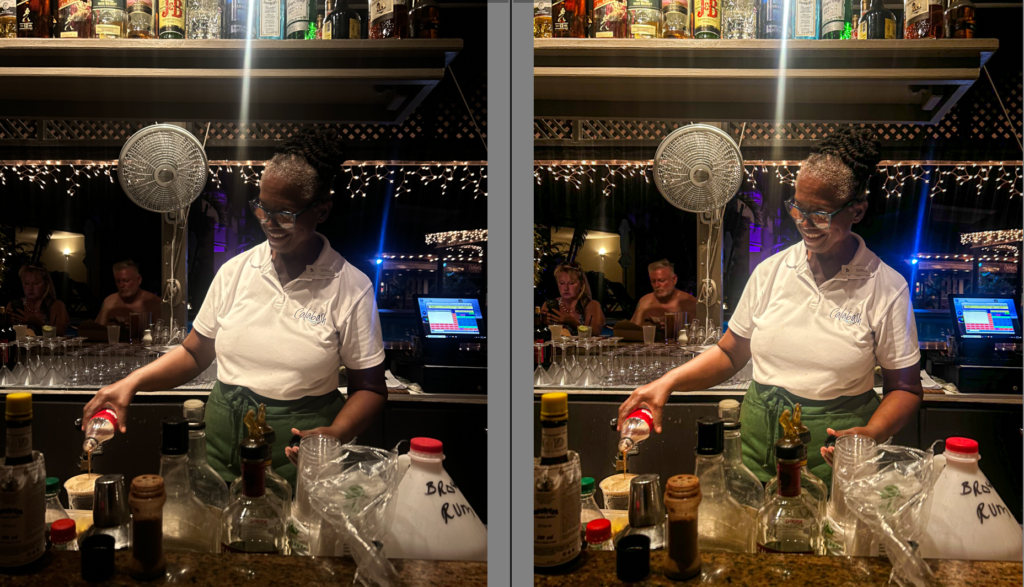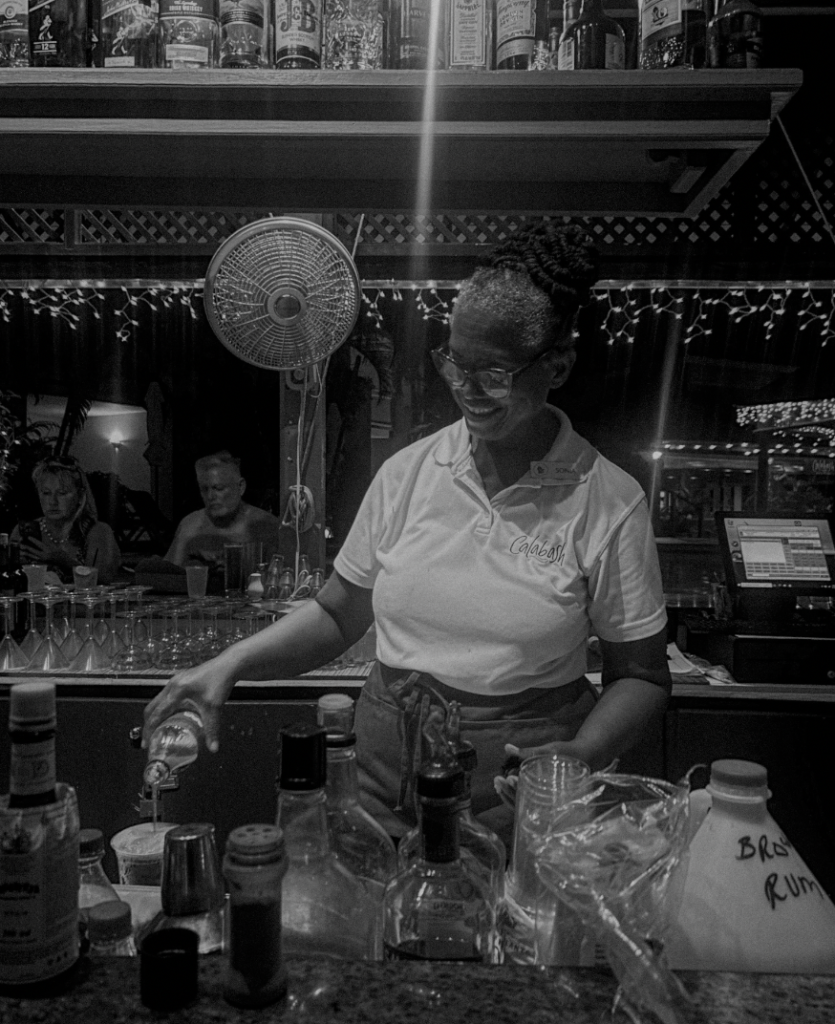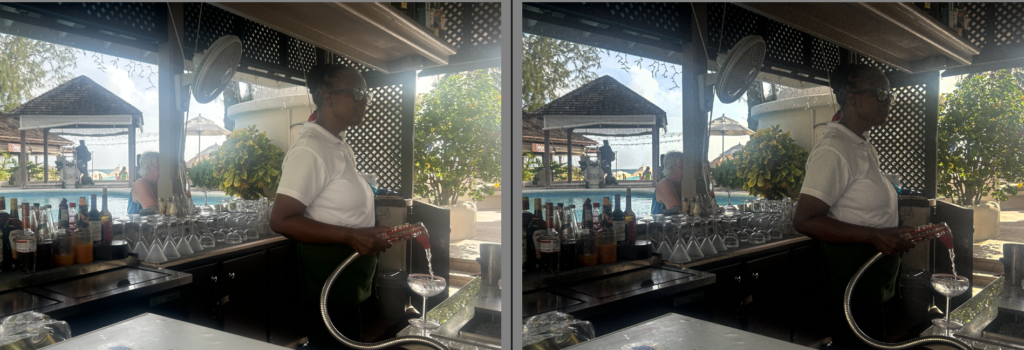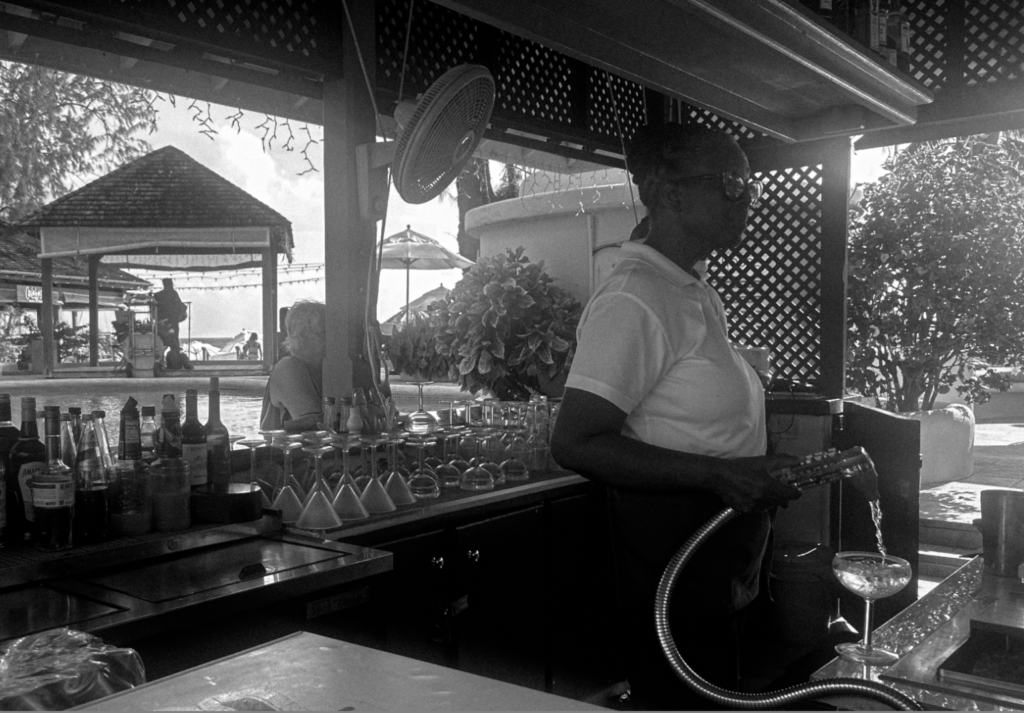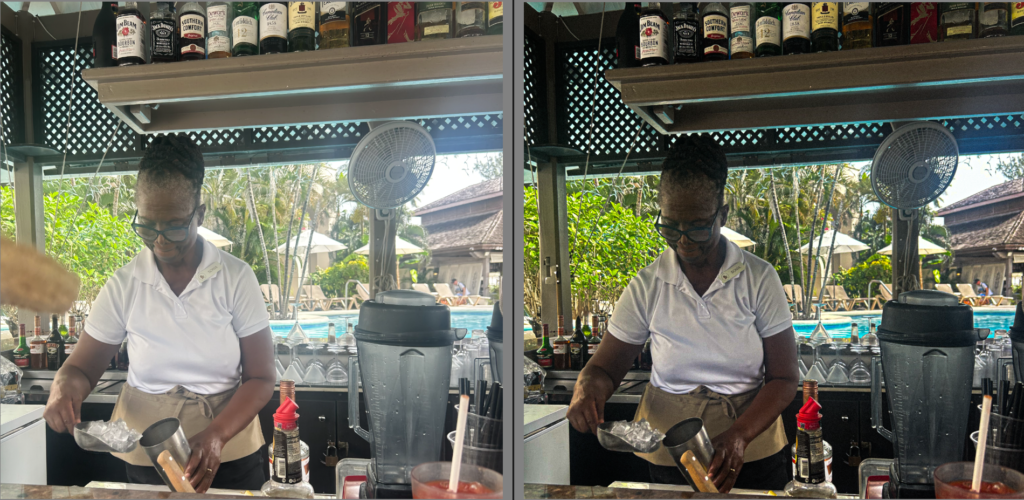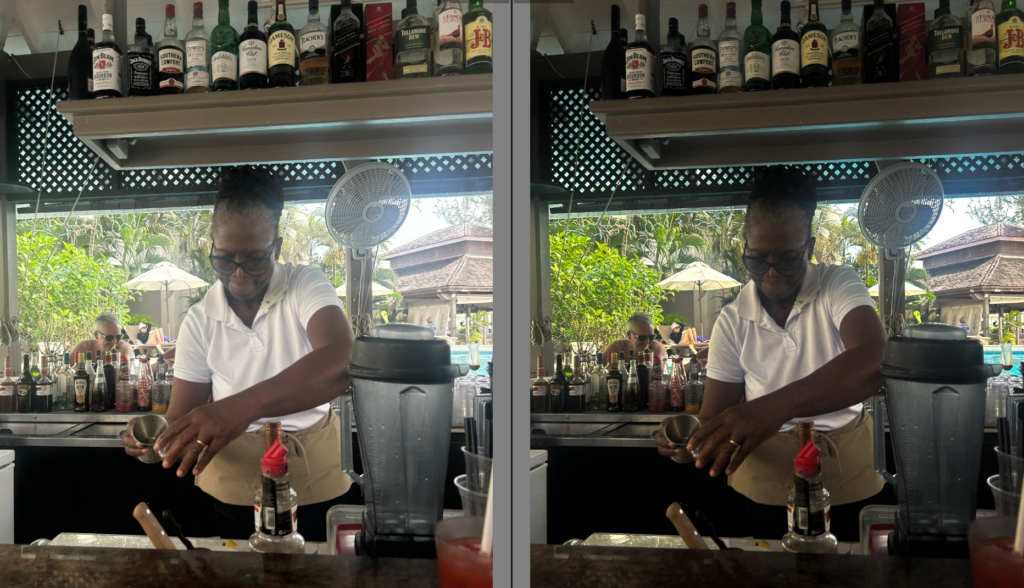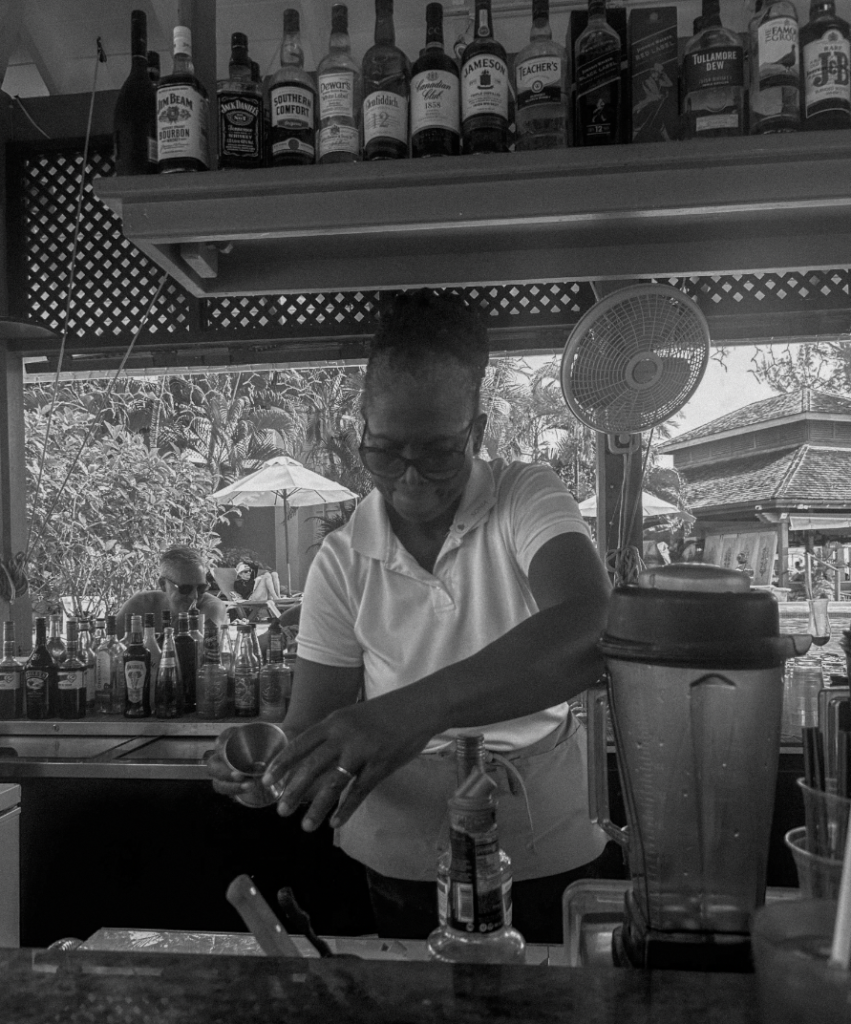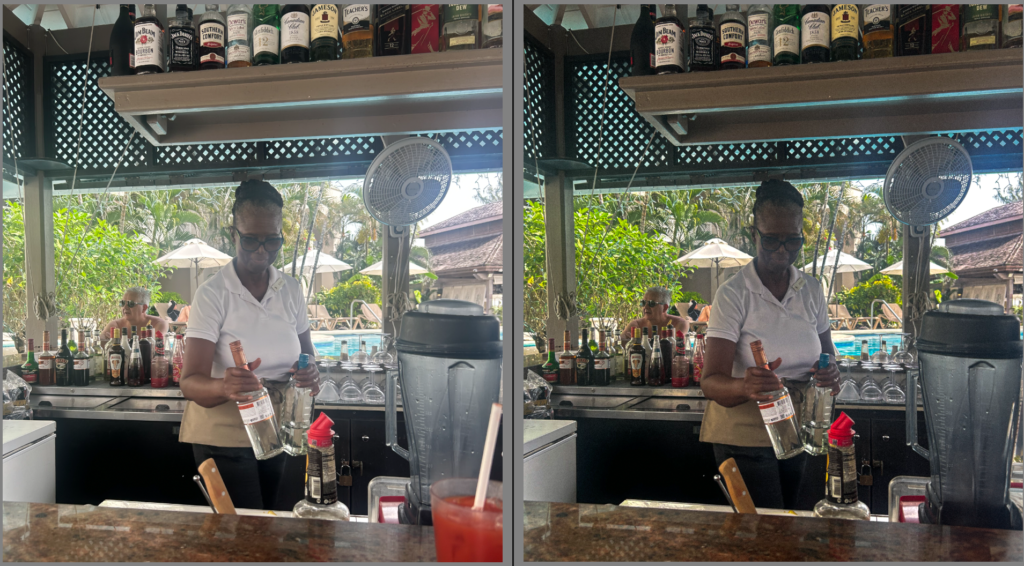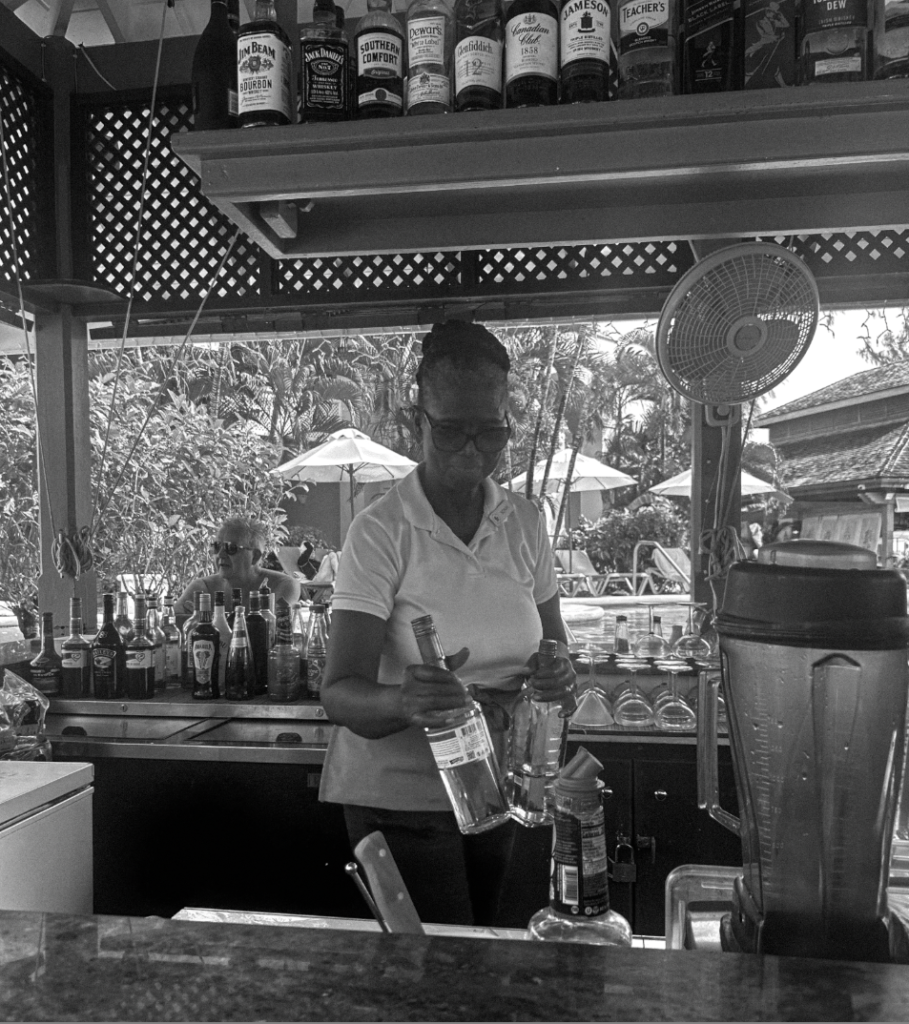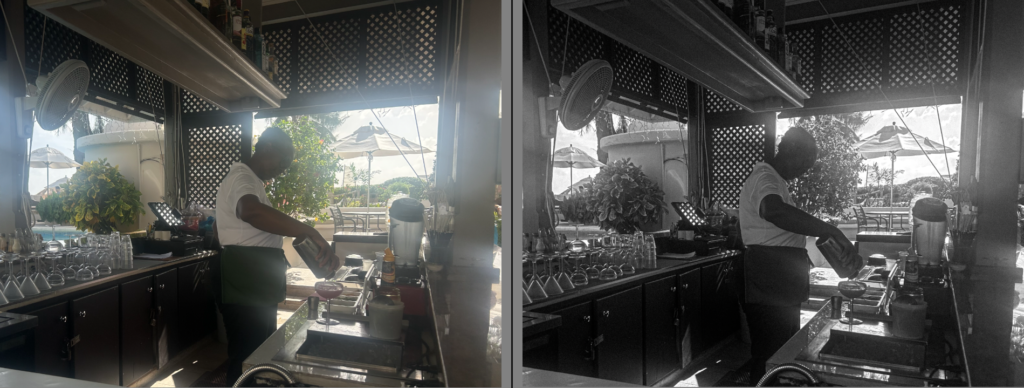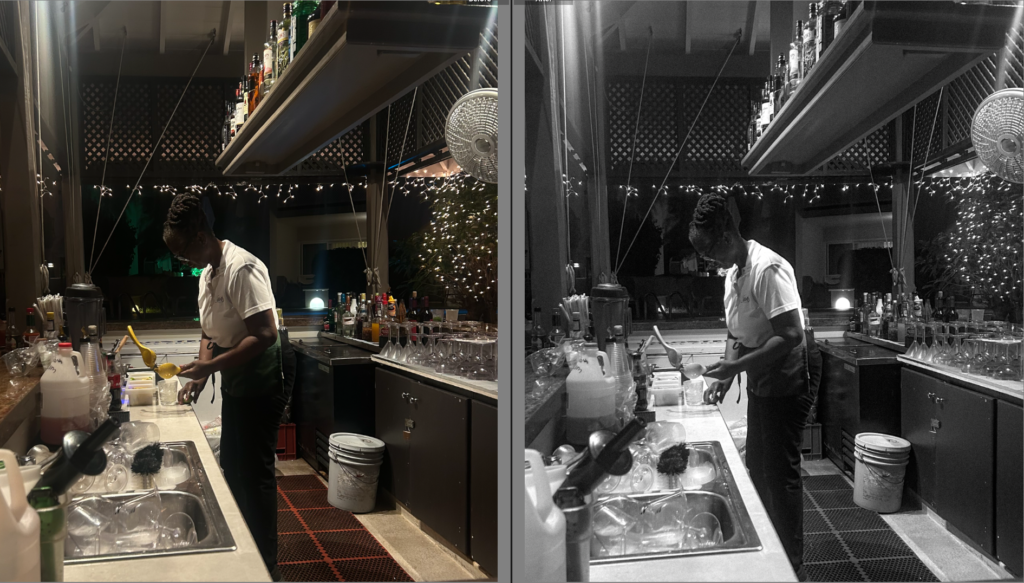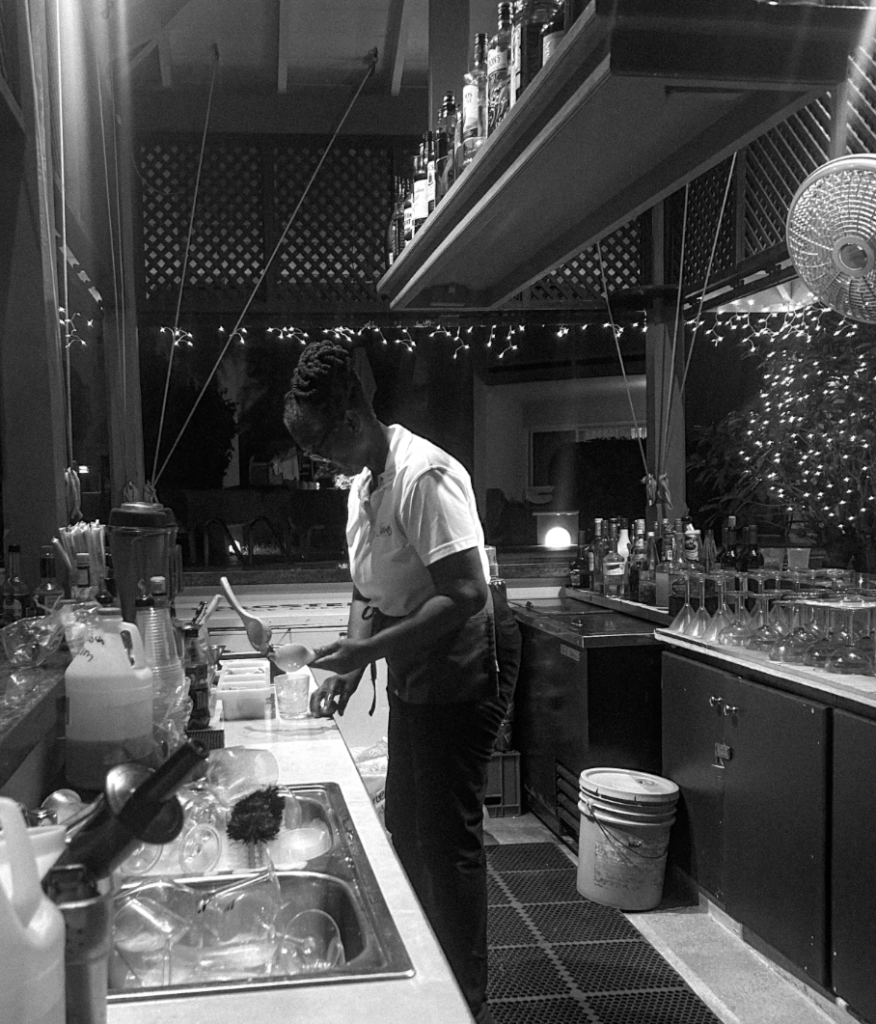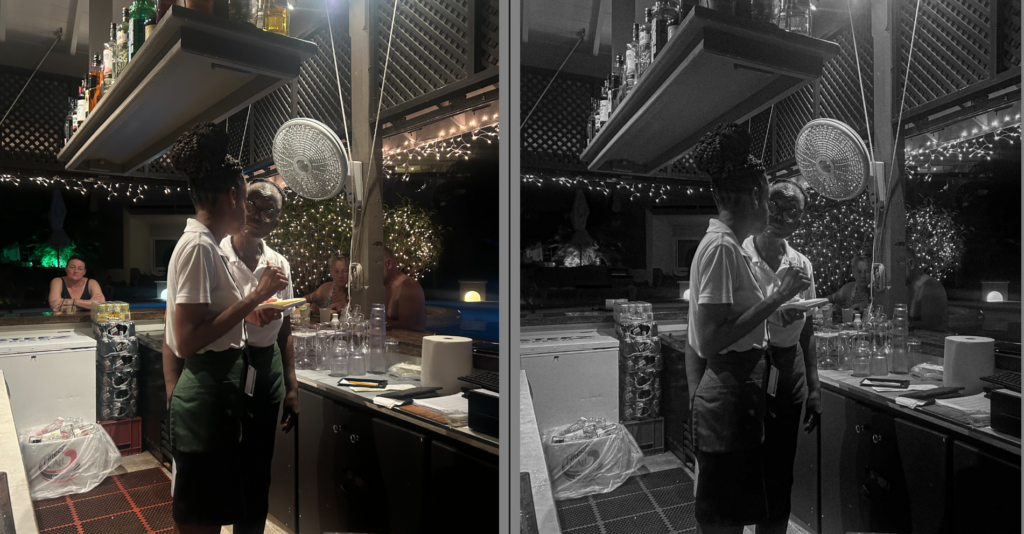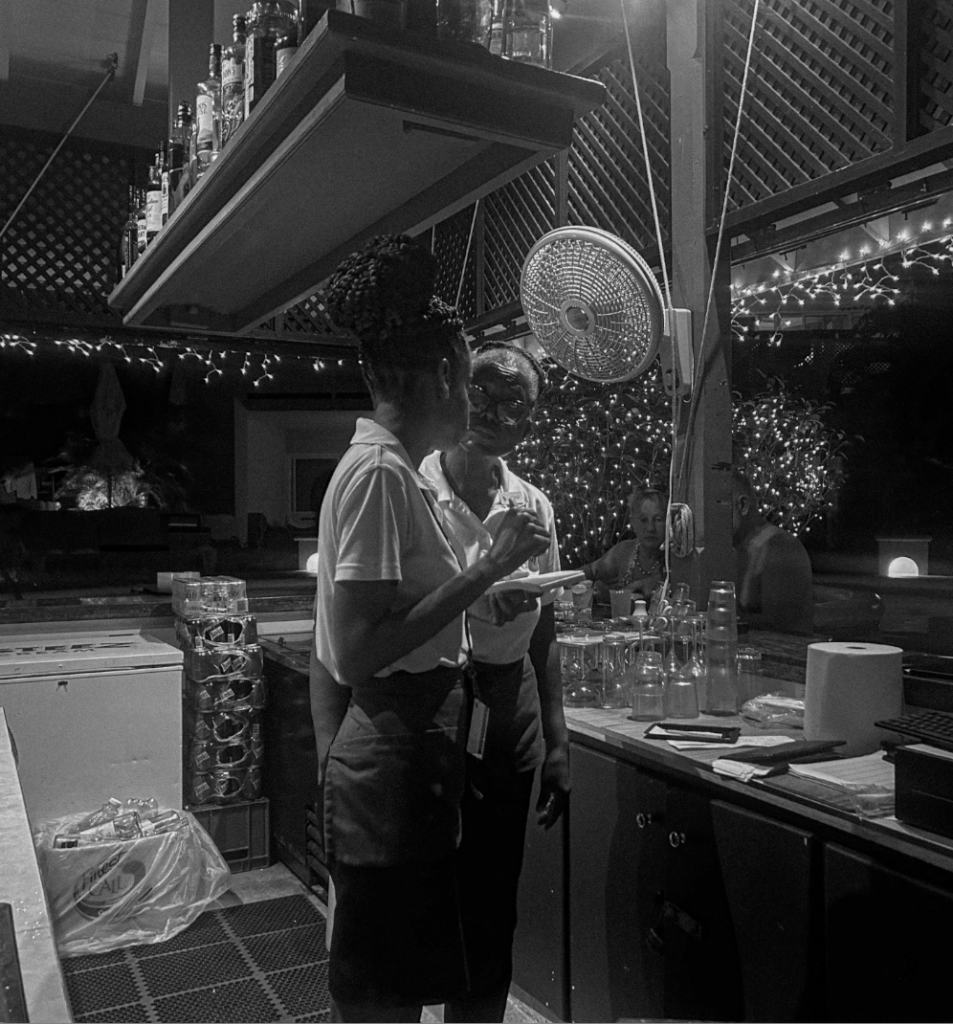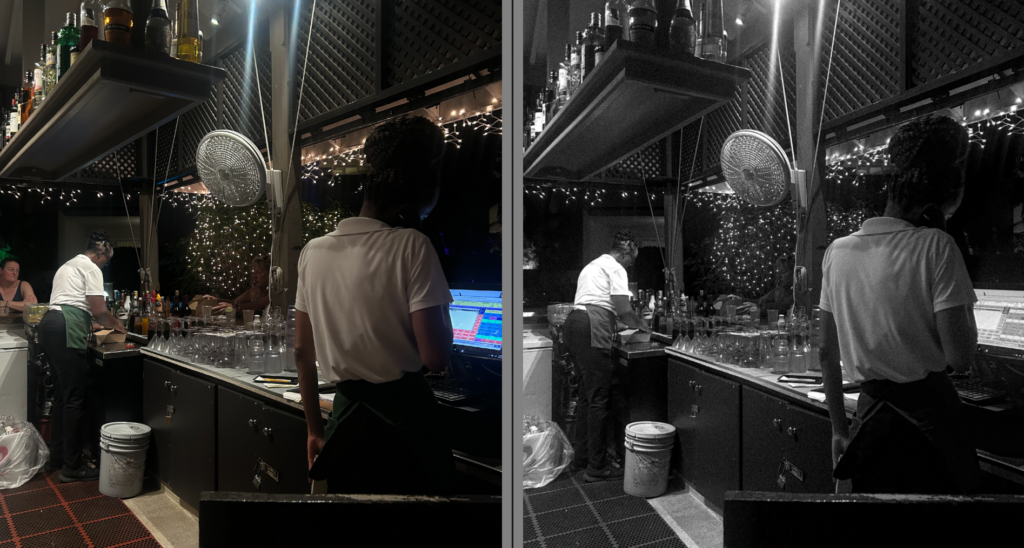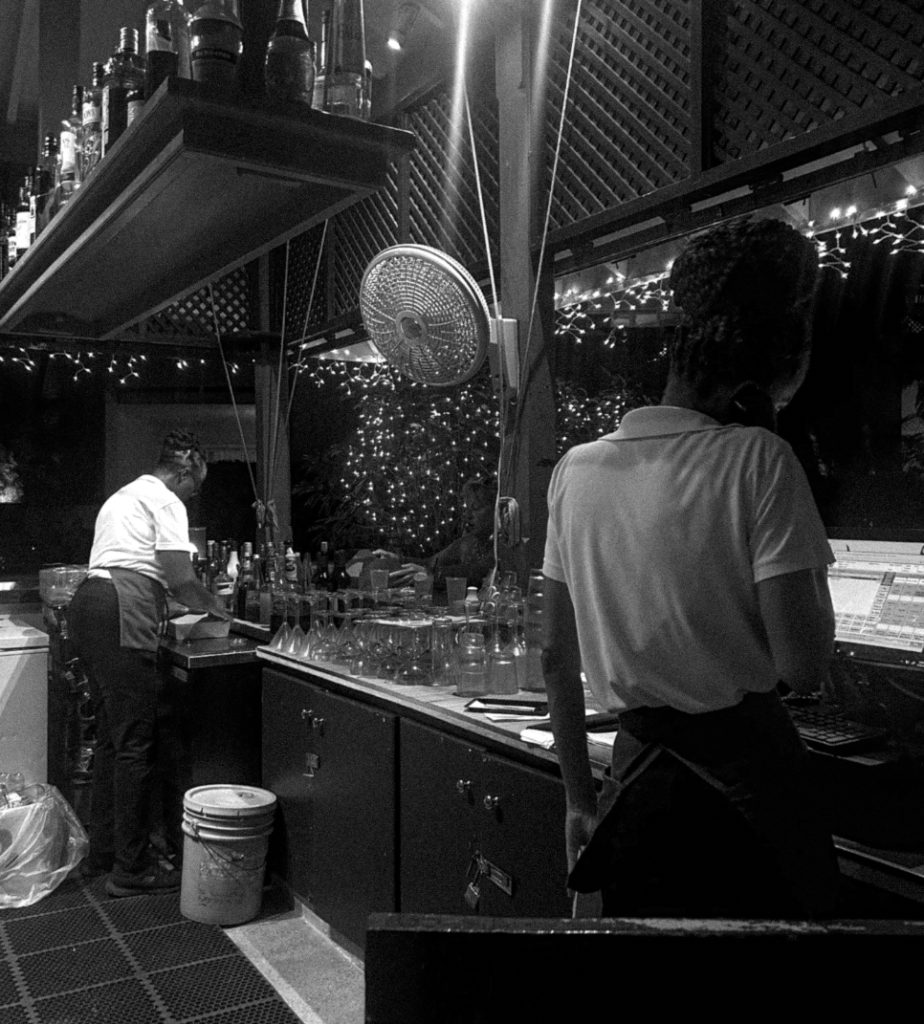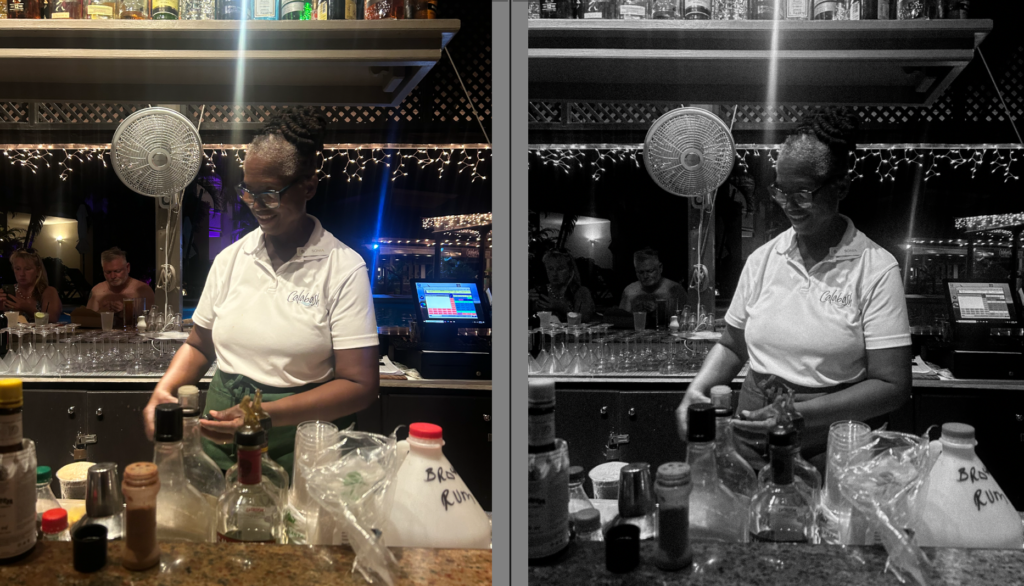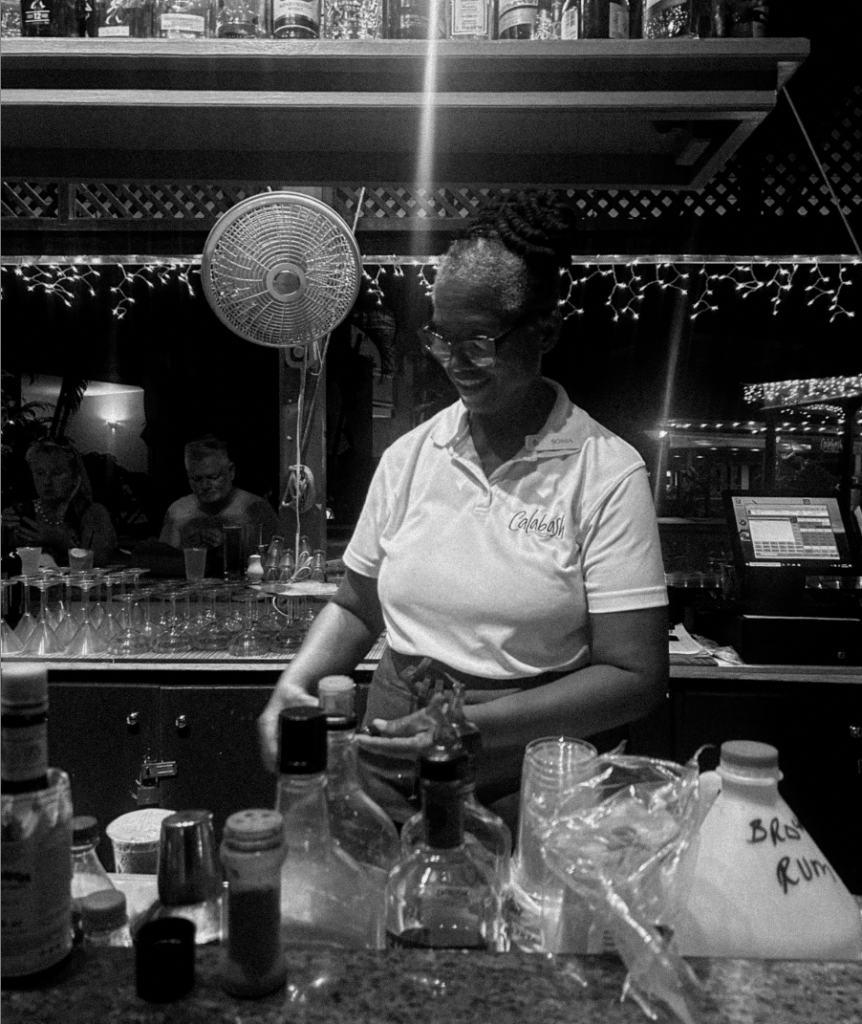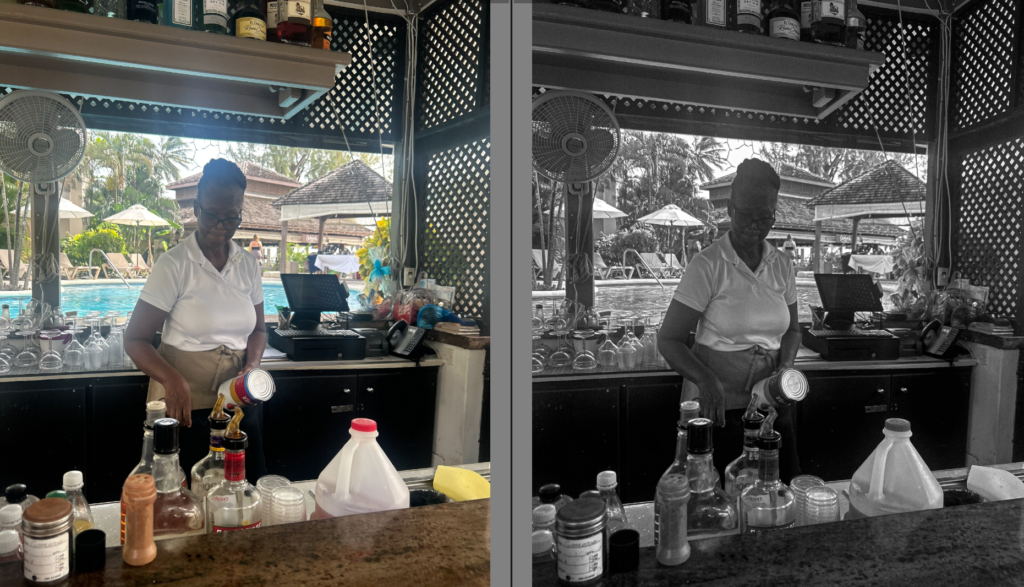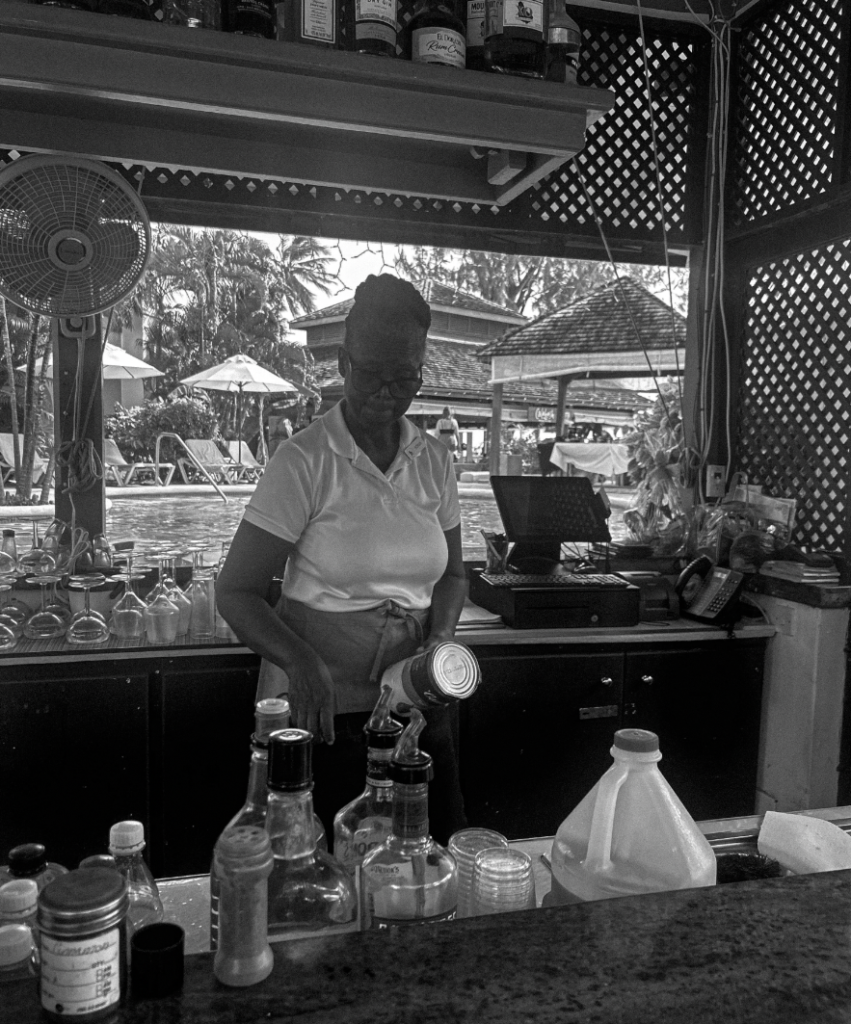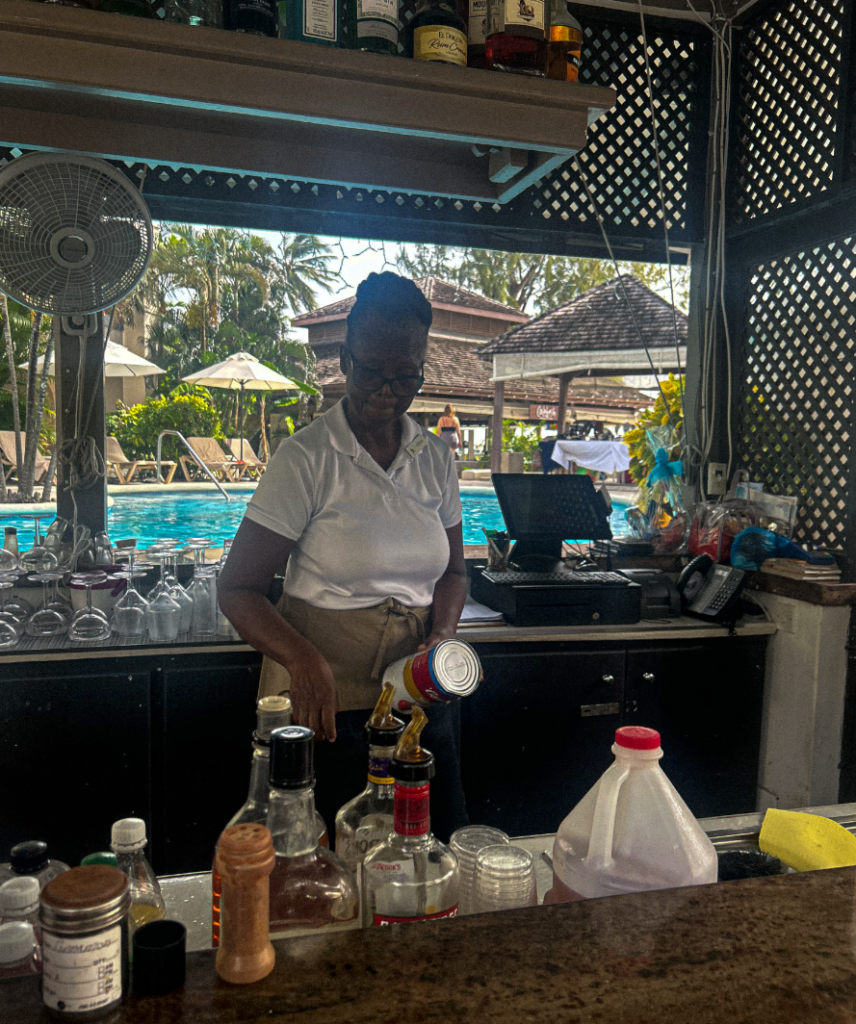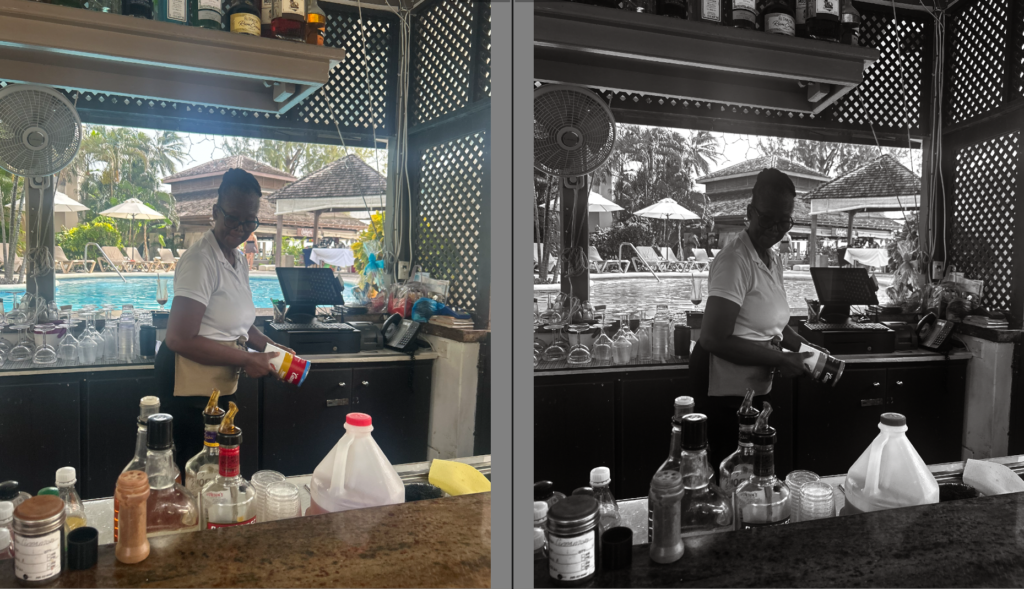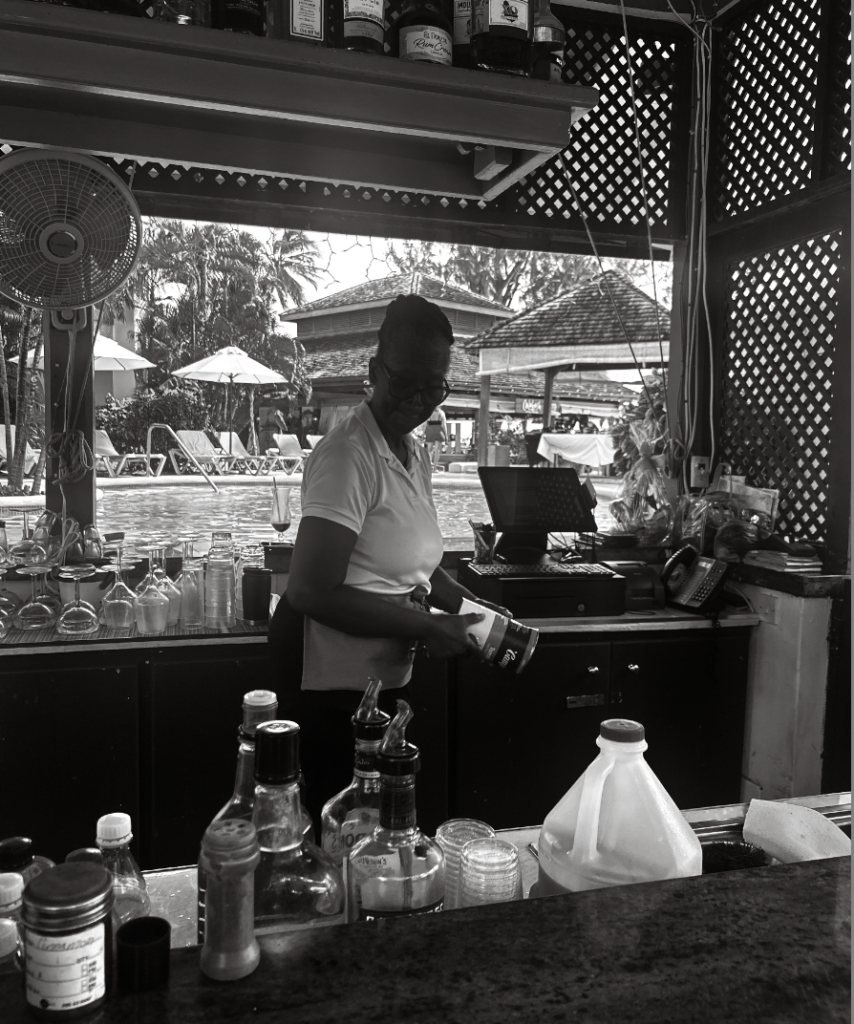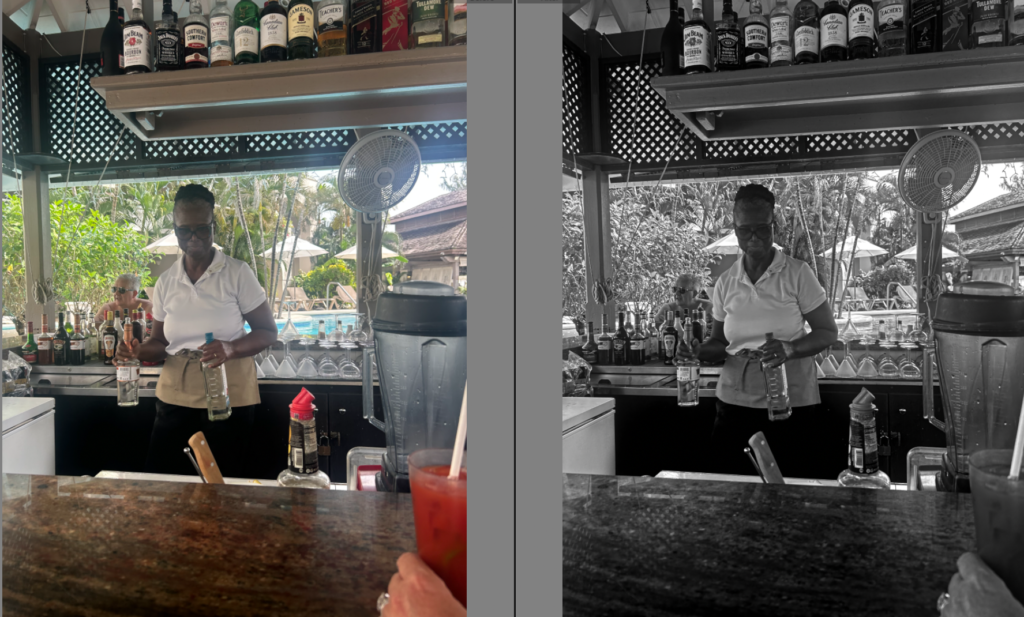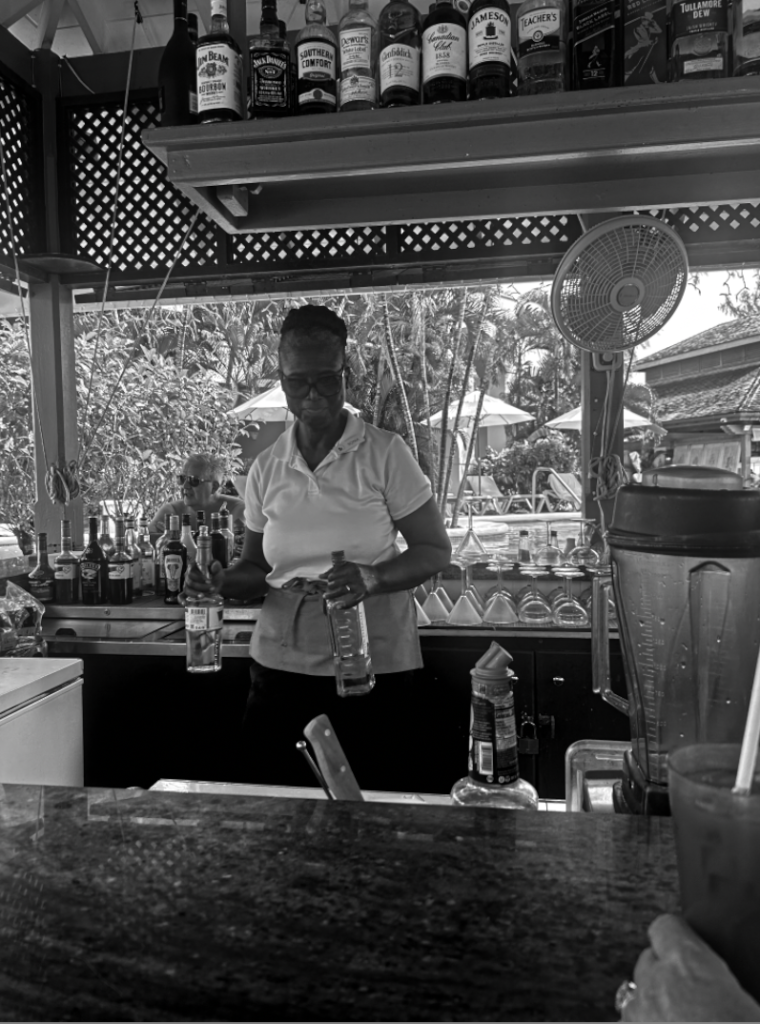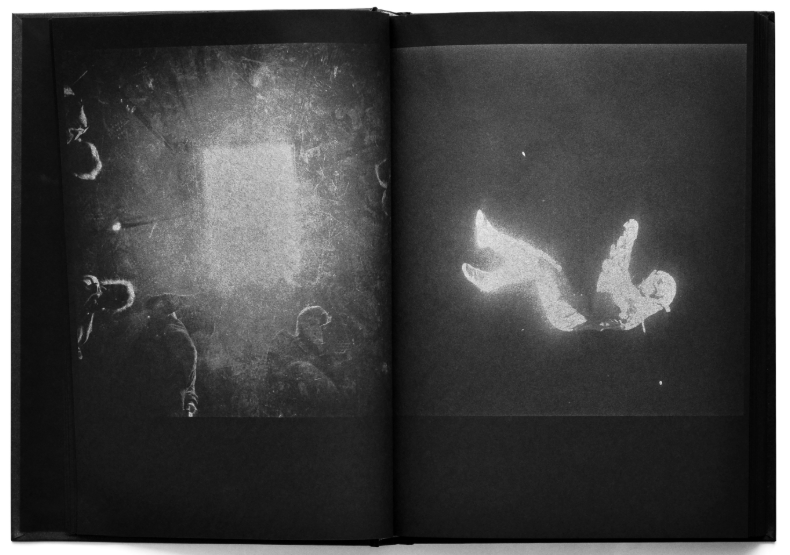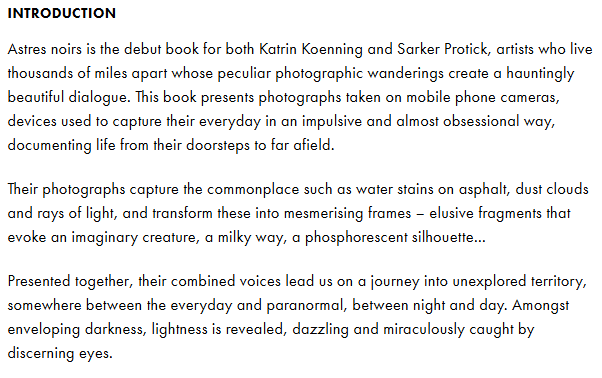Photobooks are a typical format for presenting a photographers gallery of images. These images are contained into a concept, collection or a story, having an overarching theme. Sequencing and placement of the images are defining factors that contribute to the aesthetic of the book, however many photographers sometimes use text to relate these images to more qualitative information too.
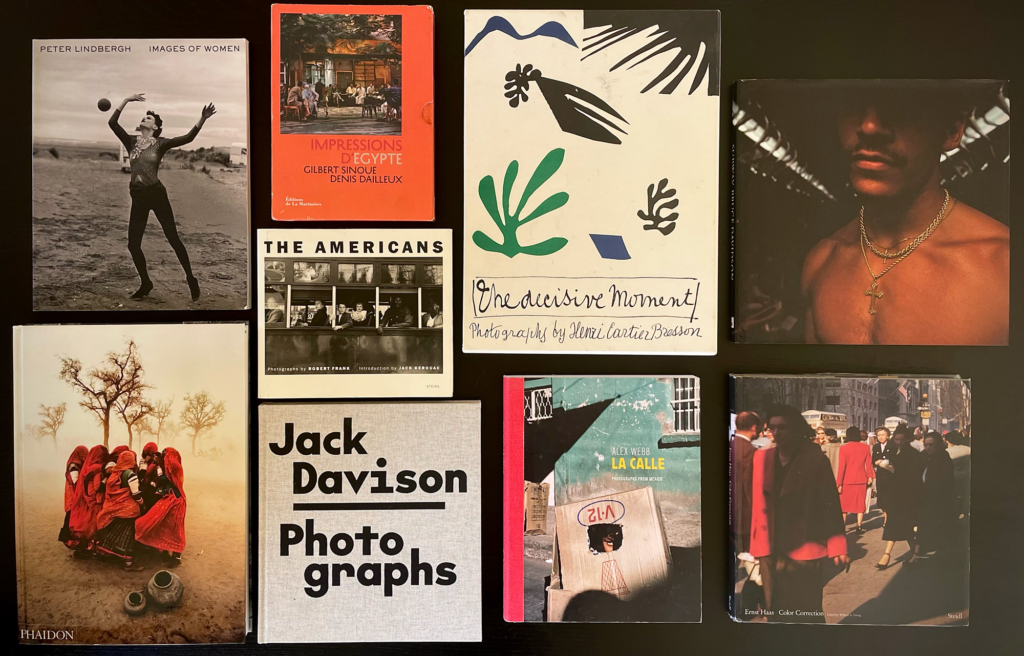
Laia Abril – ‘The Epilogue’
“giving voice to the suffering of the indirect victims, the unwilling eyewitnesses of a very painful degeneration” – Laia Abril, Burn Magazine
I chose Laia Abril’s photobook ‘The Epilogue’ to deconstruct as not only does it surround a sensitive topic, this being the story of the Robinson family after the loss of their 26-year-old daughter to Bulimia, but it also incorporates many unique techniques in order to keep the narrative consistent and detailed.
“Mother’s Day and Father’s Day are brutal holidays in our family” – Cammy’s brother
Abril works closely with the family to reconstruct Cammy’s life through memories and flashbacks to depict the second-hand implications that her family were affected by also, showing not only the absence, frustration and guilt that her family share, but to act as a memorial to her wilfulness and energy. By doing so, this photobook comes together to act as a bittersweet way of remembering a loved one.
However, this photobook has wider applications through its explorations of the dilemmas and inner conflicts that many young girls and their parents face, and by giving voice to the suffering of the family or the indirect victims of eating disorders, such as close friends, it allows their eyewitness stories to be heard to process this grief, or allowing the viewer to relate and feel seen in order to prove that they aren’t alone in their battle against it. This conveyed narrative of loss, tragedy and remembrance provides a tone of solace to the viewer through the rawness and honesty in documenting Cammy’s story.
Being quite a large photobook, Abril has multiple genres in relation to her image-making in order to depict the Robinson’s family accurately, whilst also being paired with information in a text format, including ‘testimonies’ from family members, as well as small captions describing what the image represented or what it involved.
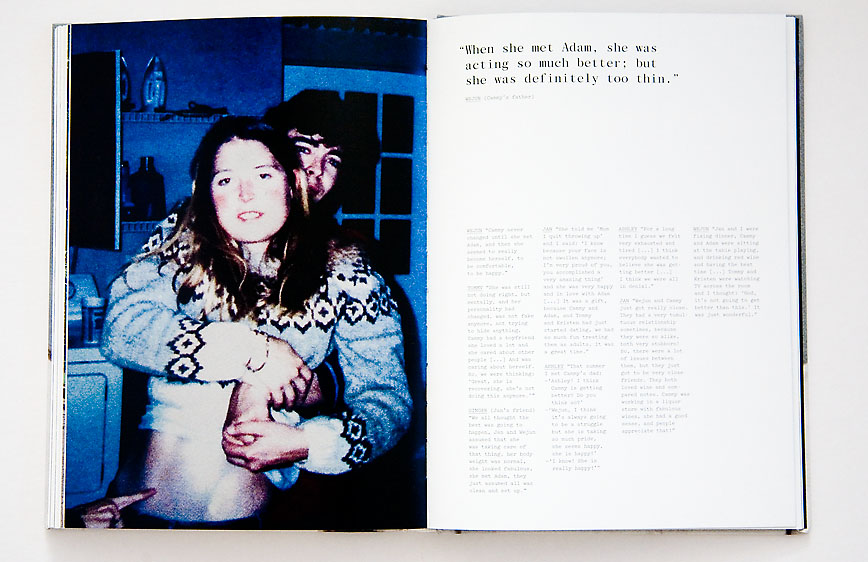
The Epilogue employs contemporary pictures, archived family images, letters, interviews, and documents in order to attempt to answer the complex question of Cammy’s identity and highlight how she was beset by psychological problems. This breaks down her life into a distressing amount of detail and picks apart the events in her life leading up to her death so that we, as the viewer, can gain a holistic perspective of her and her family dynamic.
The book begins with candid images of the Robinson family paired with more landscape images to gain an initial understanding of who this person may be and allows the viewer to have a glimpse into what Cammy’s life was like:
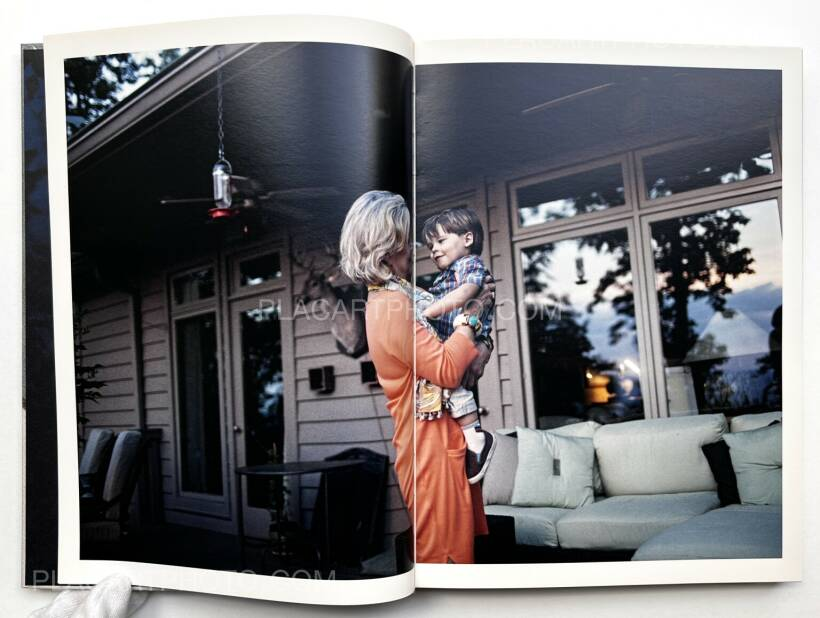
The beginning images connote love and connection, this could be suggestive not only to the bond they share in their times of remembrance and grief, but also how Cammy was surrounded by adoration from all members of her family. This could also be relative to how this story began until her Bulimia deteriorated her.
Similarly, Abril incorporates contemporary images of items too, such as strawberries or trainers in the back of the car, possibly symbolising how remnants of Cammy are everywhere, and how they feel that she is still with them.
Abril includes medical information too. Towards the beginning of the book, Cammy’s new born identification sheet is digitised, creating a familiarity between the viewer and herself. Abril also does this with what seems to be Cammy’s ECG paper (tracing her heart) as it states earlier in the book that she previously had more than one seizure in relation to her eating habits.
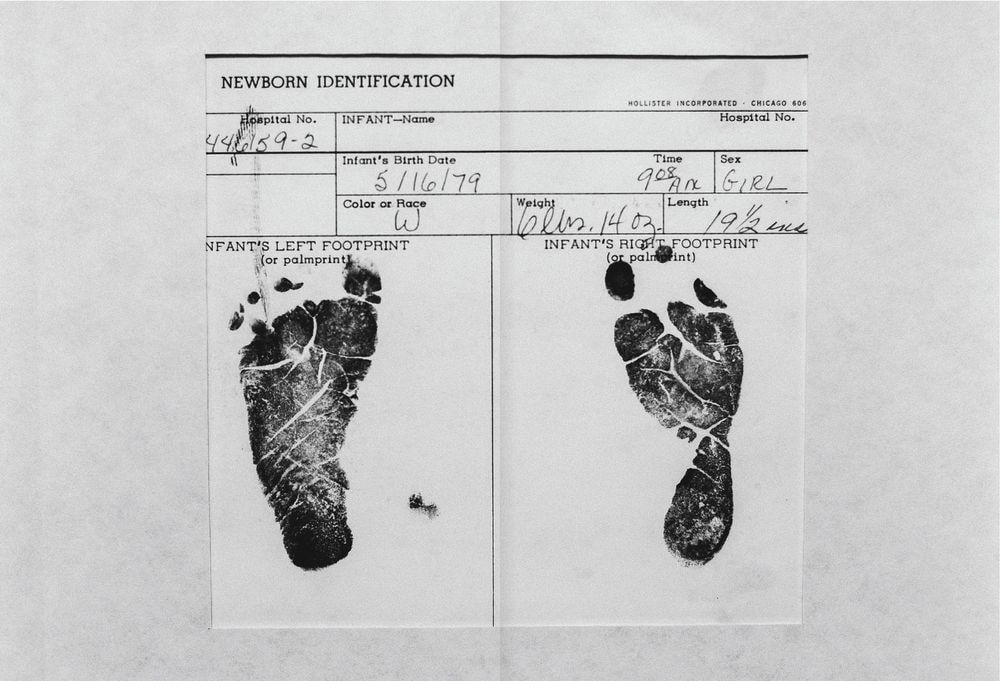
Diary entries and letters from Cammy and family members also take multiple formats in The Epilogue, either being digitised, for example:
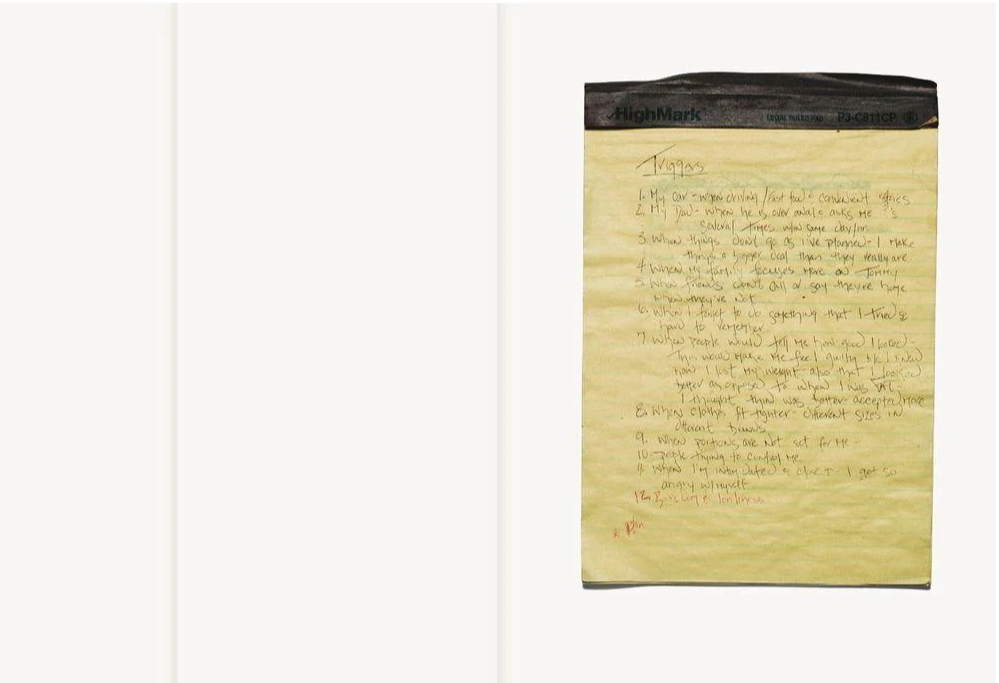
However, Abril also plants sections of these documents and data by making them look like leaflets overlaying the images that the viewer can pull out and read. I really like this aspect on Abril’s work because this creates a more physical perspective for the viewer rather than it being a singular visual narrative to make it more engaging. This could be a symbolisation of how her illness had good and bad days, explaining how her illness could spike at any given moment even in the midst of happy memories. I thought that this was extremely effective.
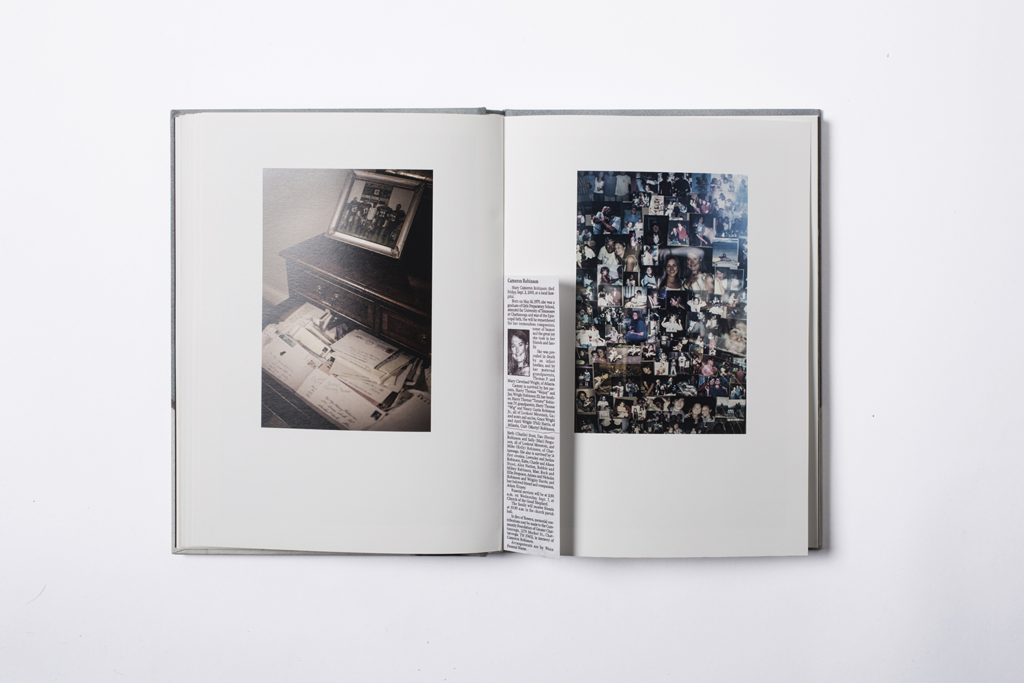

Abril also employs the use of archived images in order to be reminiscent on Cammy’s life and the moments that she felt enjoyment in order to make The Epilogue encapsulate the fluidity of emotion around this topic. Her use of various image styles and methods reinforce this idea, and this allows Abril to rehearse the story of the Robinson’s family overall to really assess what the situation was like and how this impacted all members.
With the image below, its clear to see that Abril uses a multitude of formats when layering her images too. This includes:
- Double page spreads,
- Single page,
- Half page spreads,
Abril also would play alternate with the sizing and placement of the images, sometimes making the image look as if it came from a polaroid, in contrast to placing the image just off-centre.
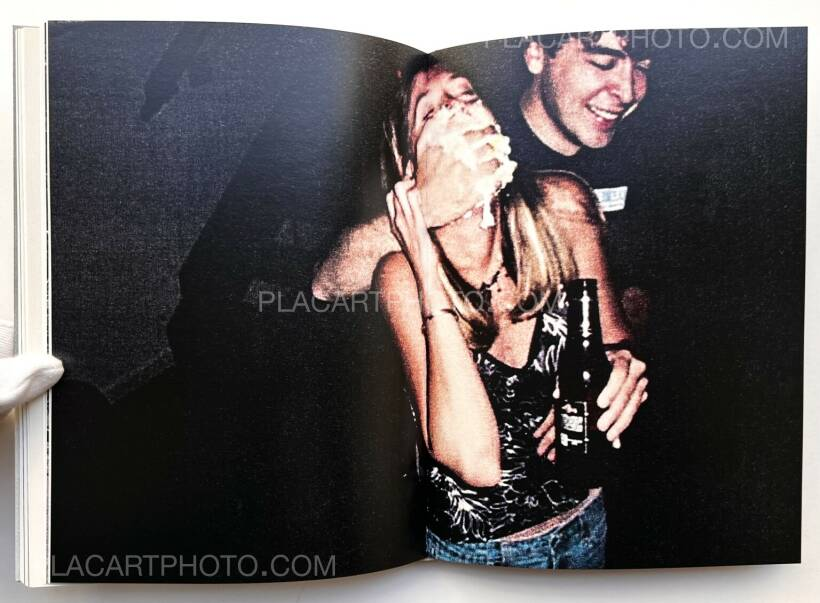
Laia Abril:
Abril’s work in photography is heavily affiliated with themes of bio-politics, grief and women’s rights. Abril pushes the boundaries from looking into the failing structures of law that continue to perpetuate rape culture, to the impacts of abortion control in varying cultures, leading to her various projects surrounding the impacts of eating disorders – Thinspiration, for example, being a self-published zine that challenges the use of photography in pro-ana websites (websites which use the promotion of behaviours that influence anorexia nervosa).
Her bodies of work strive to advocate for inequalities, specifically more feminist matters, which are able to act as forms of activism for the female community, and give those less fortunate a voice. I feel that with The Epilogue, Abril is striving to speak out to young girls who may be struggling with body image or an eating disorder themselves, and strives to assure them that they are not alone. This also provides solace to parents or families who may have a young daughter who struggles with an eating disorder or recovering from one, so that they can hear the Robinson’s story and use this to find peace within their possible own grief. Eating disorders are a sensitive issue and I feel that Abril intended to show the harsh reality behind them in order to spread this awareness, and could possibly be used to create preventative methods against them through the spread of awareness.
The Epilogue “… is a sombre and affecting photobook … dense and rewarding … At times, it makes for a painful read. From time to time, I had to put it down, take a breather. But I kept going back.” – The Guardian, Critic Sean O’Hagan
The Epilogue has received numerous awards, some of these being:
- In 2014, The Epilogue was shortlisted as First PhotoBook award in the Paris Photo-Aperture Foundation PhotoBook Awards
- The Hood Medal of the Royal Photographic Society
- In 2023, the Spanish National Photography Prize
- The PhotoEspaña Best Book Award
- The PhotoBook festival in Kassel
Narrative, Design, Concept:
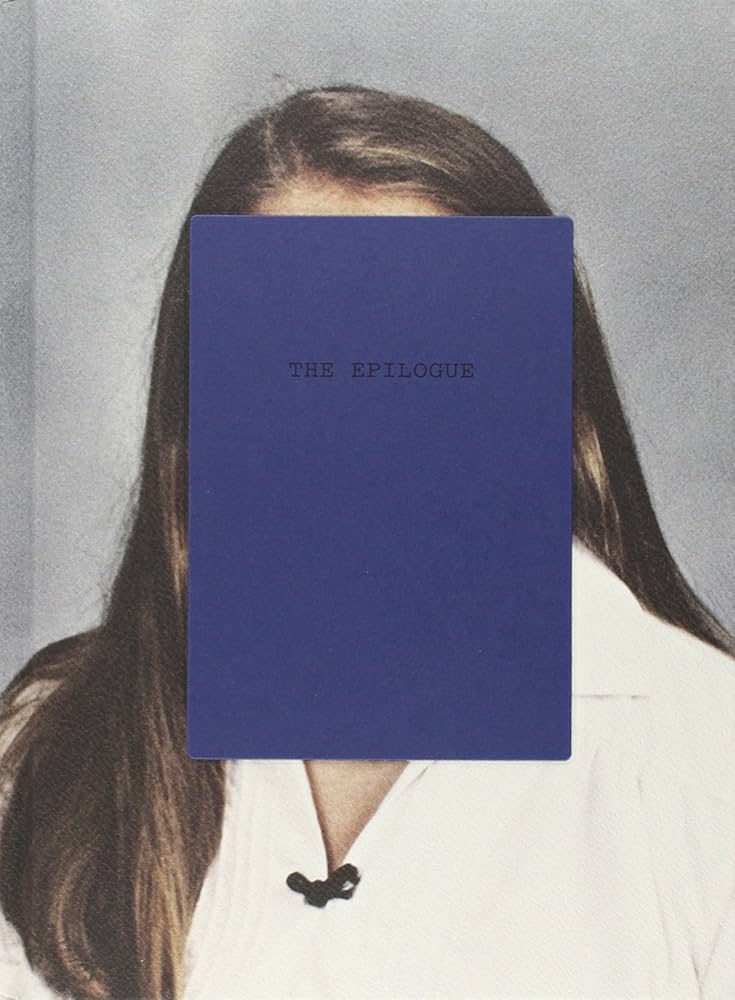
The term ‘Epilogue’ actually means a final or concluding act or event, usually a section at the end of a book or play that serves as a comment or conclusion on what has happened. I find that this being paired with a graphic rectangle over can be assumed to be Cammy’s face is very powerful as it secretly hints at her death without giving away any specifics until further into the photobook. I find that this could be metaphorical for how different she became, as eating disorders do not change just a person’s body but their attitude, personality and mindset too. Although the title is literal, I find it quite poetic too as this is concluding what happened to Cammy until the end of her life, resonating with the ending of the book. The weight of the book goes hand-in-hand with the title too as it tacitly hints at the dark and heavy subject matter that Abril is representing.
The beginning and last pages have an ominous blue tonality to them, appearing to be leaves against a wall at night-time. This adds to the solemnity that the front cover inhabits, preparing the viewer for this dark story. The photobook has a hard cover that has been printed on, however the graphic section of blue is slightly raised in an embossed way. This is where the design is raised up from the surrounding material. Within the book, this also consists of three chapters categorised into dates so that there is a progression of her illness at three intervals. All of the pages are kept white and portrait, however some images have been enlarged so that Abril could have pages which fold over so that it is interactive.
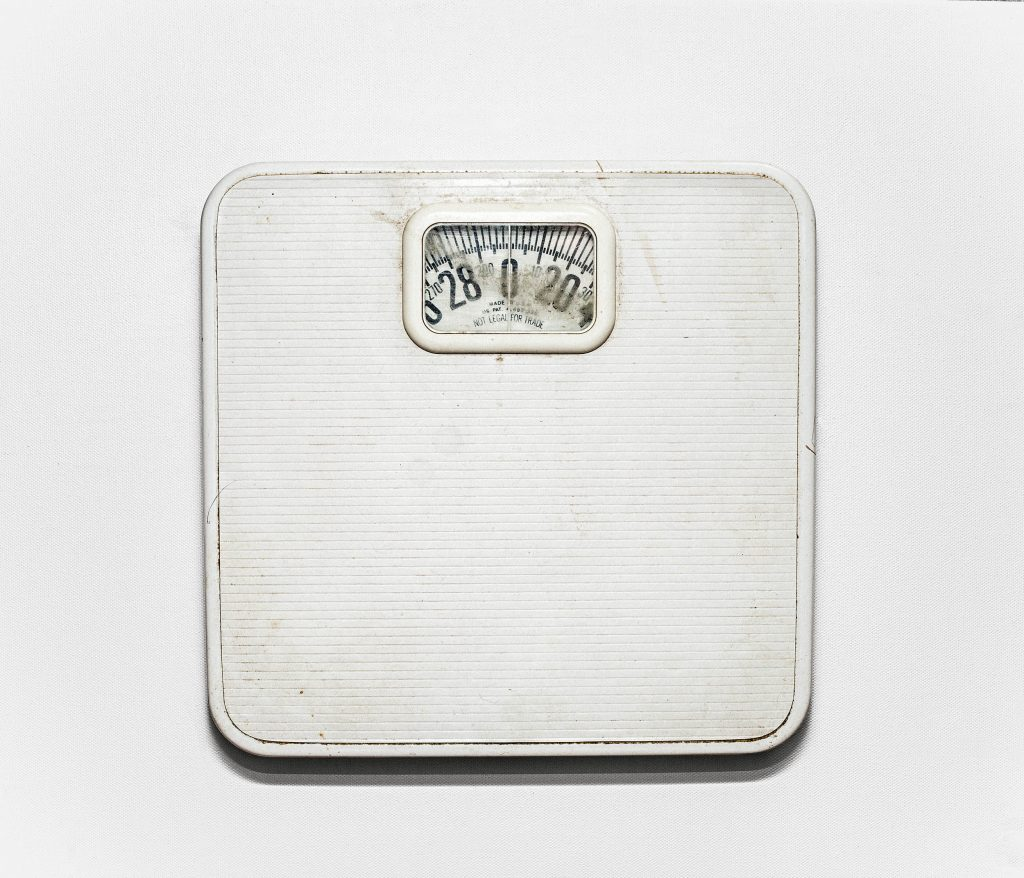
Whilst all the different types of images that Laia Abril employs in this photobook, the image of the scales above is the most defining image of the photobook. This image is extremely powerful, being that it would have been used by Cammy when tracking her weight. The swift in tonality between the scales themselves and the white background creates an ominous tone that can be echoed throughout the rest of the photobook with support from Abril’s other images, adding a ghostly effect to the scales themselves. In my work, I would like to be able to use this idea of having a defining image in my photobook, because Abril has been able to use this to solidify and verify the narrative that the other images were implicitly hinting at. Images like these can tend to pause the viewer so that they can take time to really connect with the context of the narrative and think about the deep conceptual meaning behind it.

